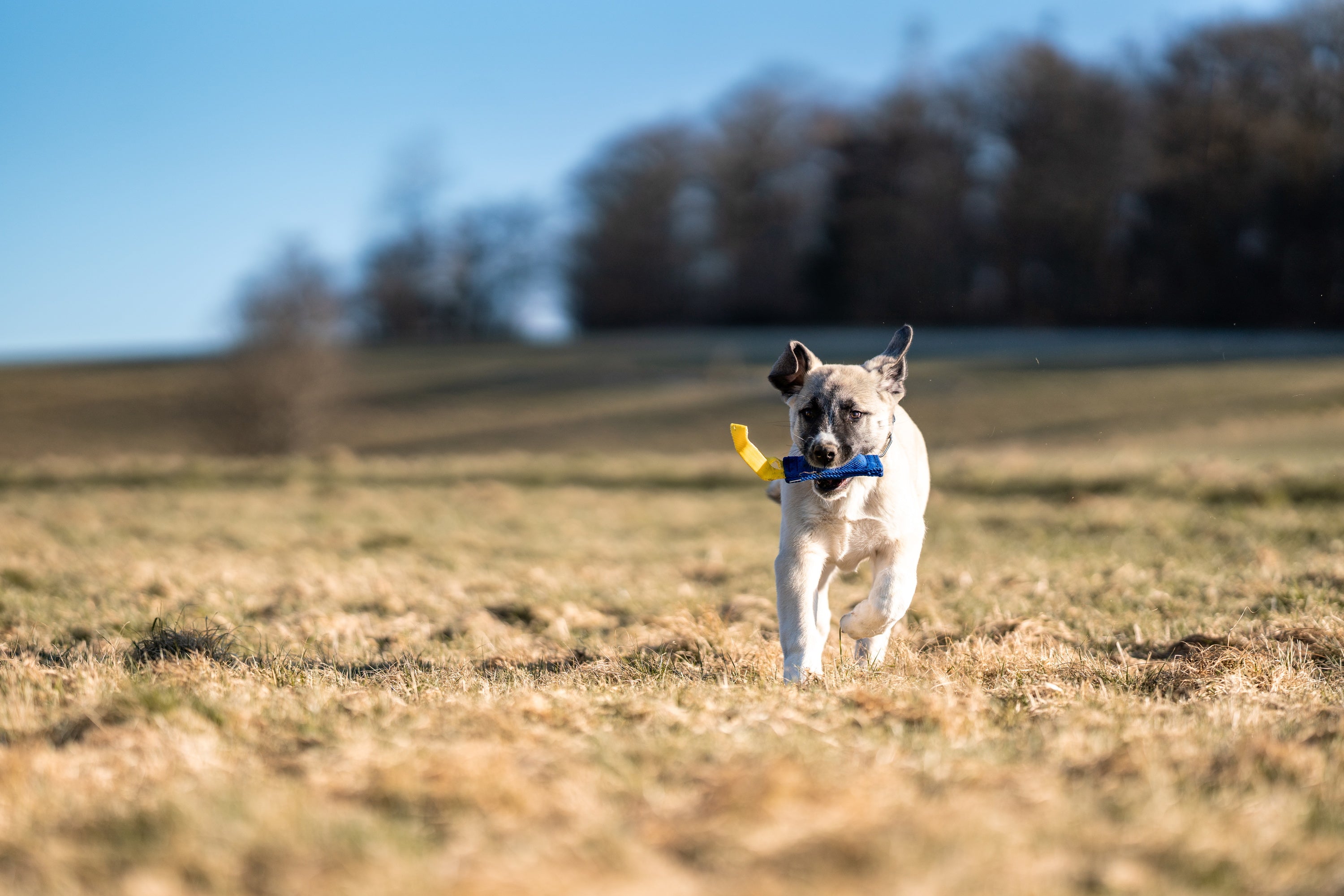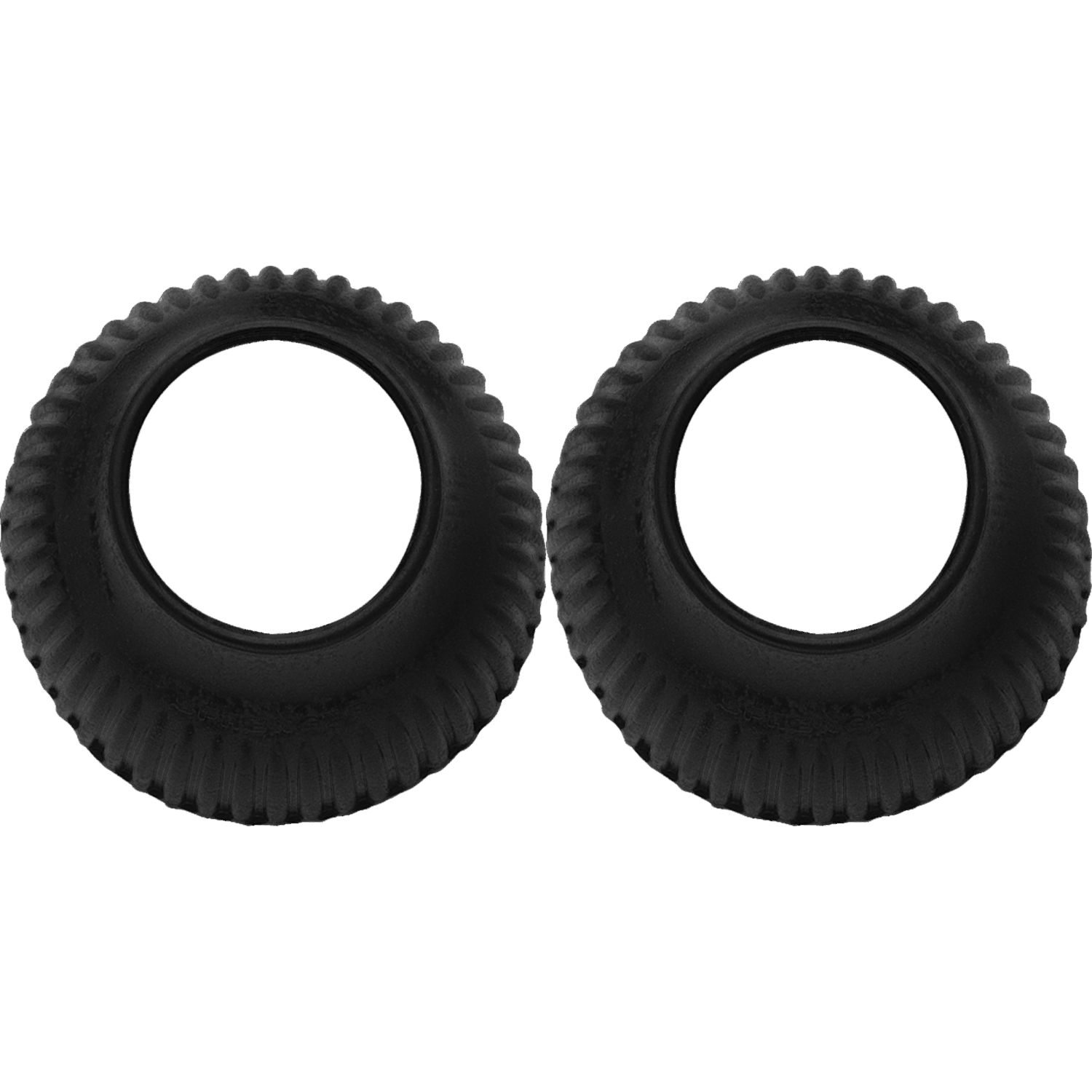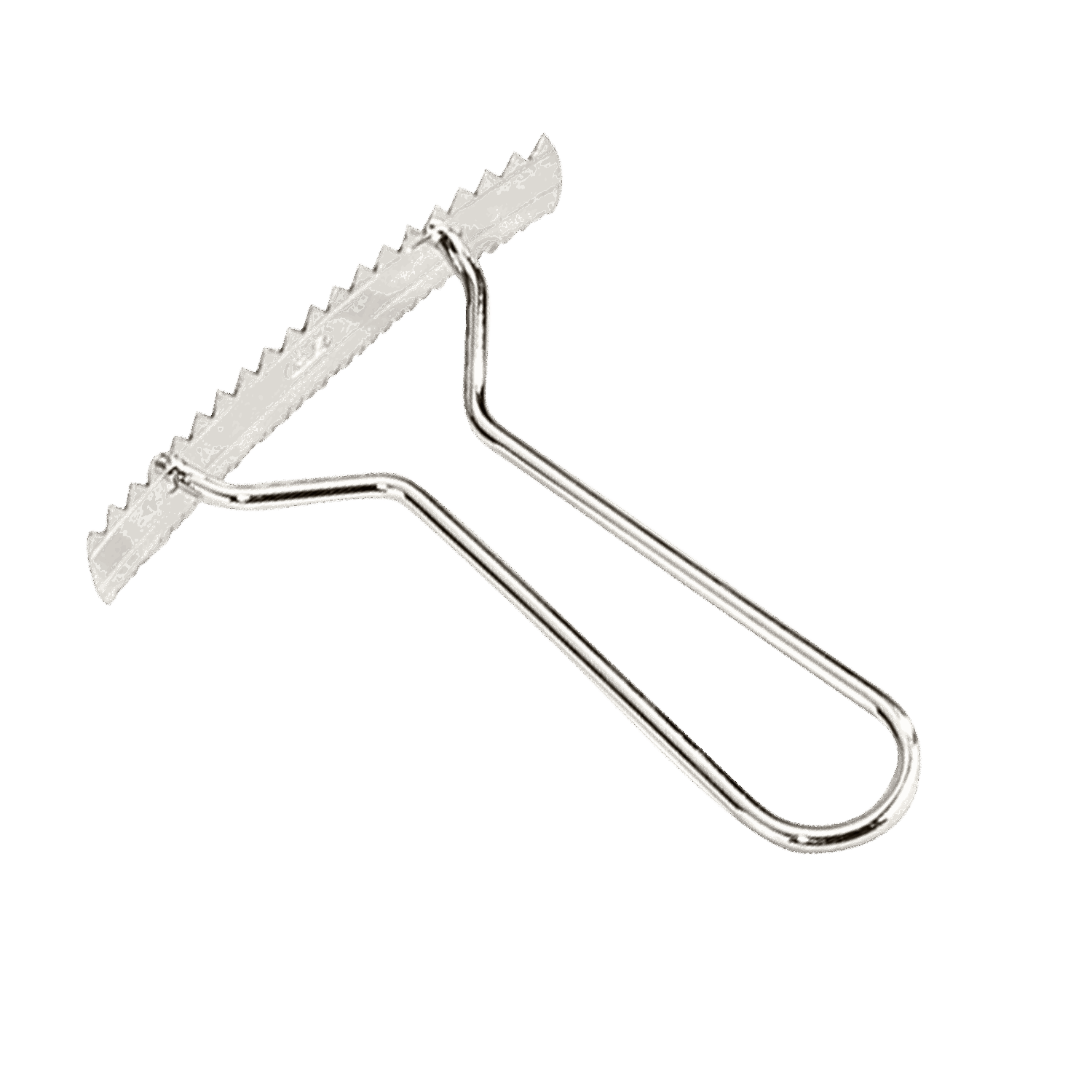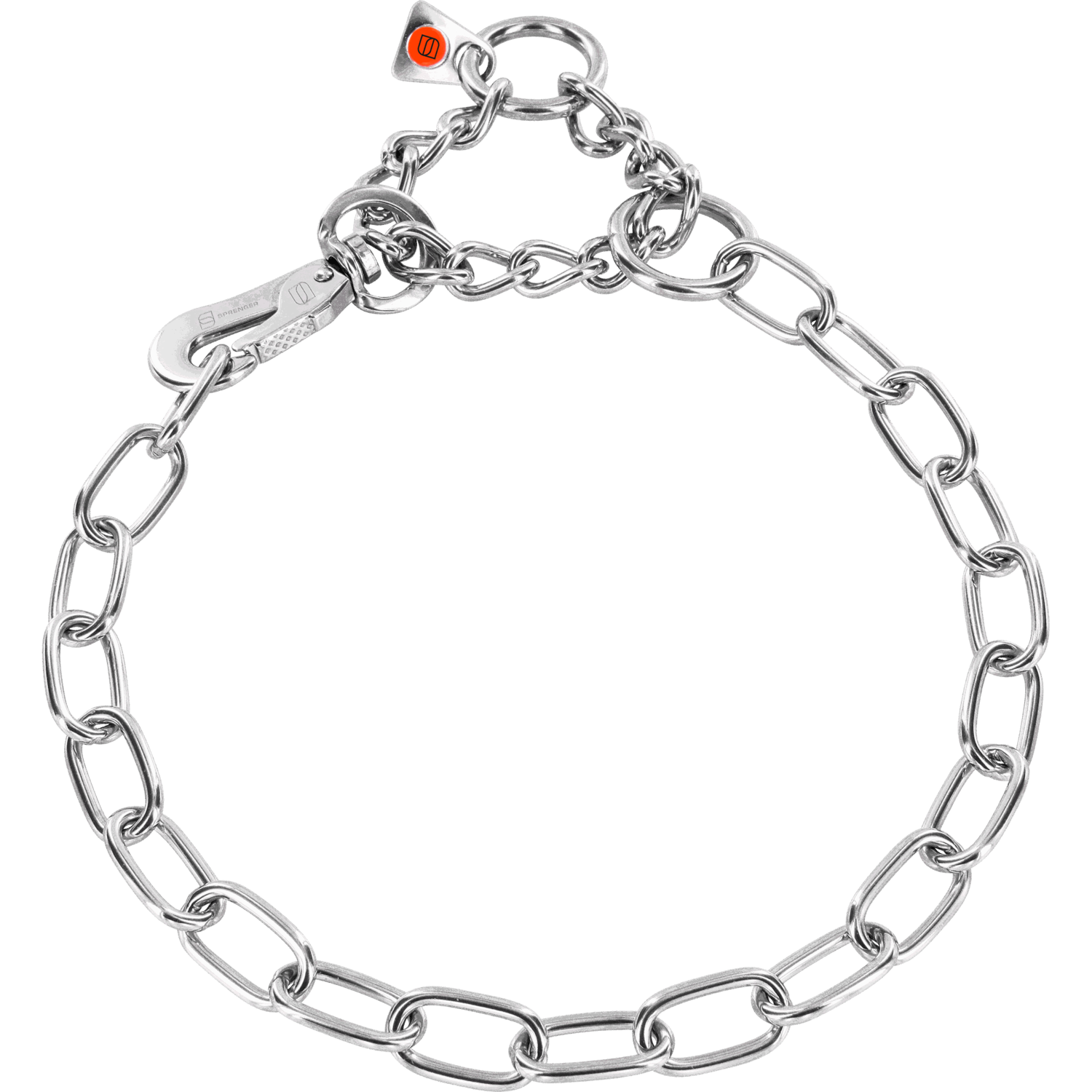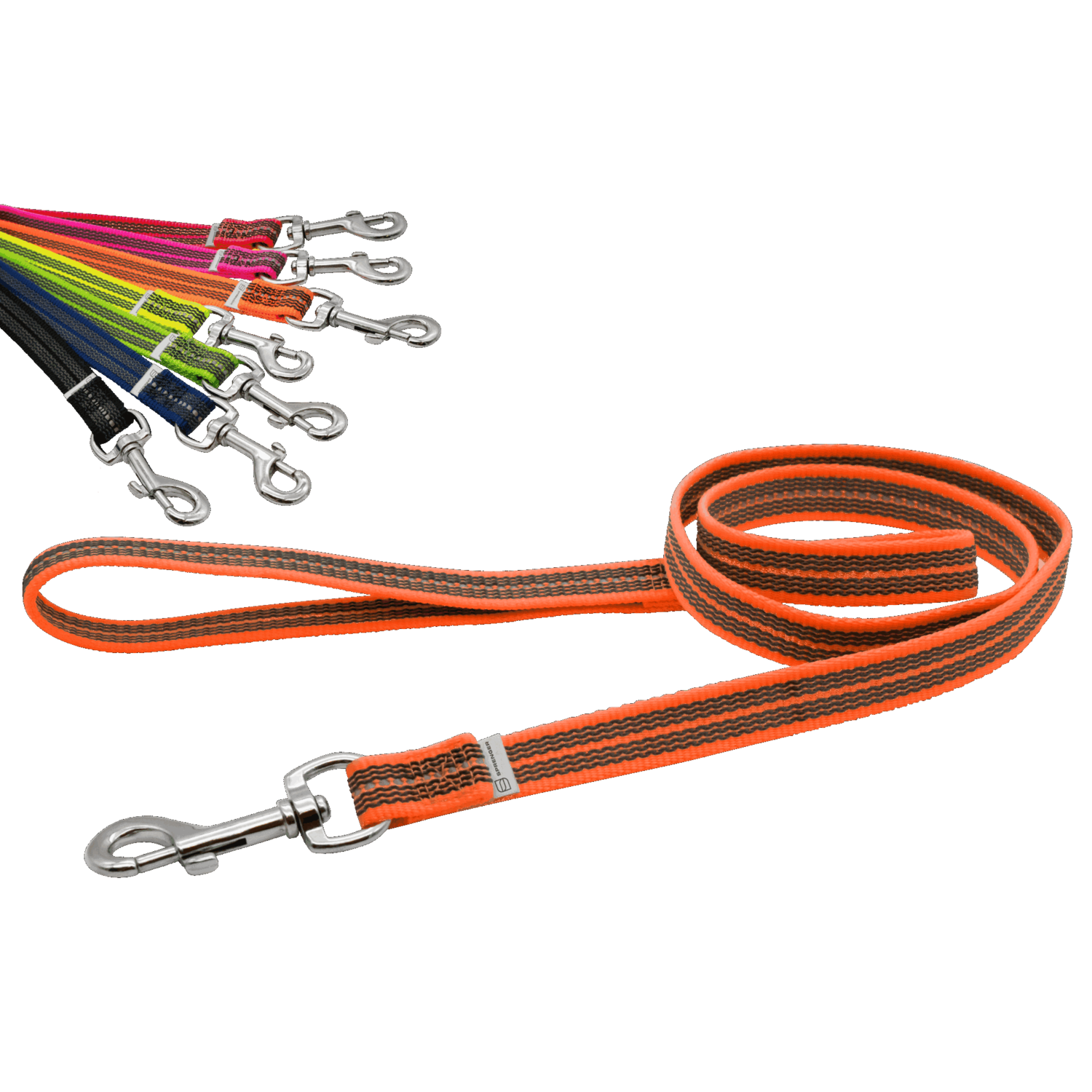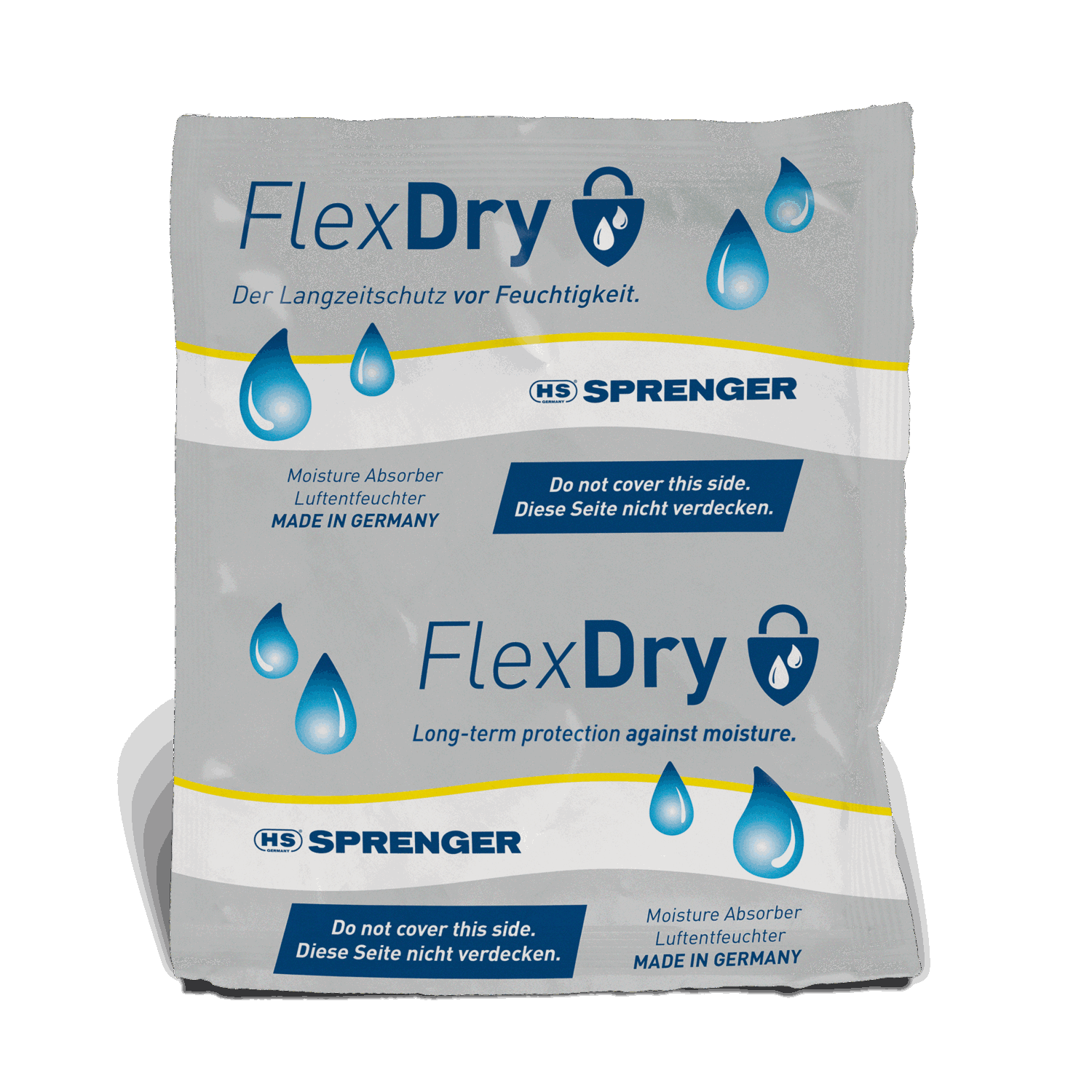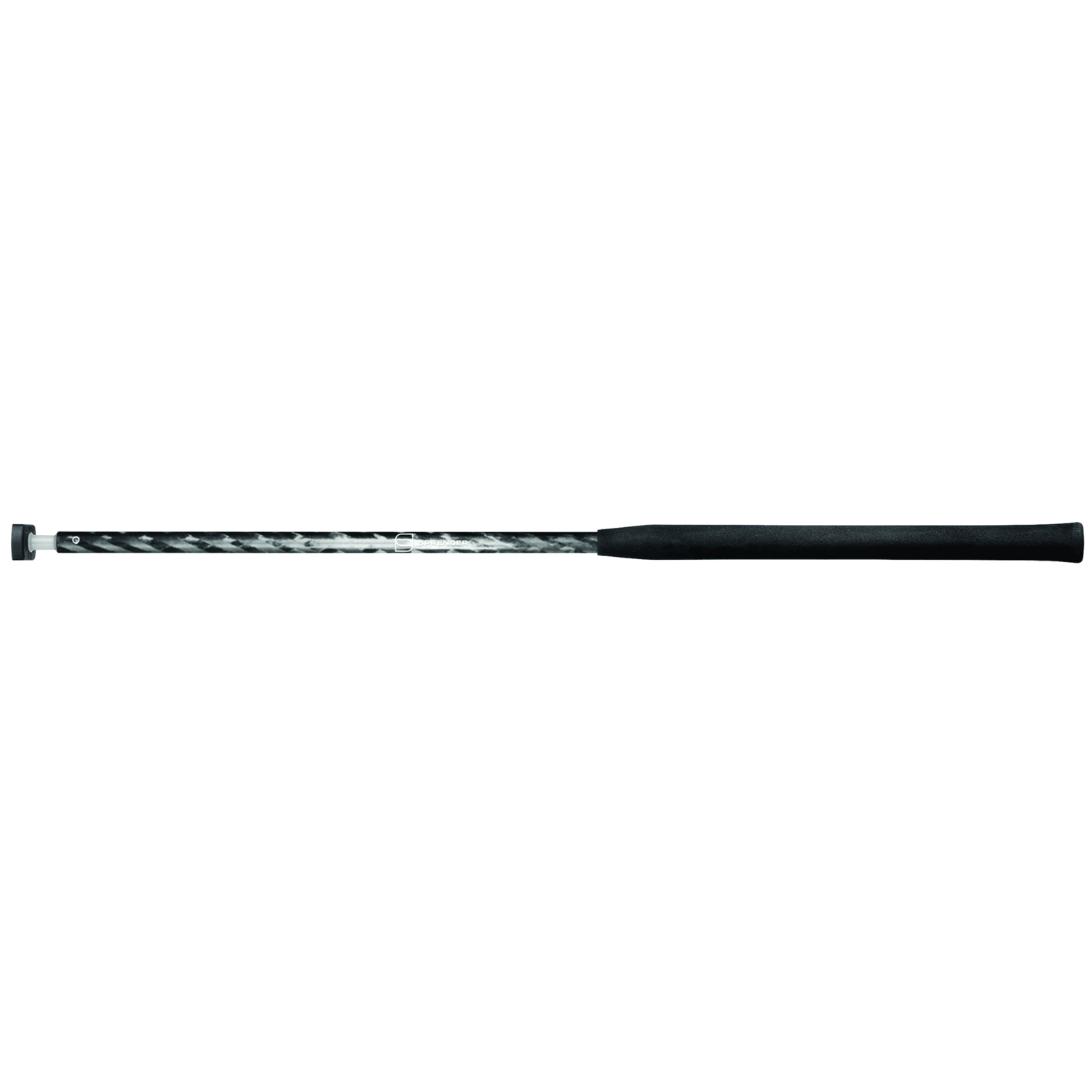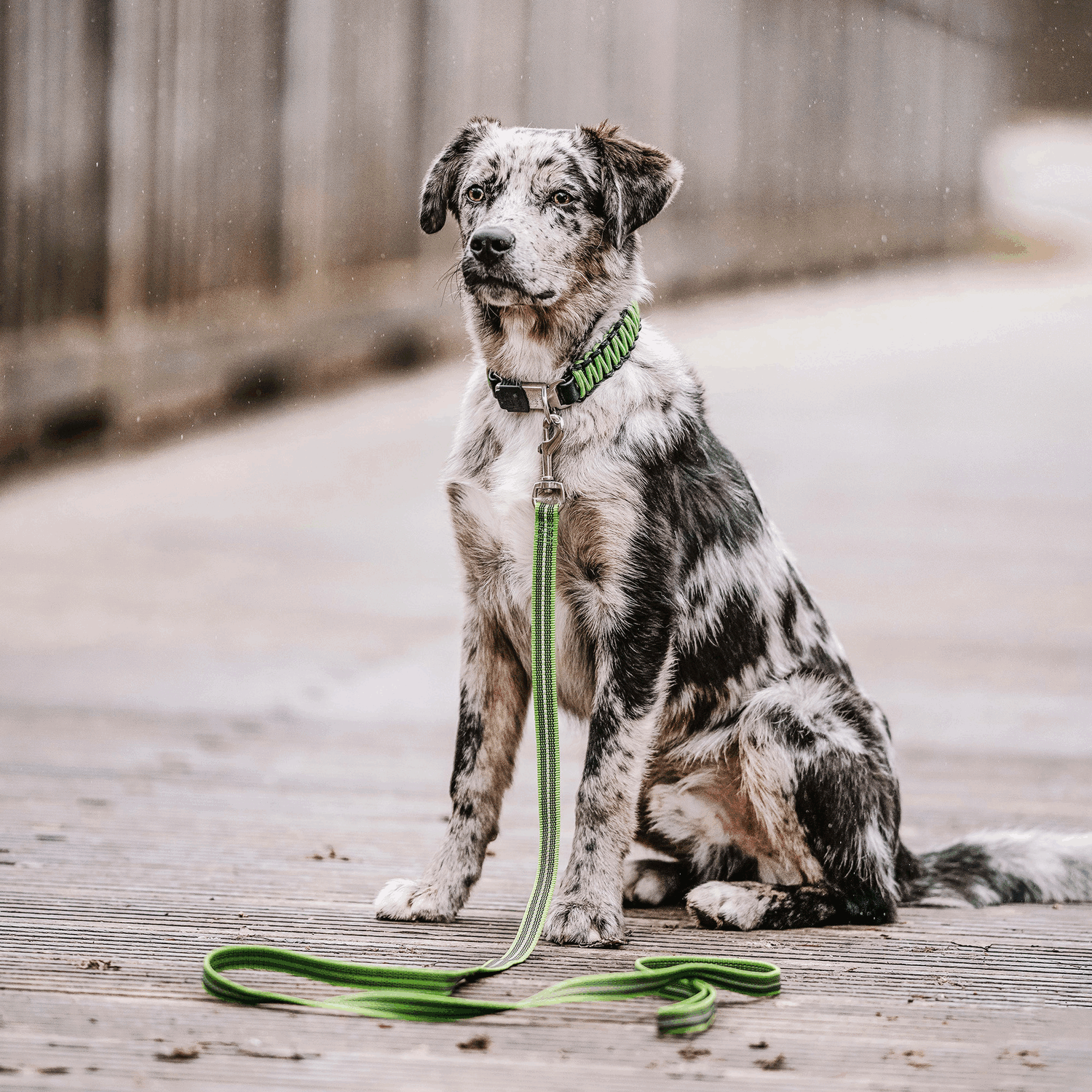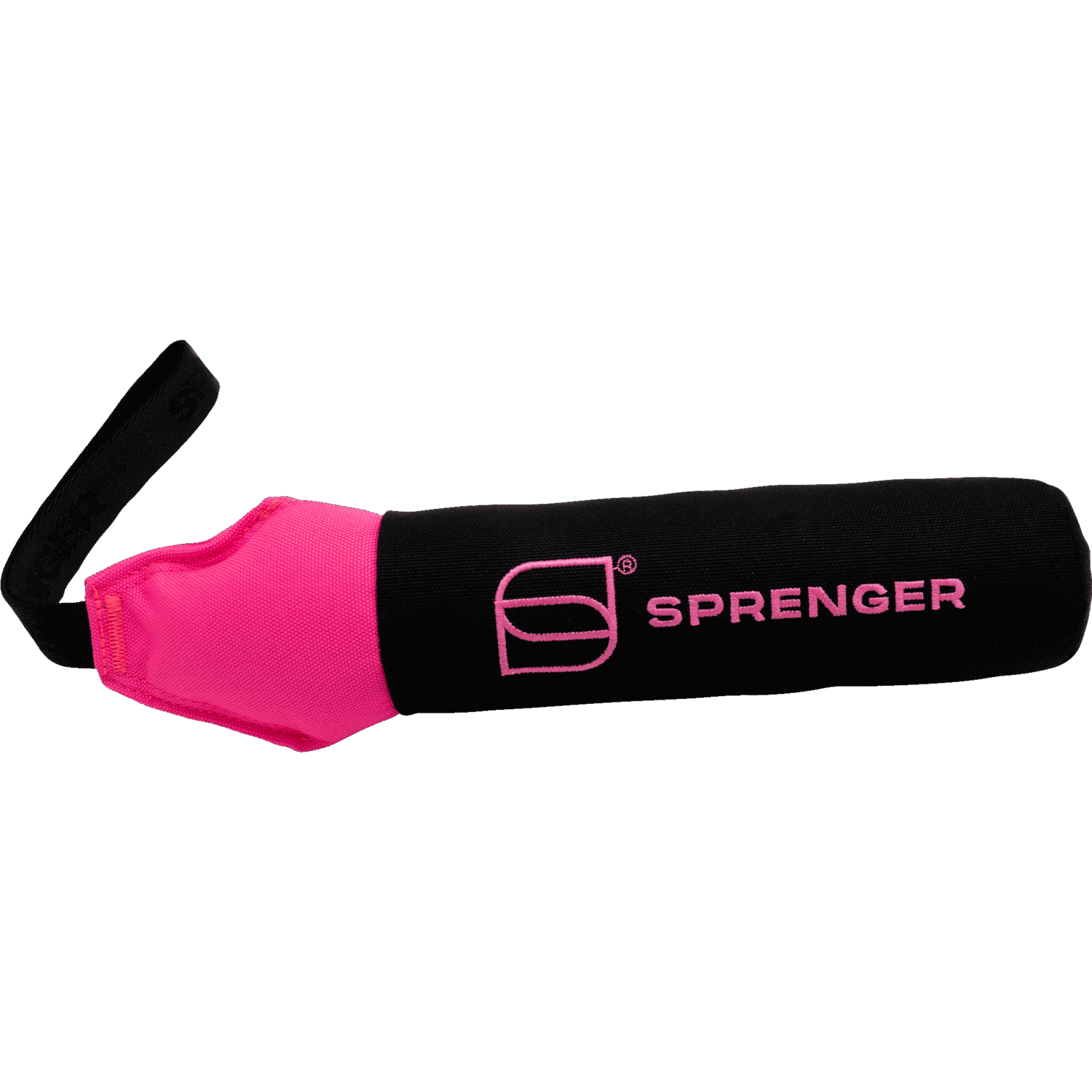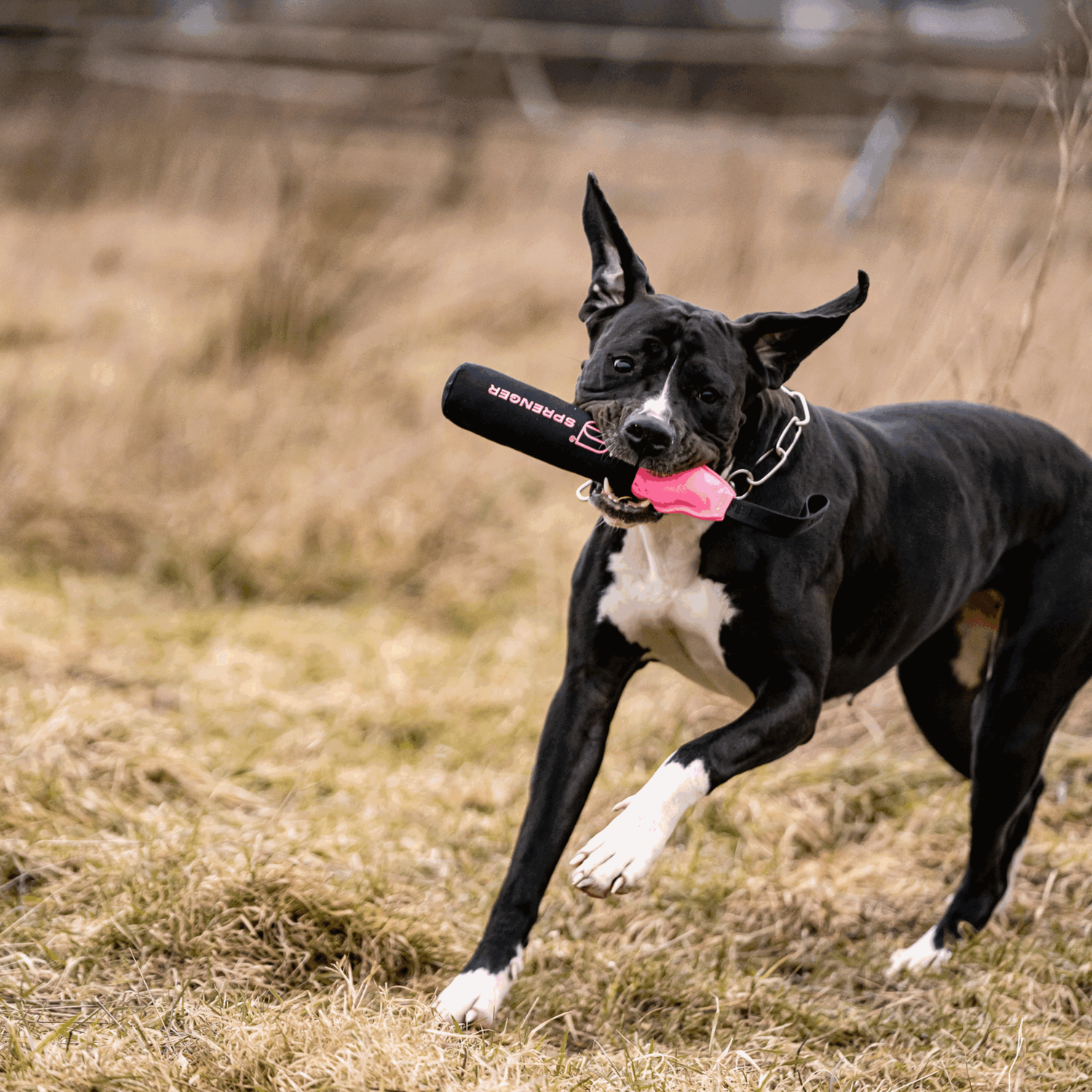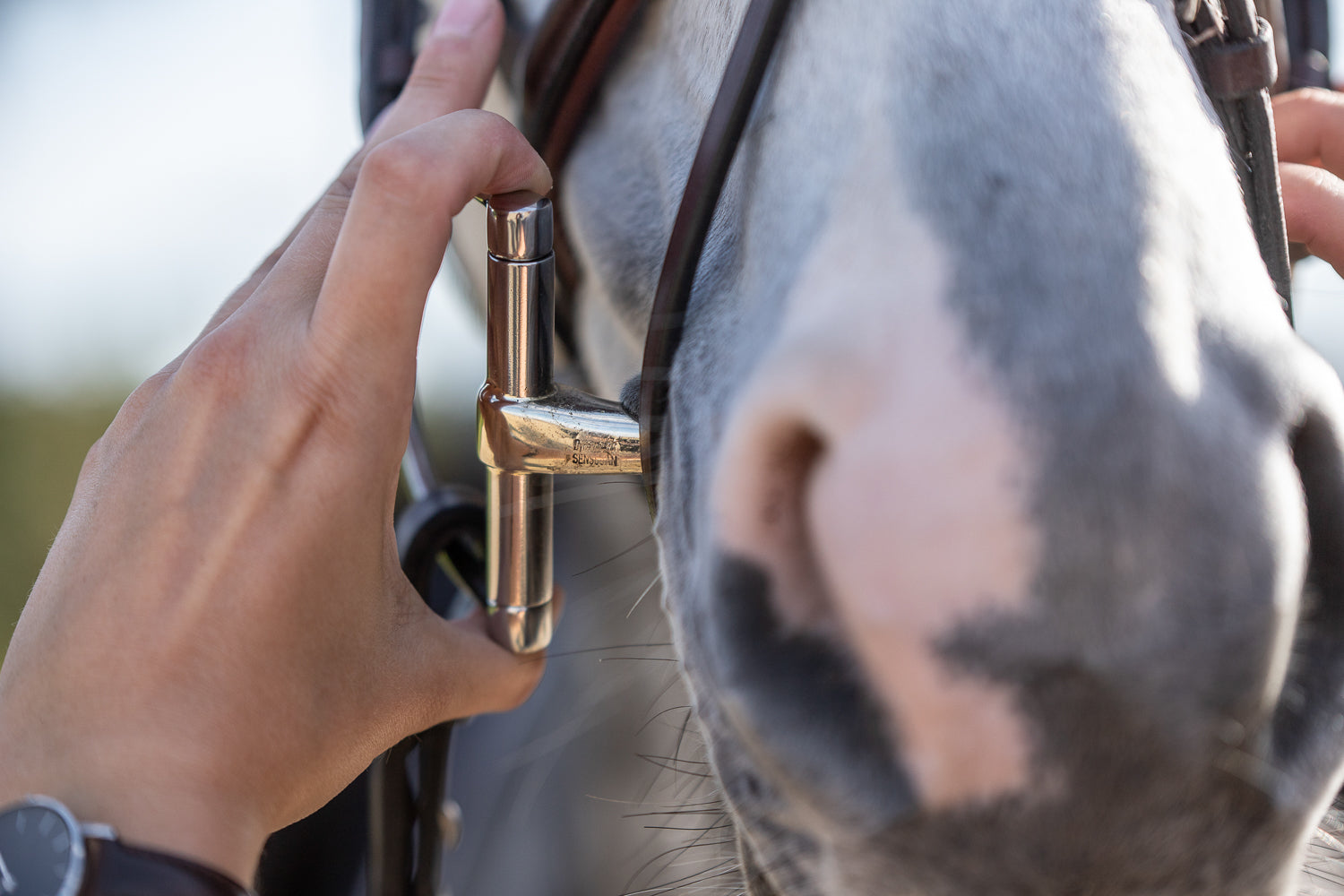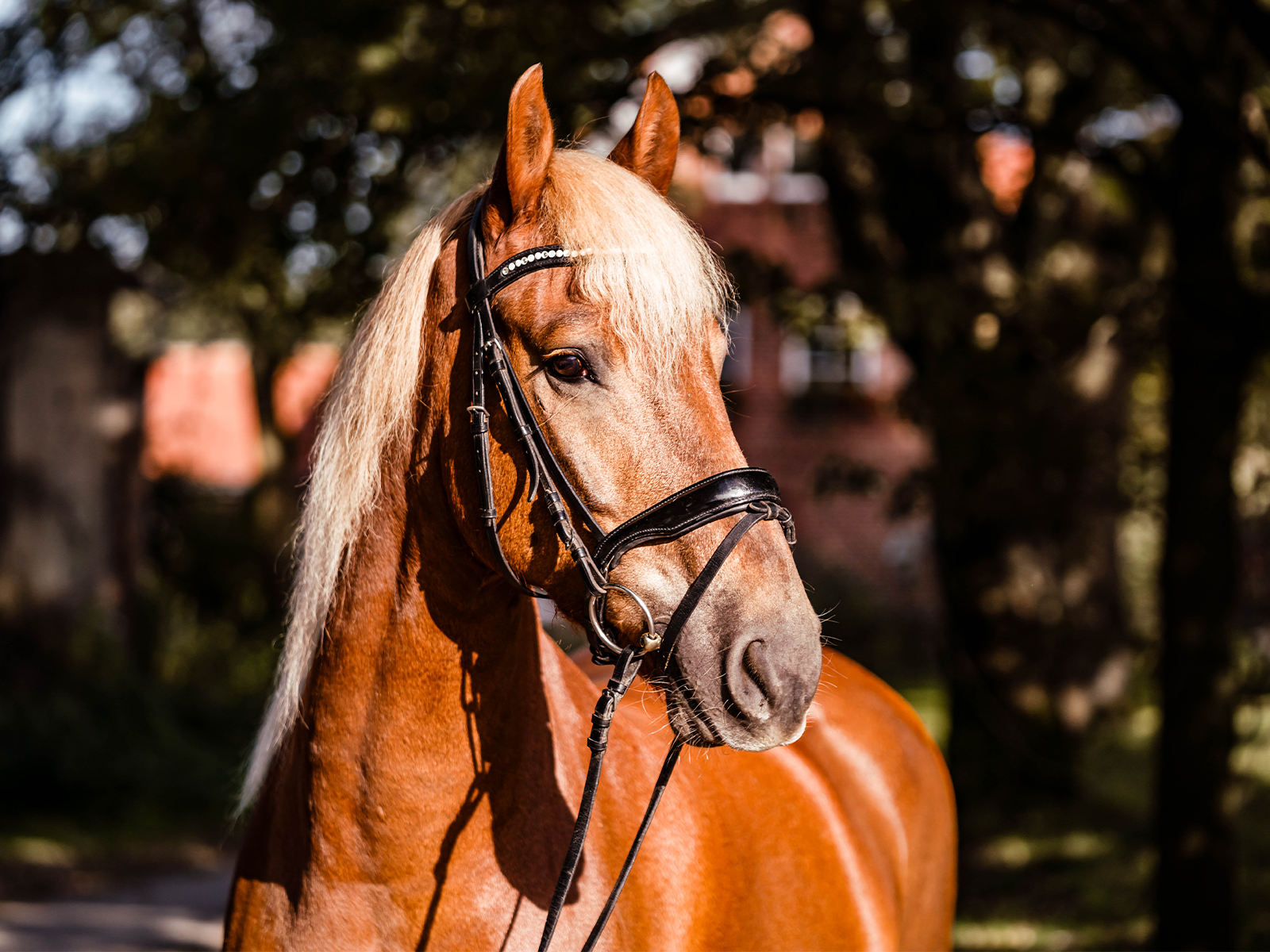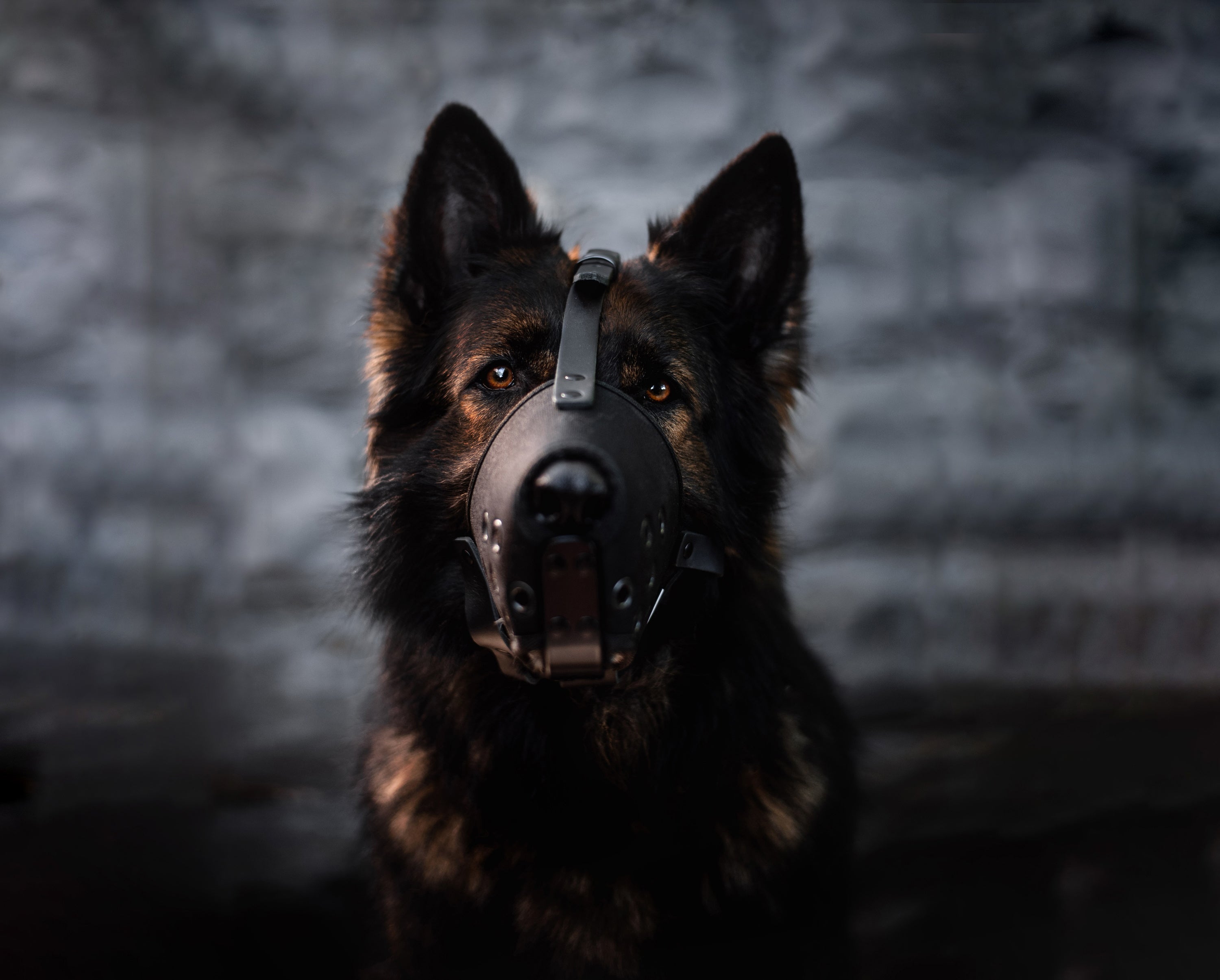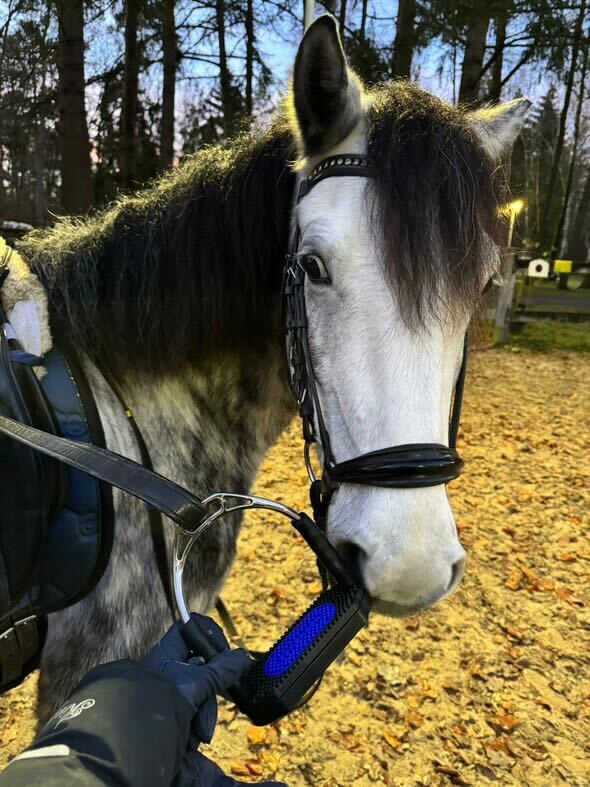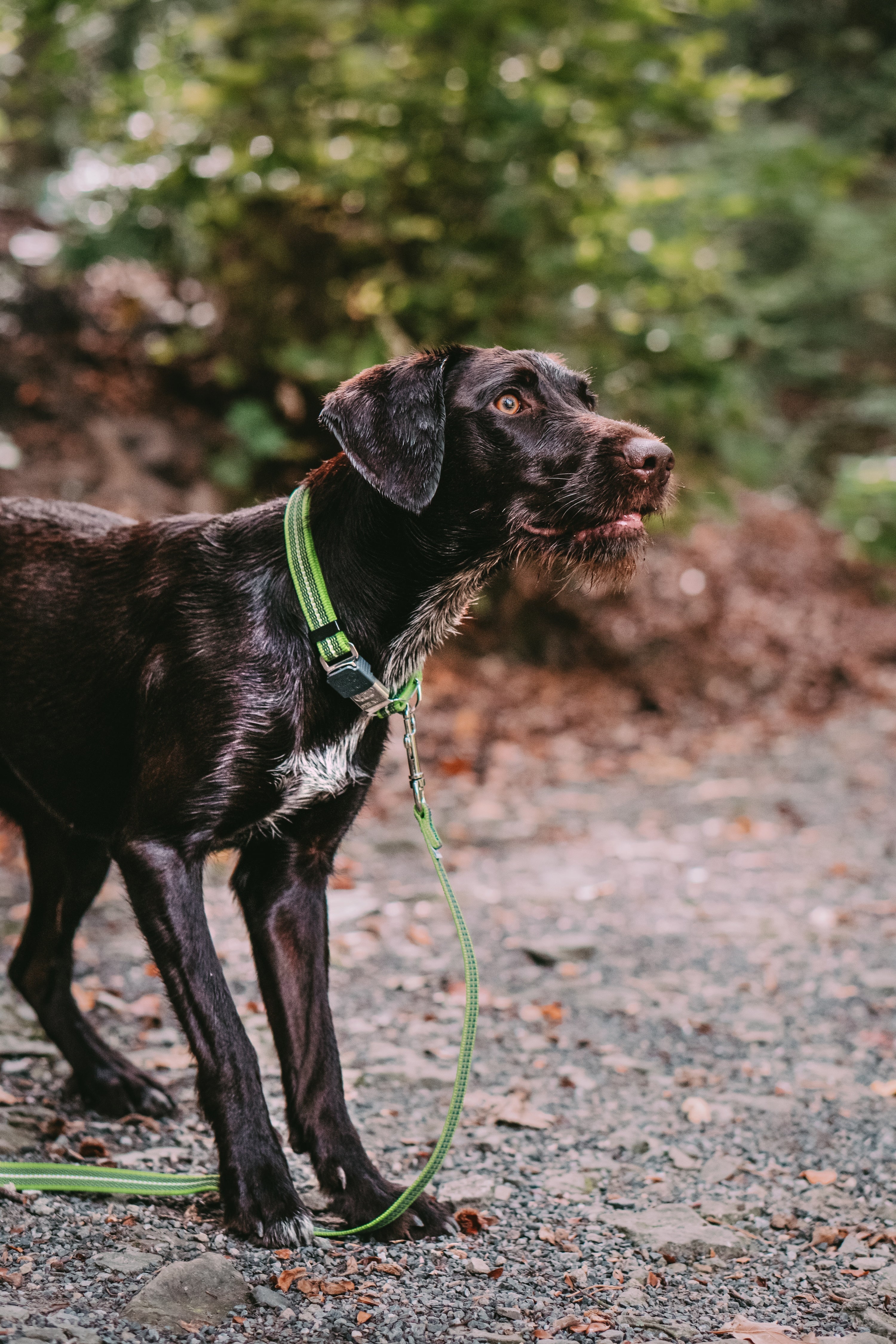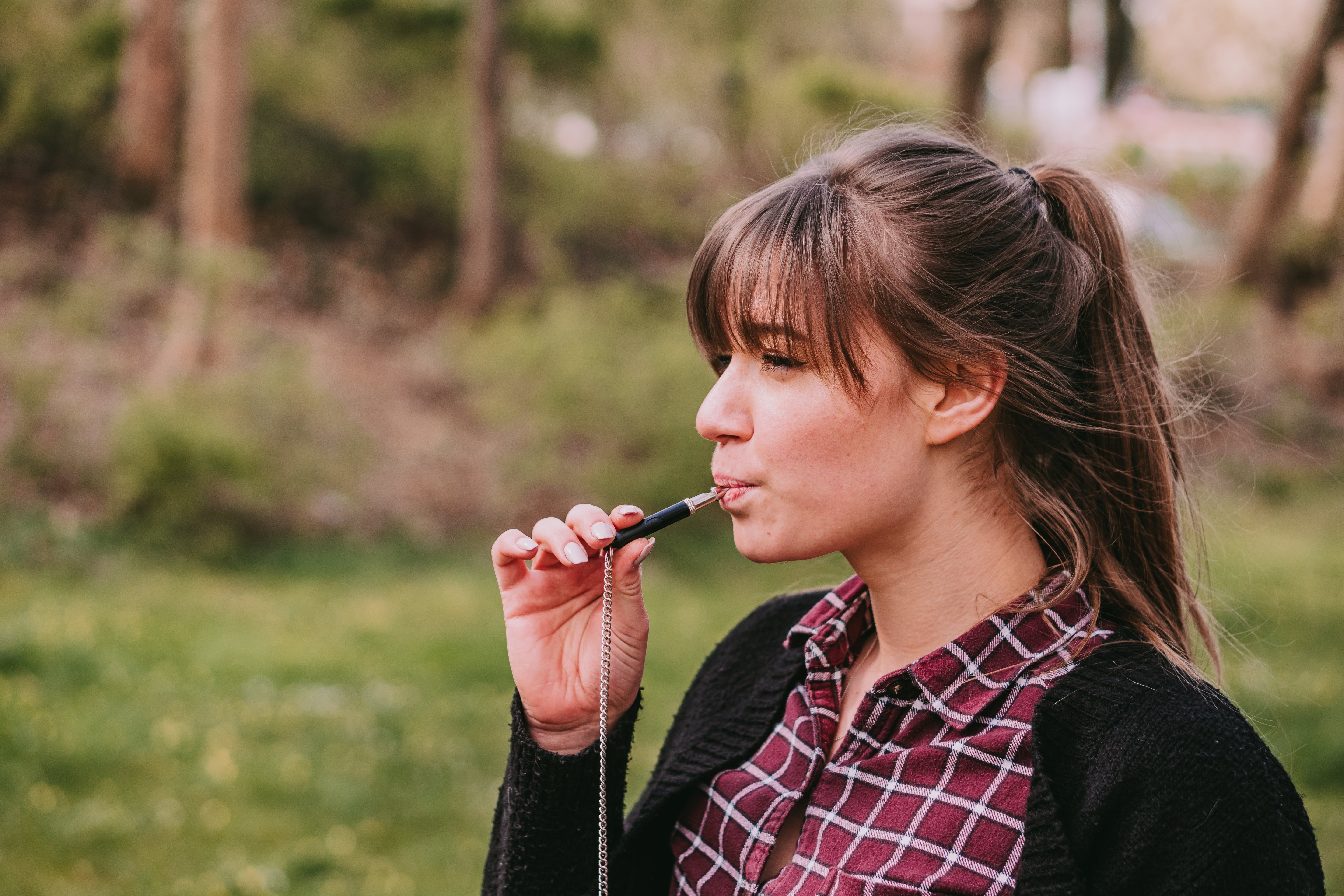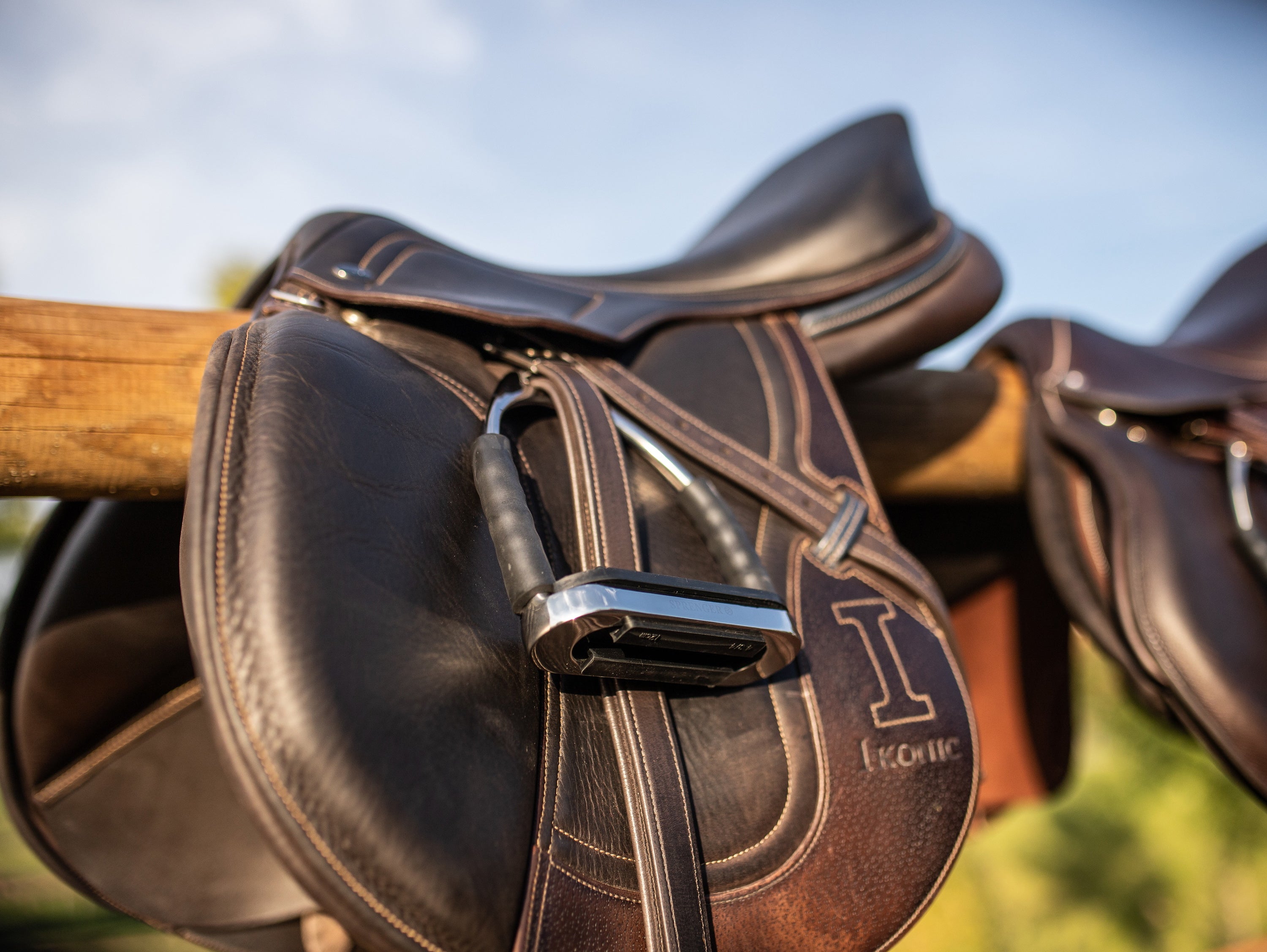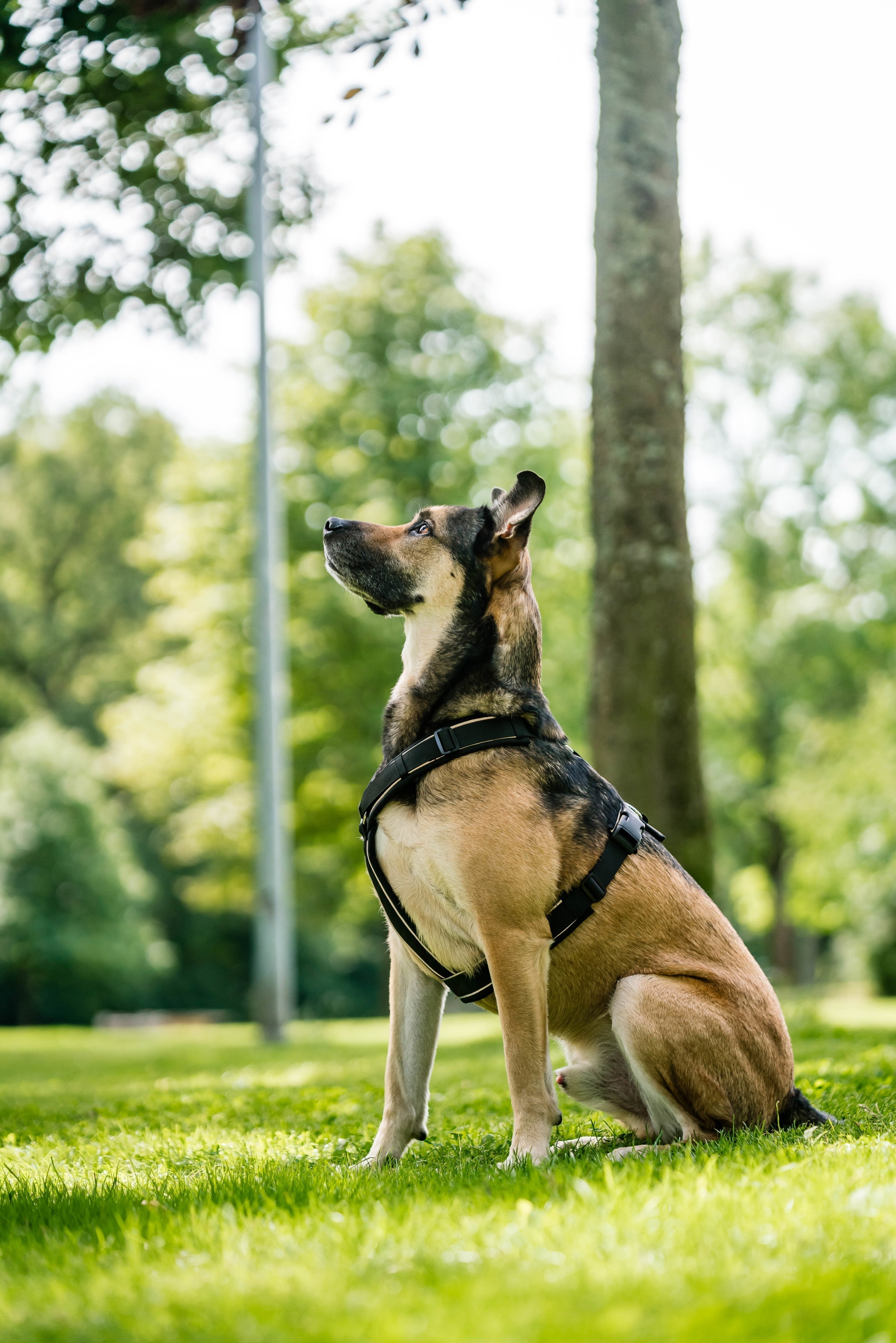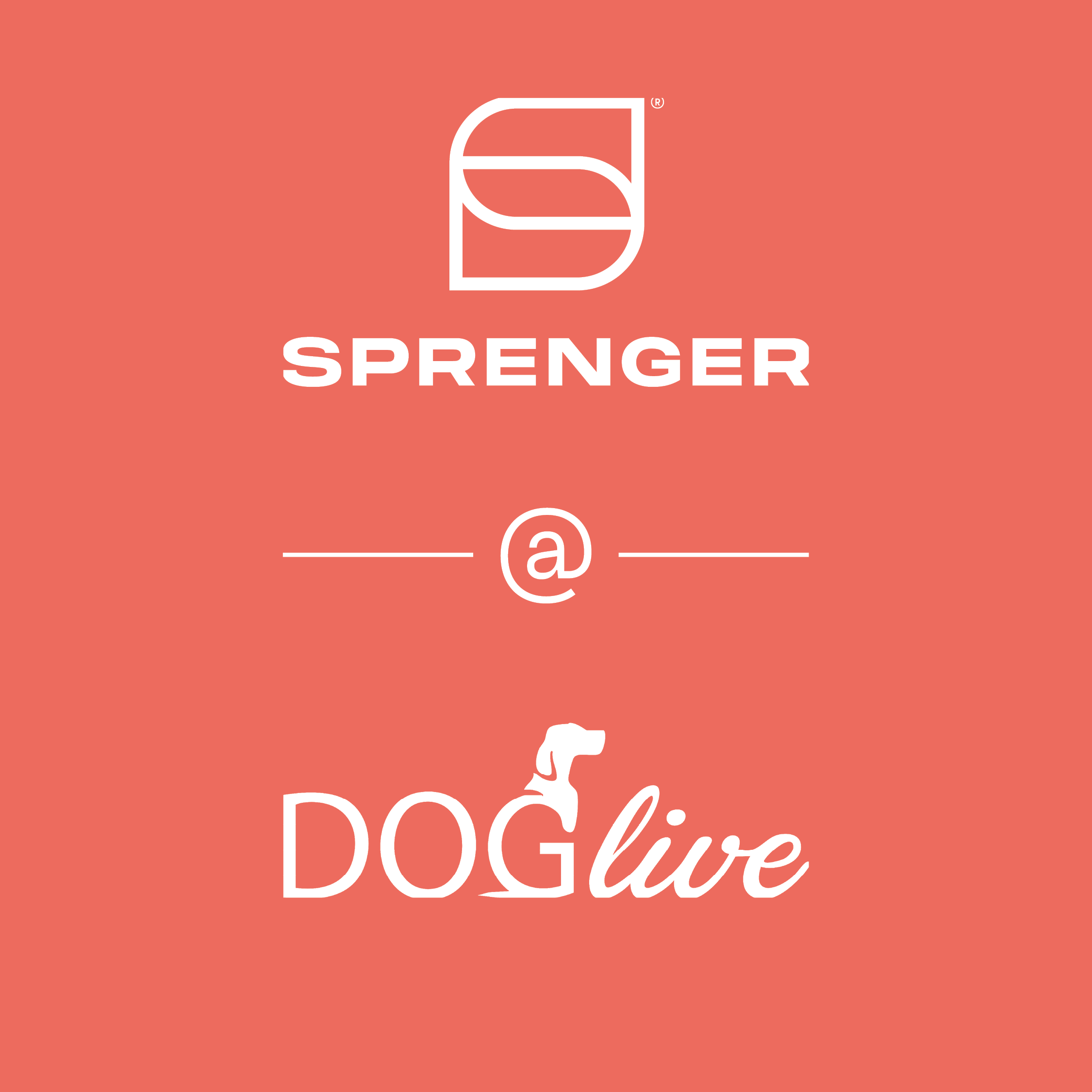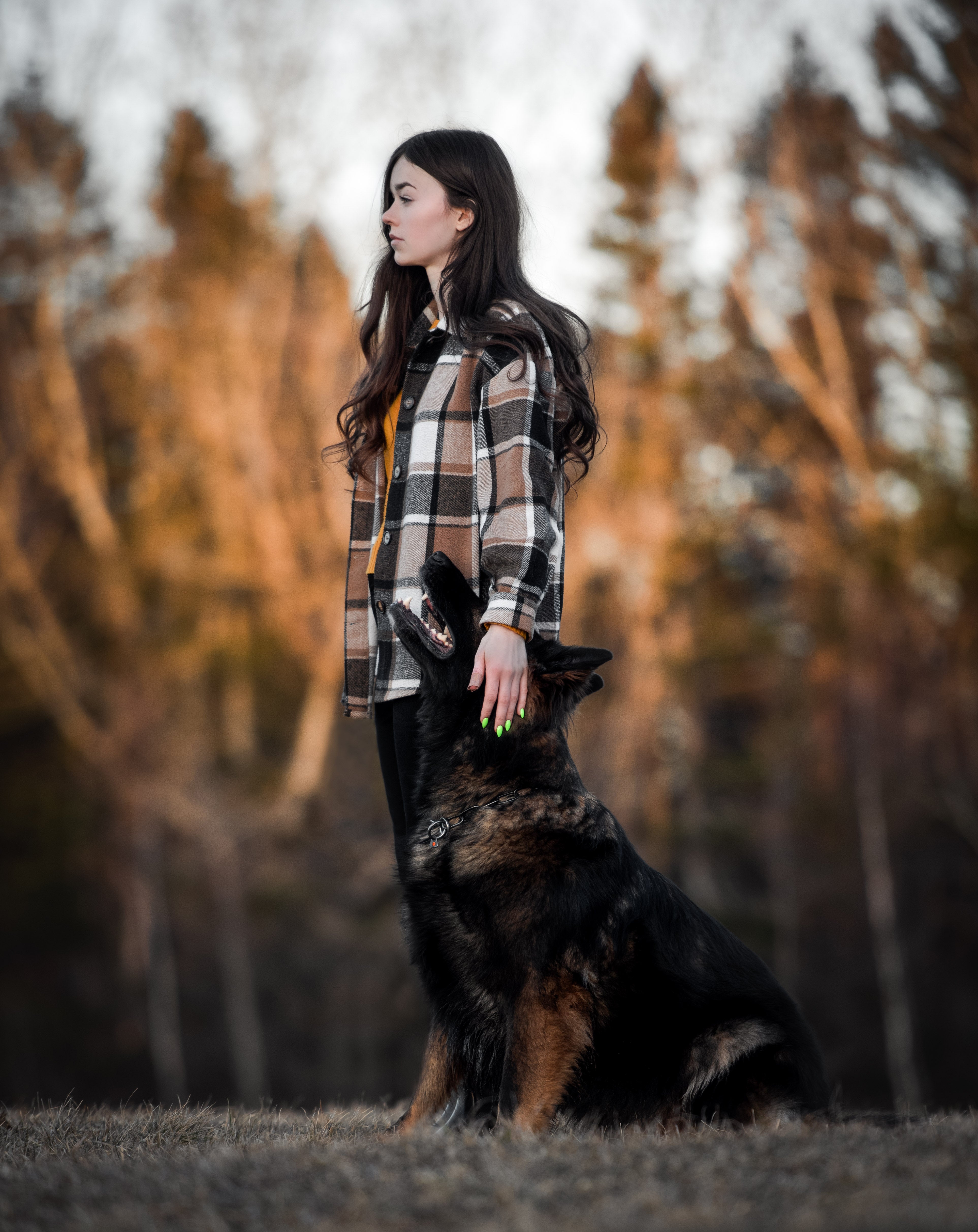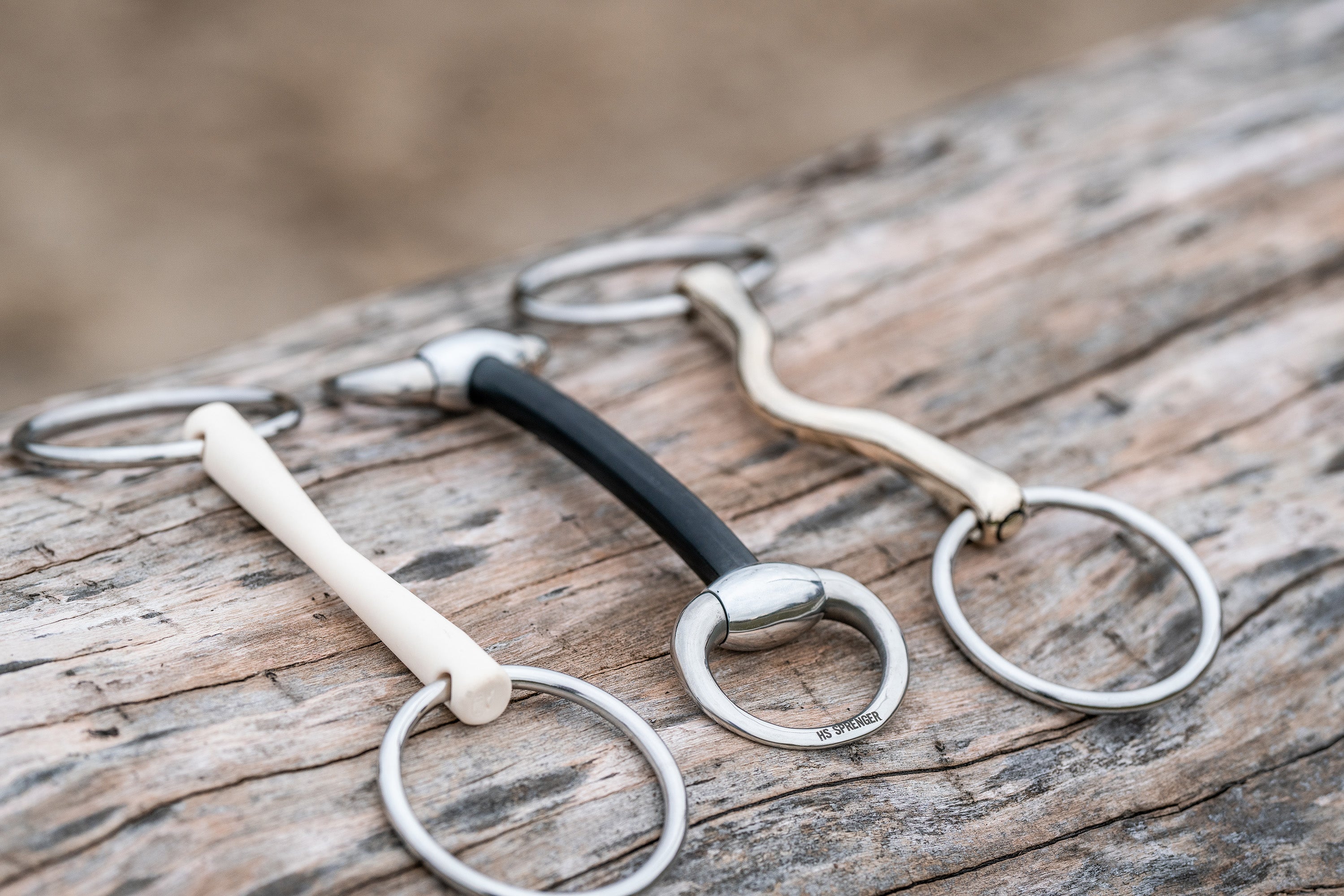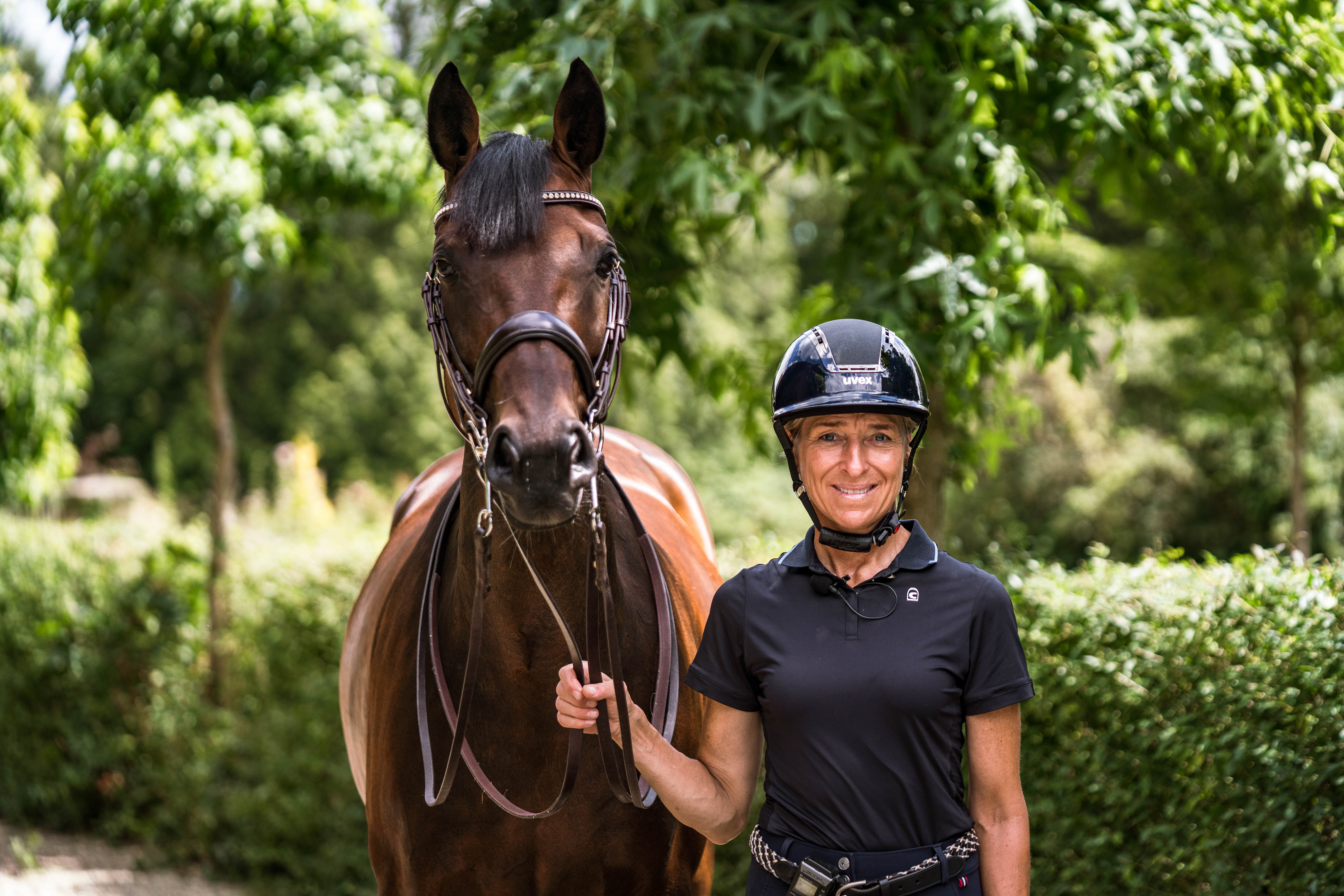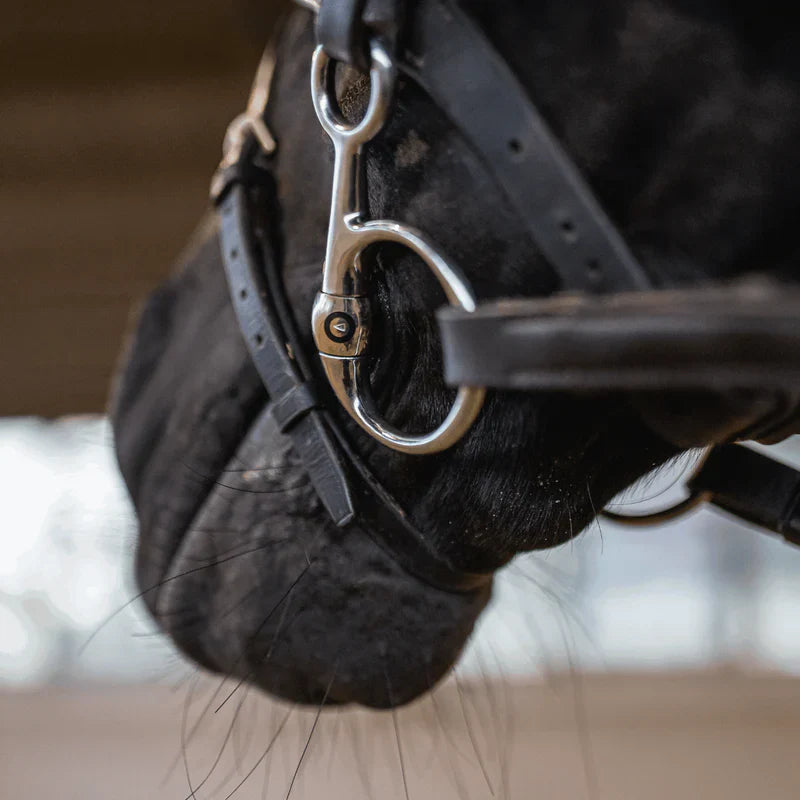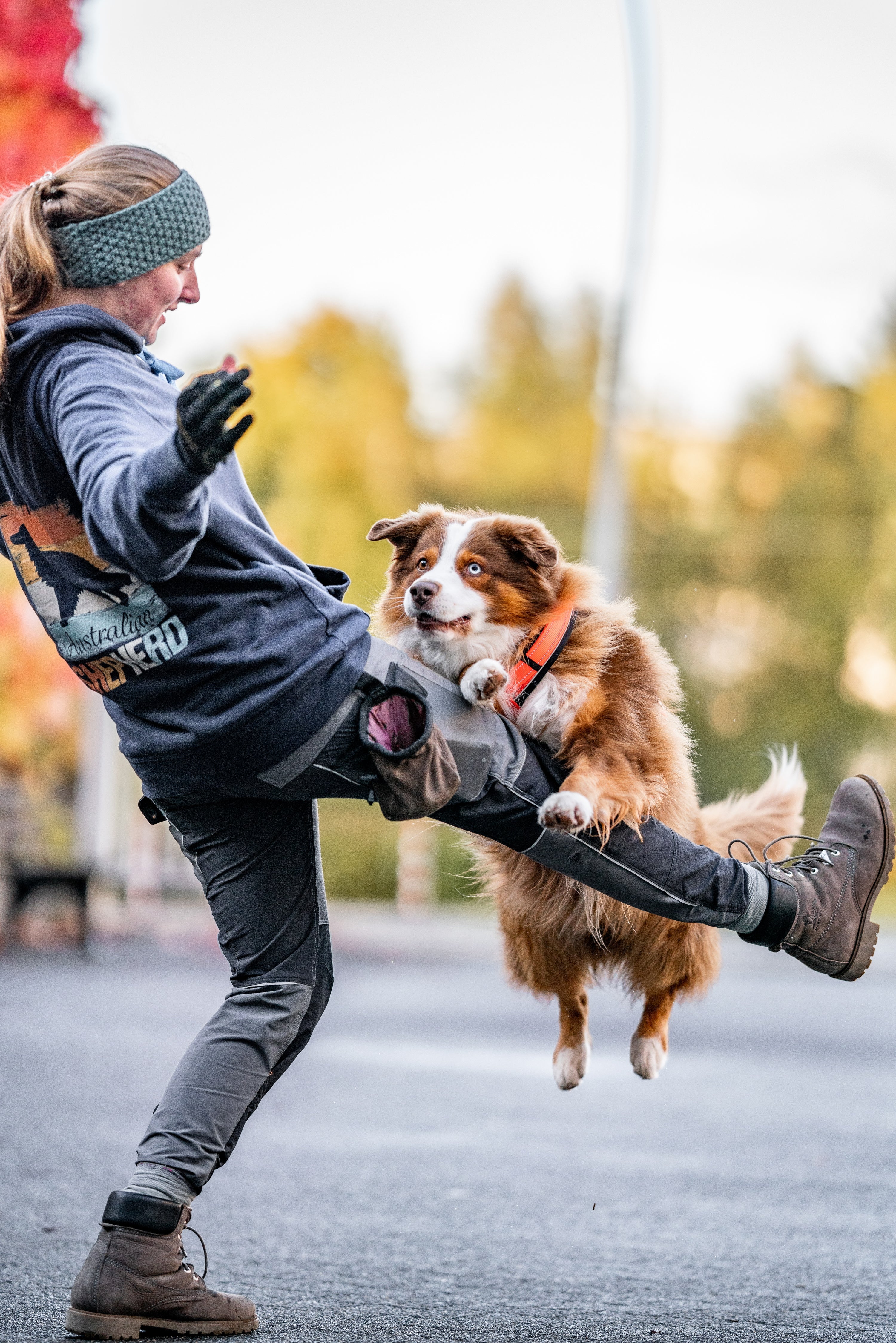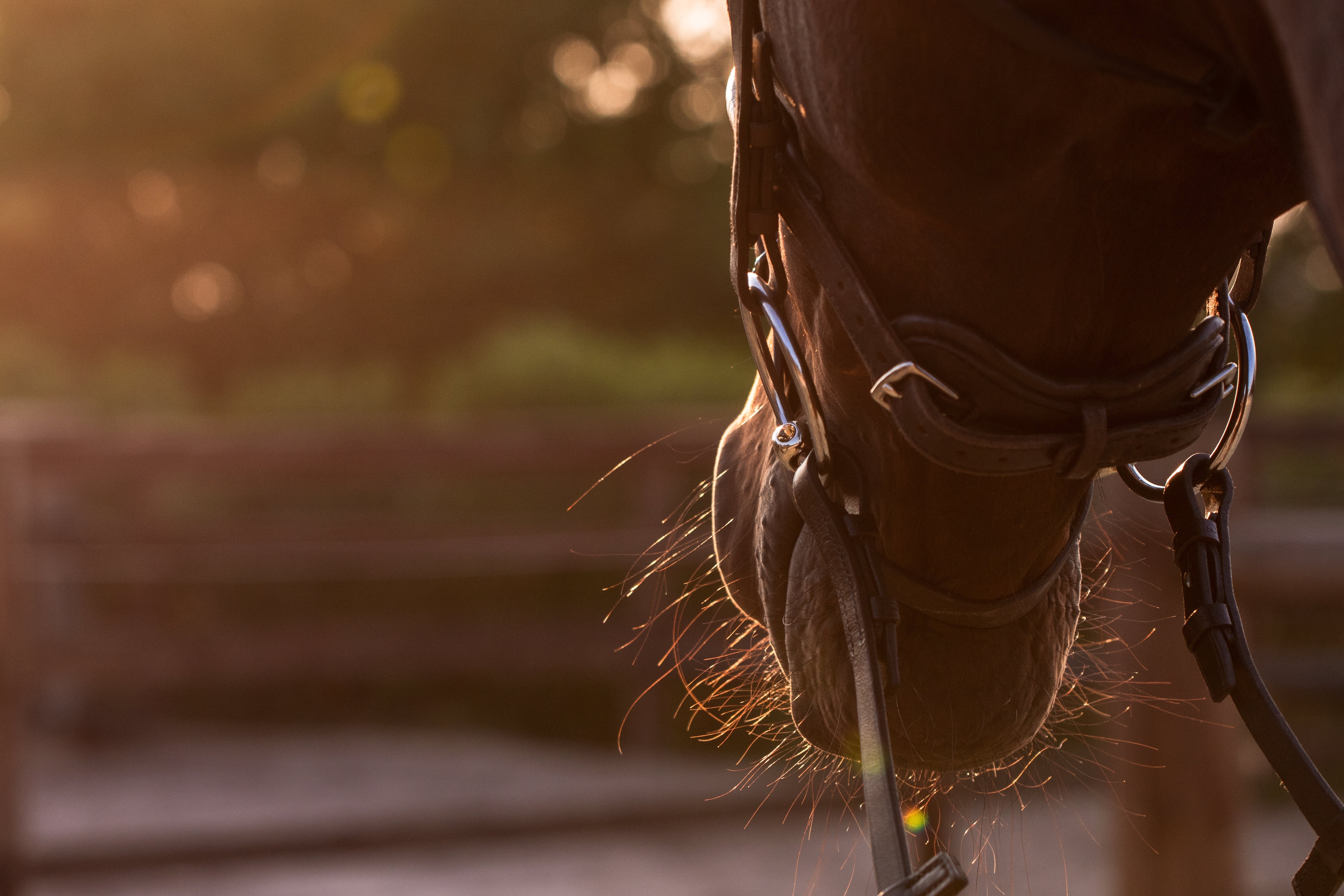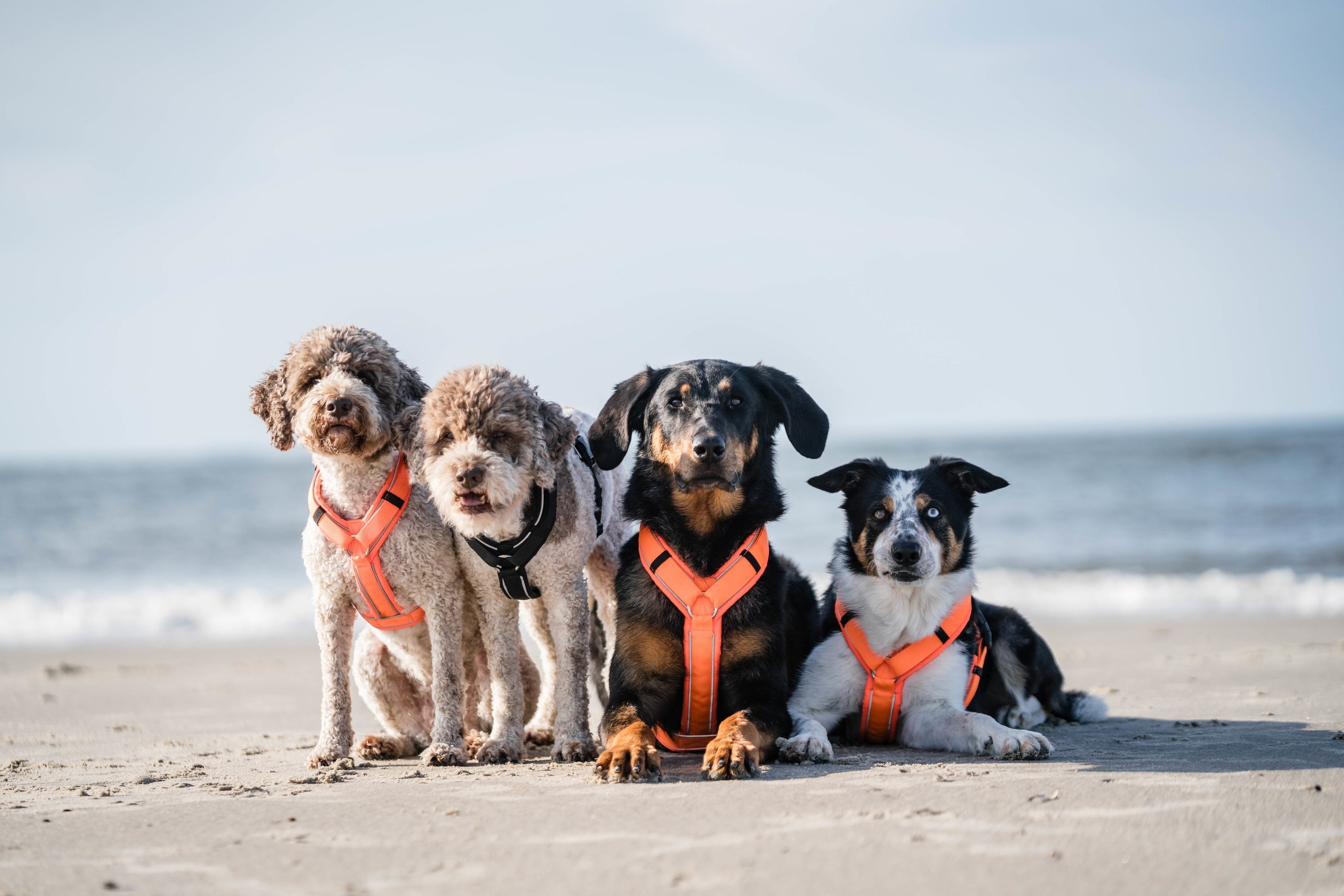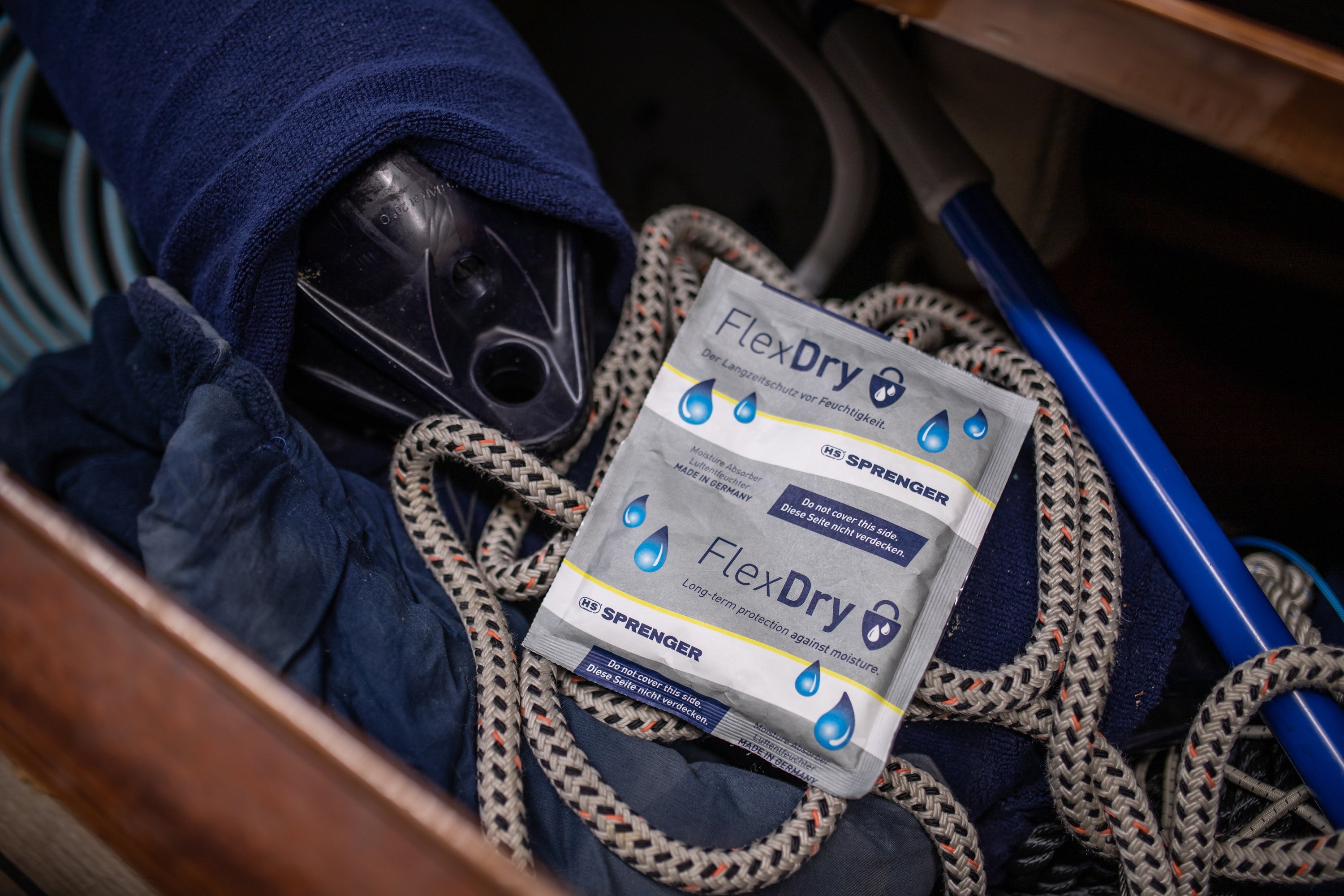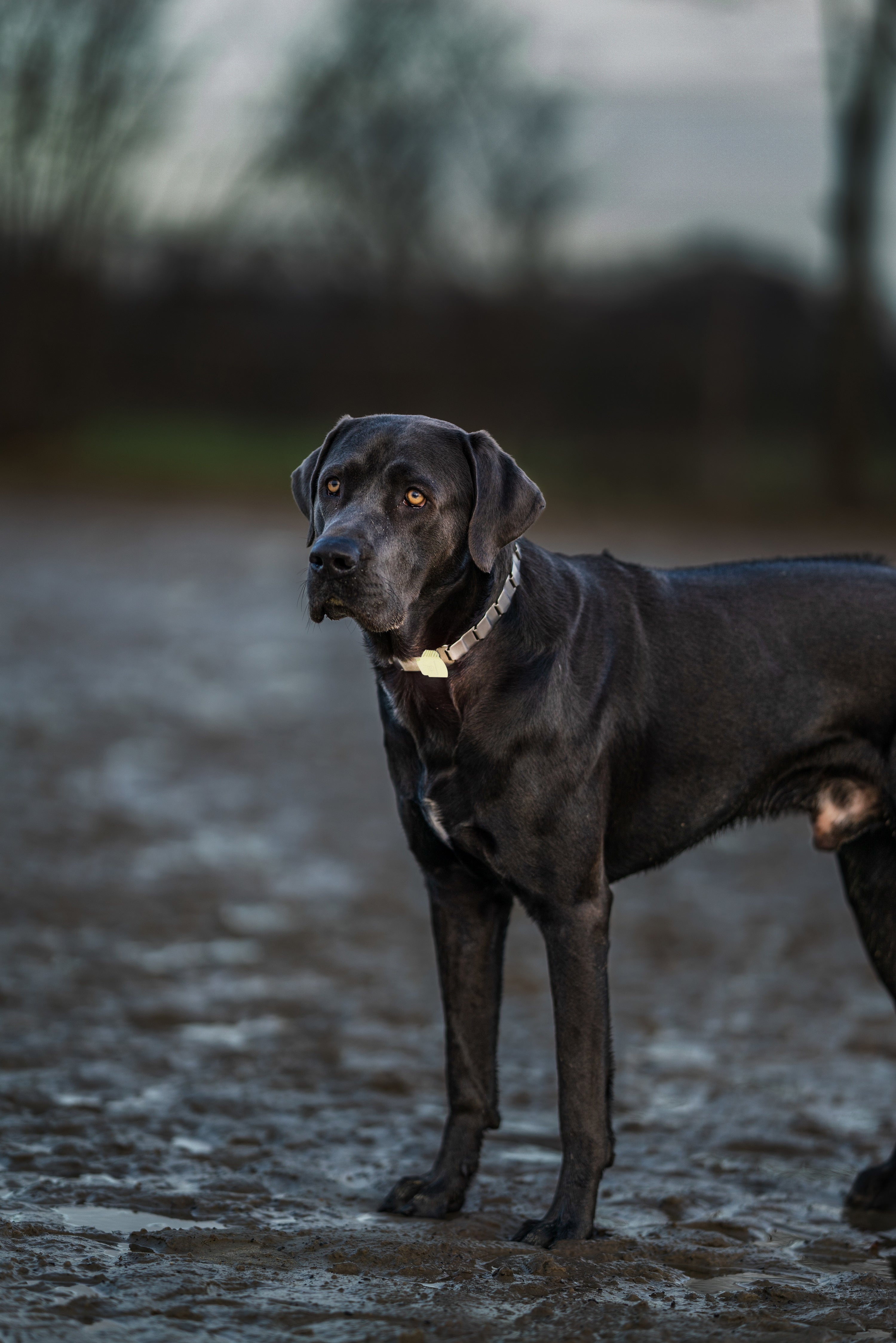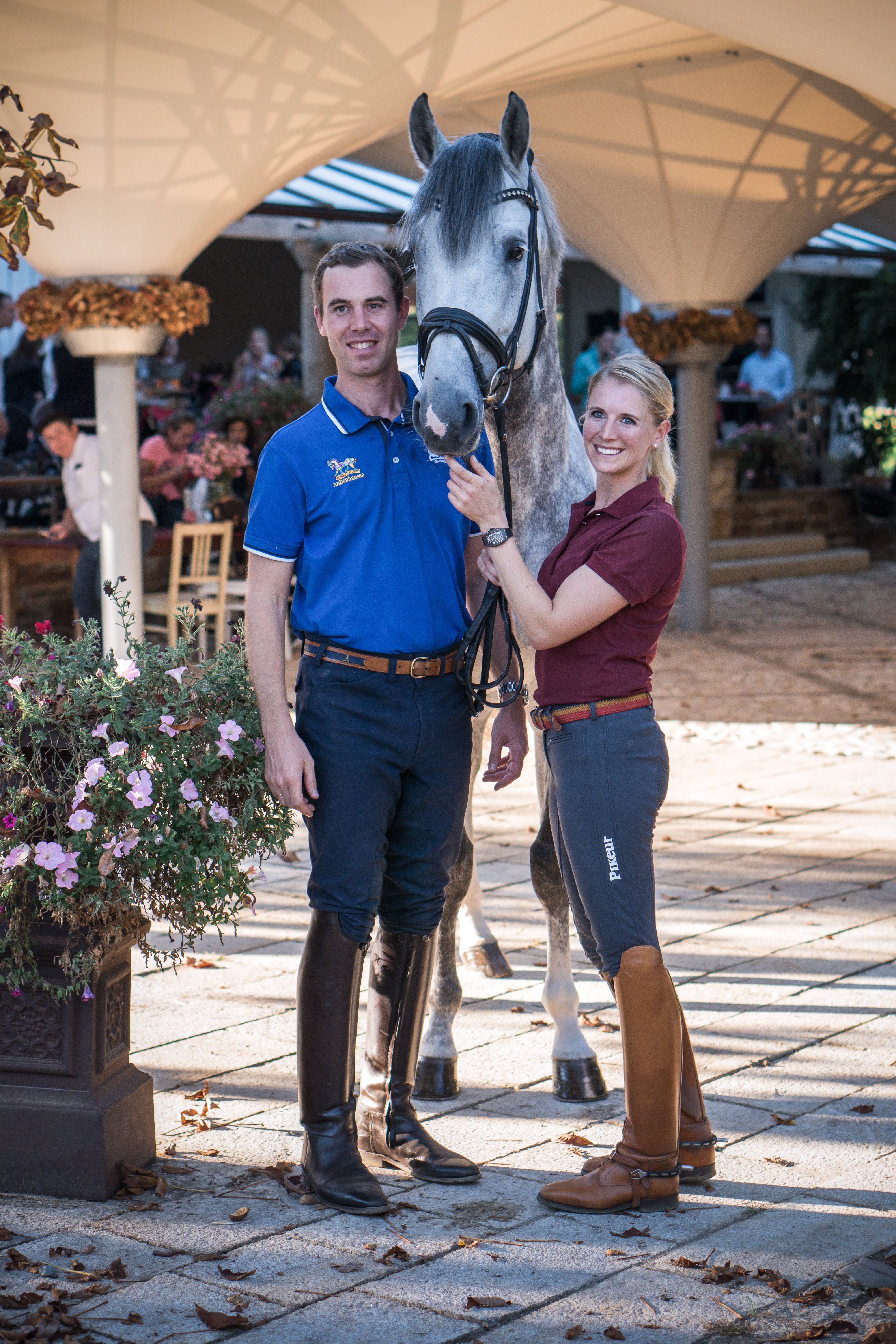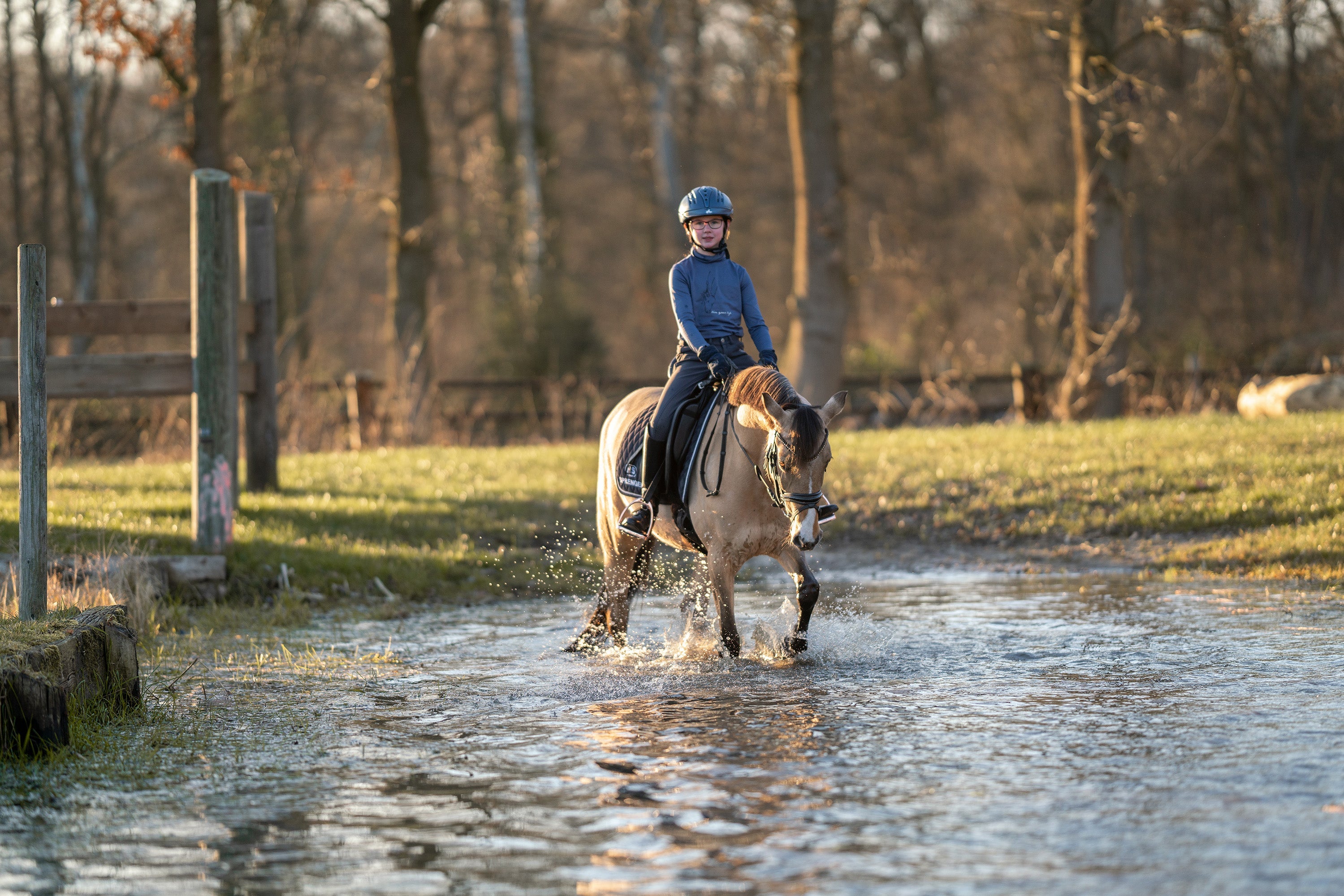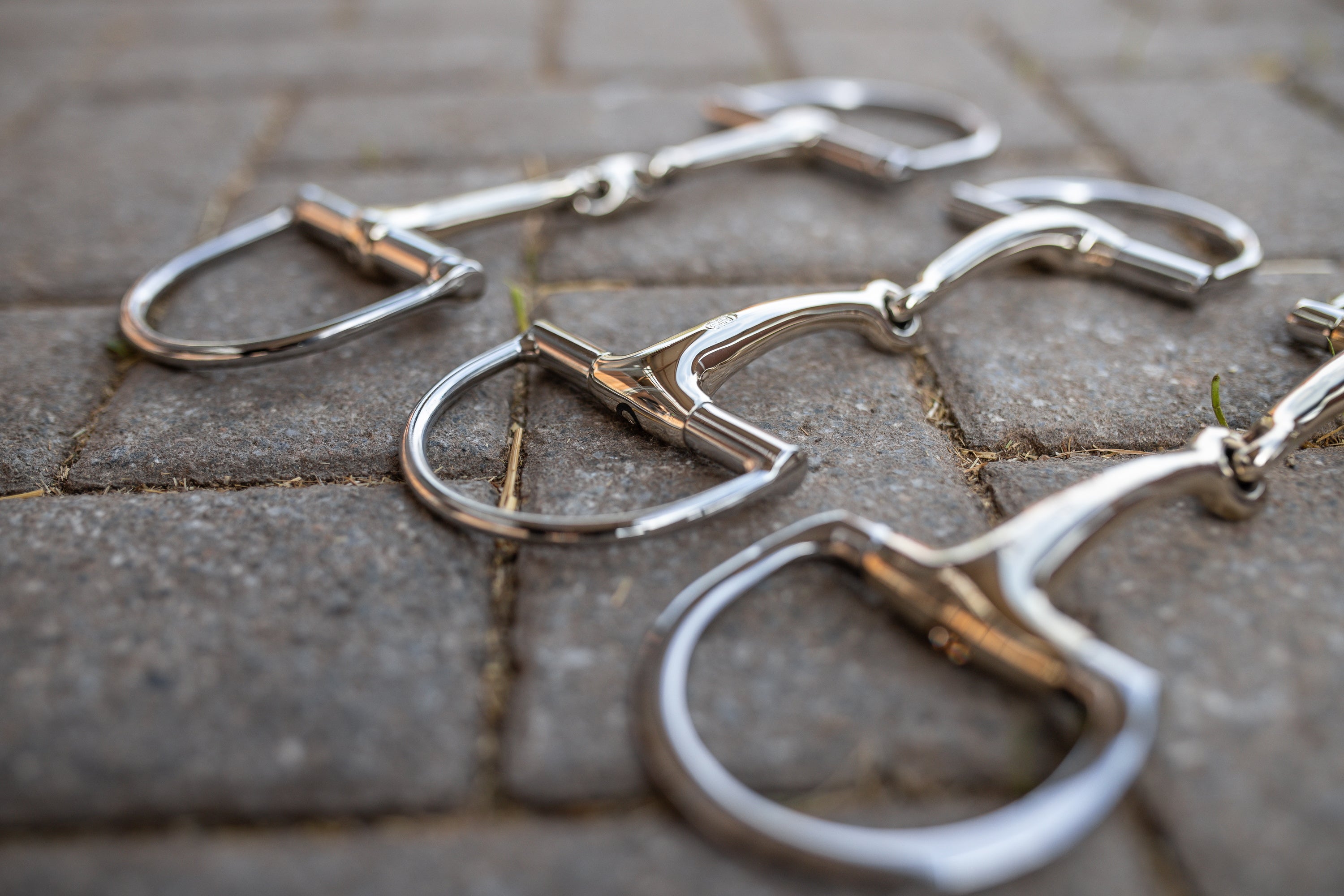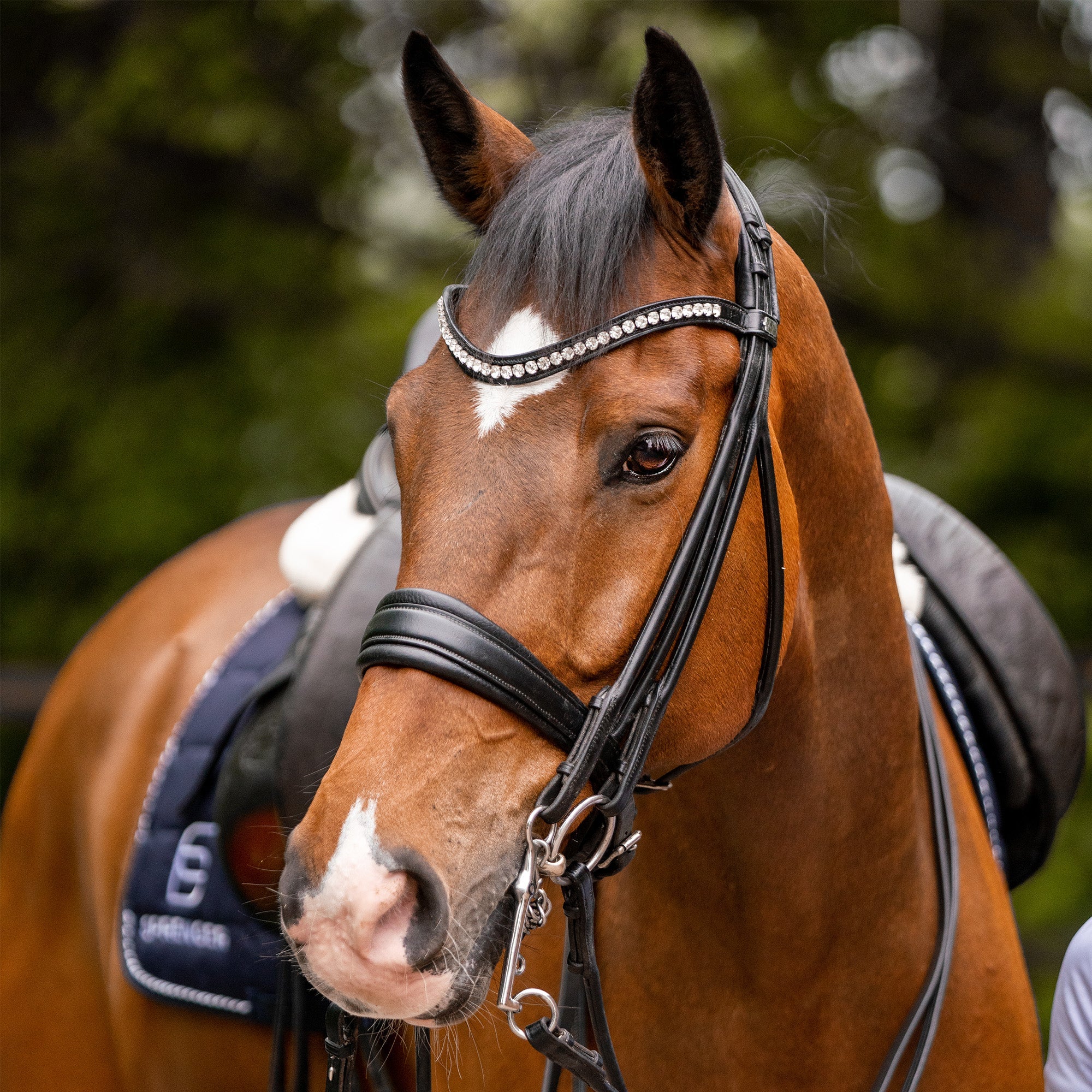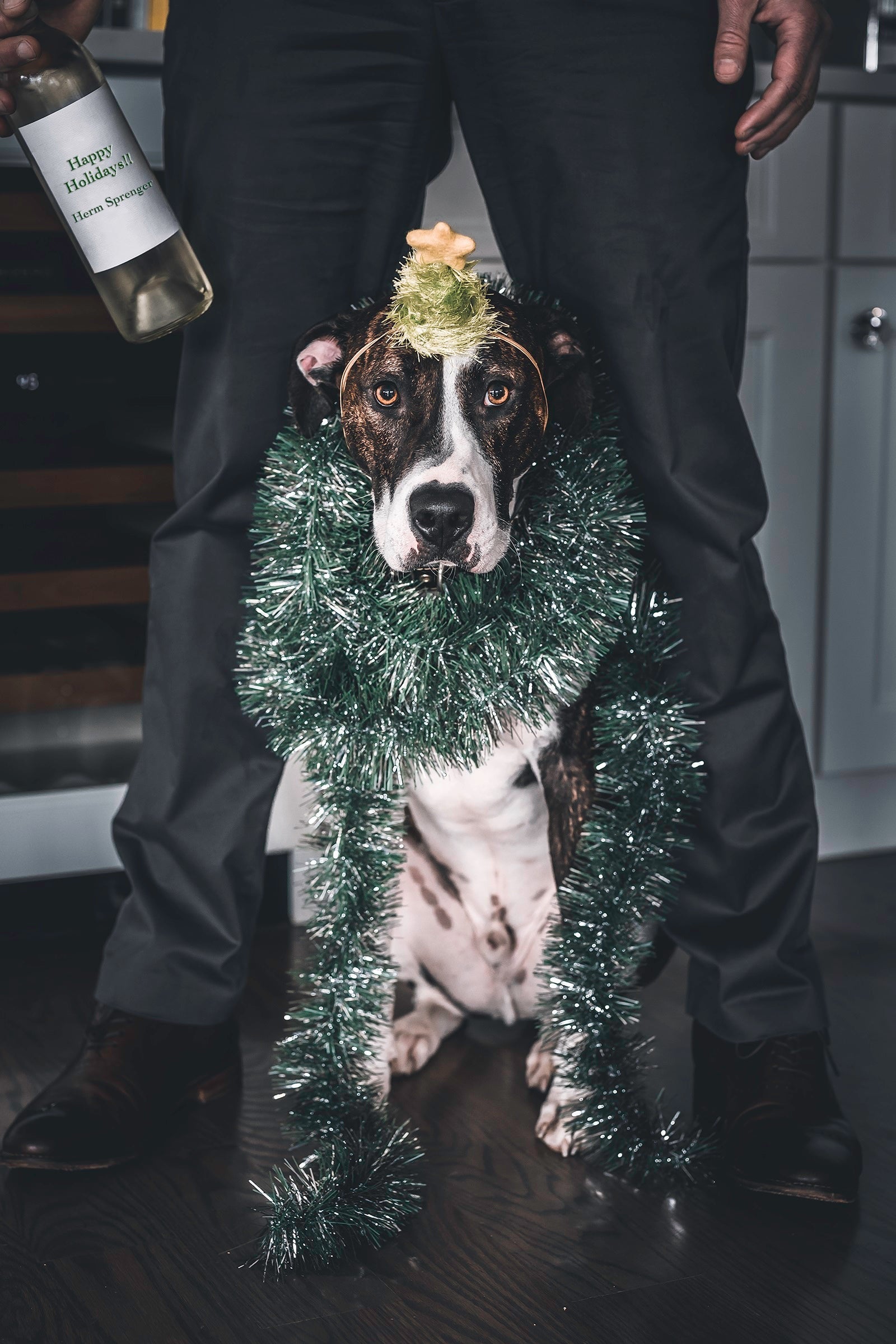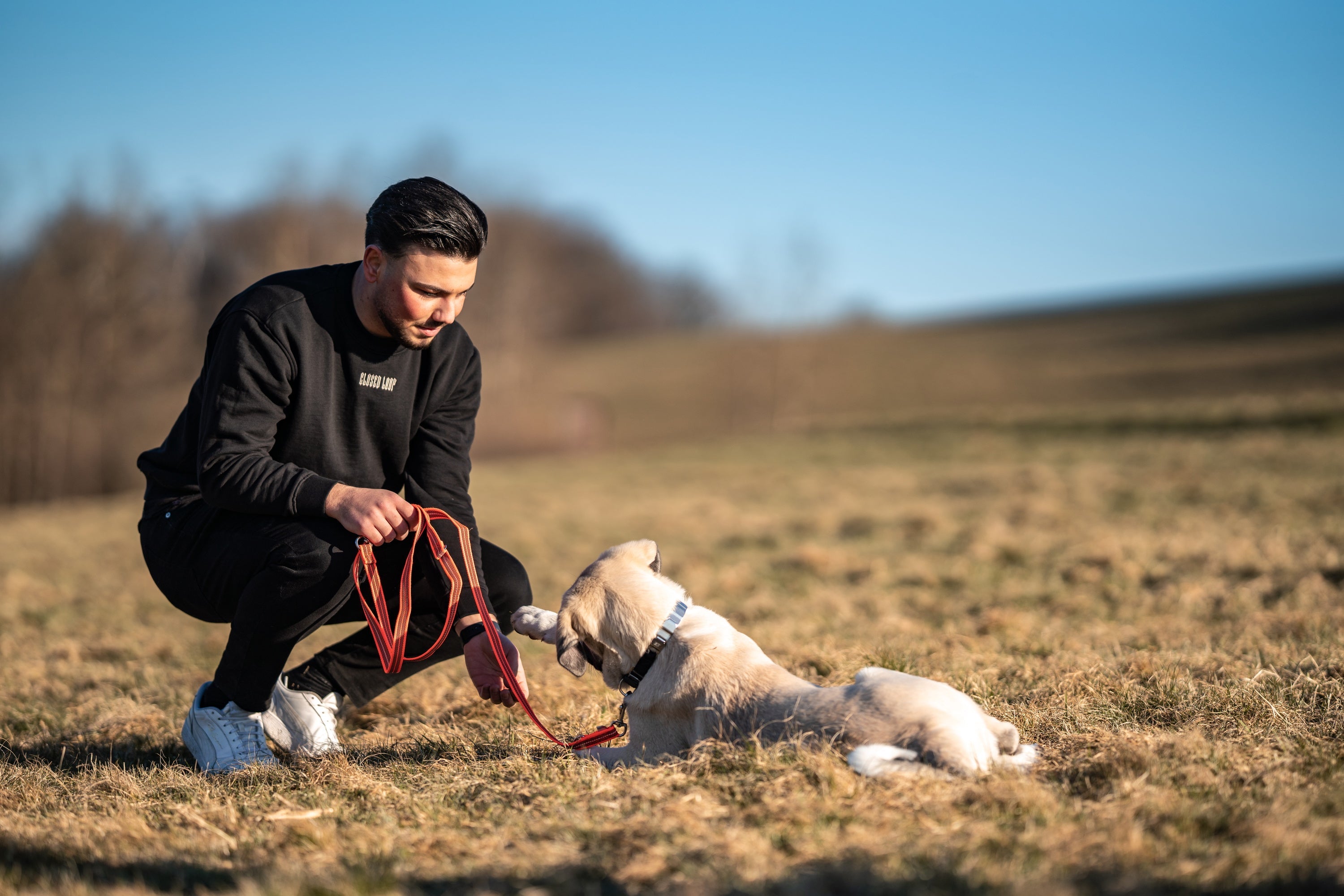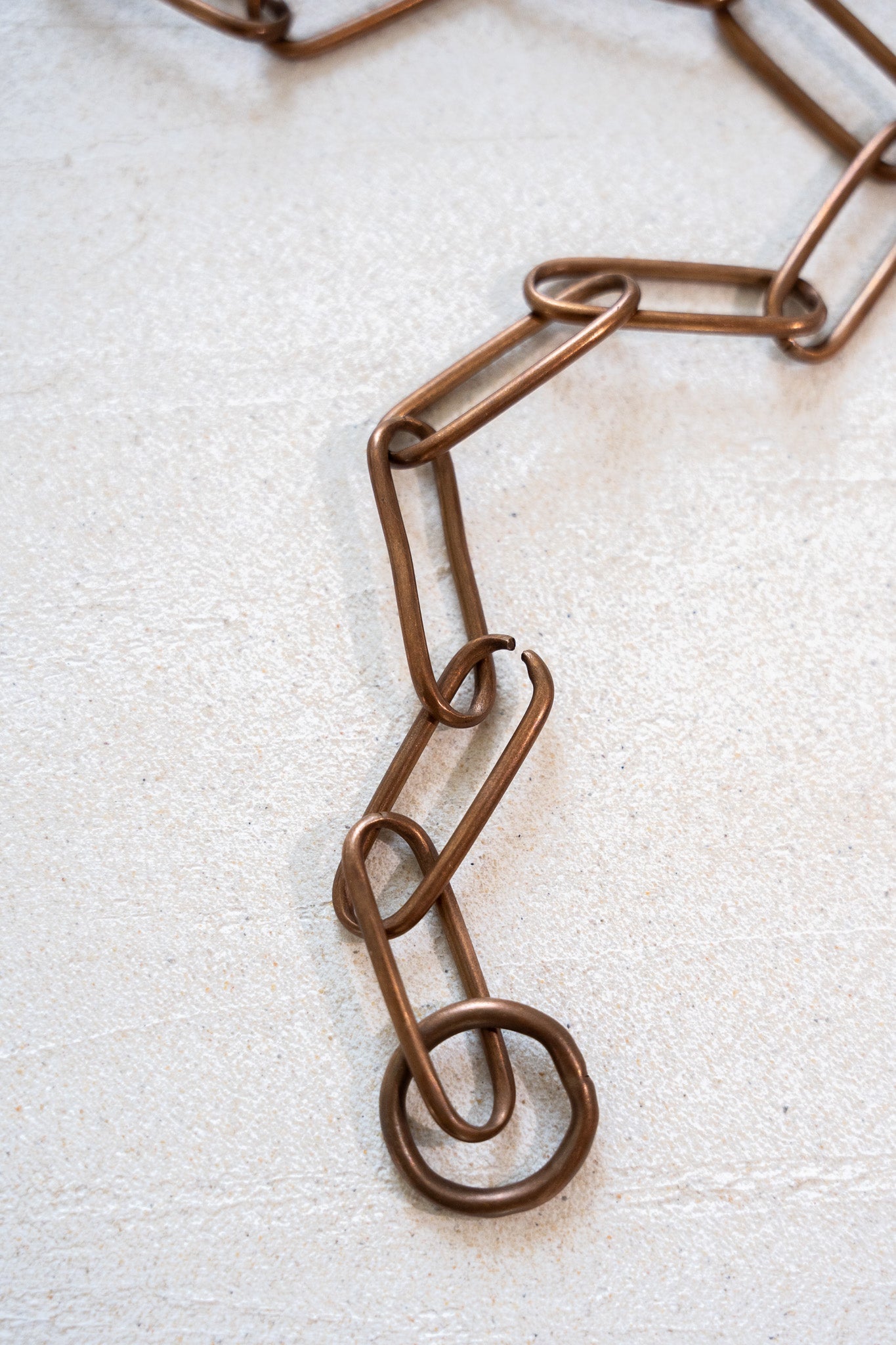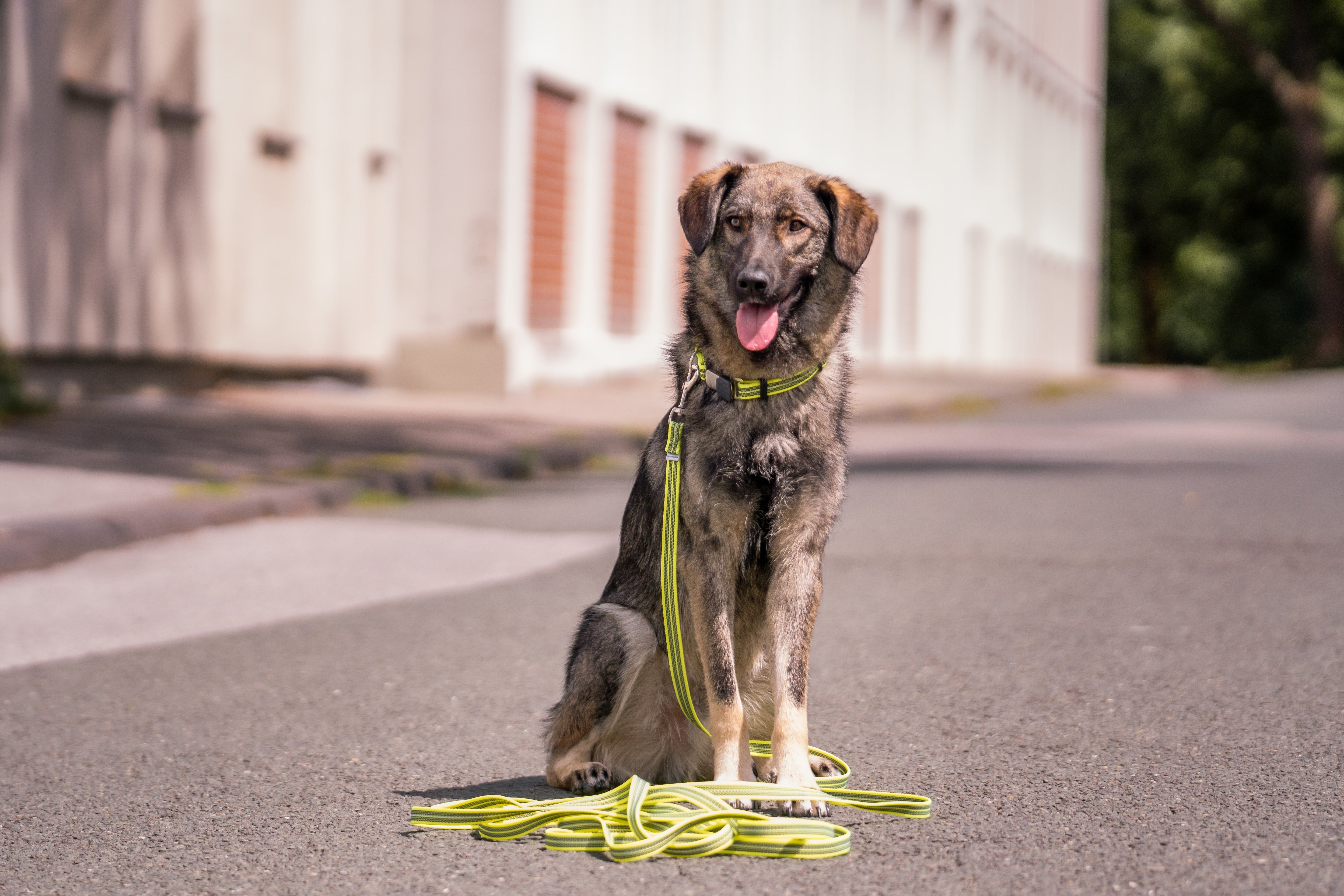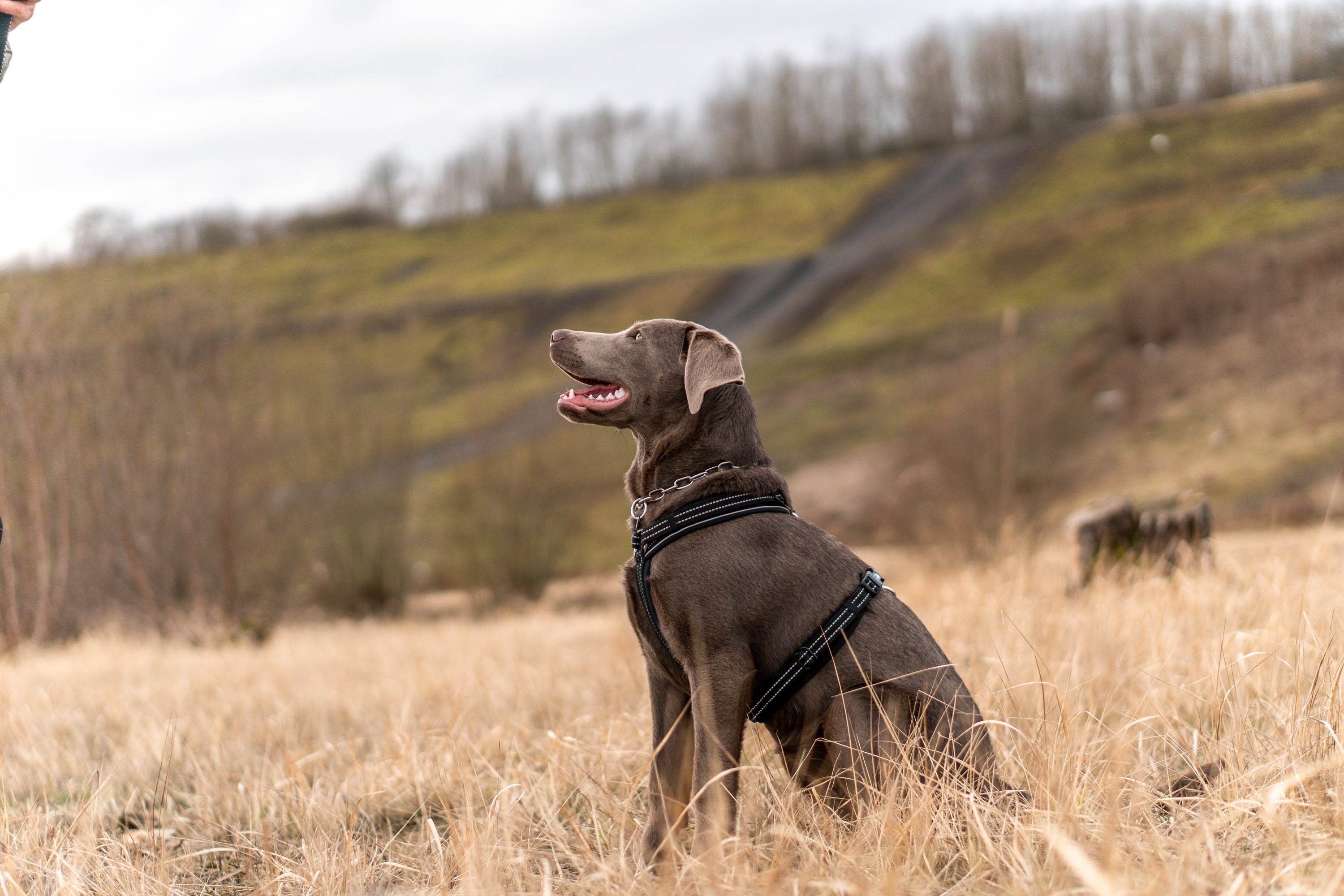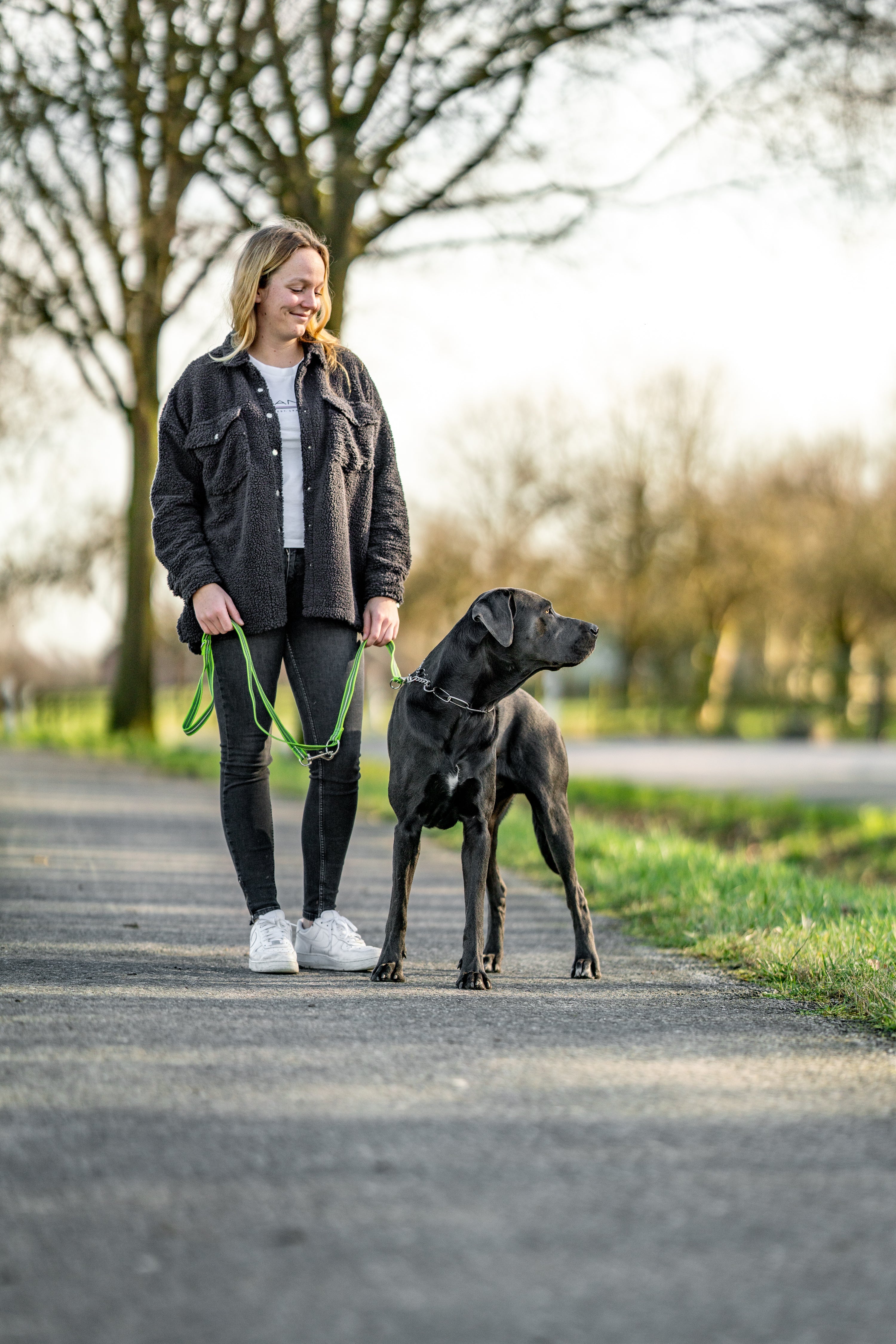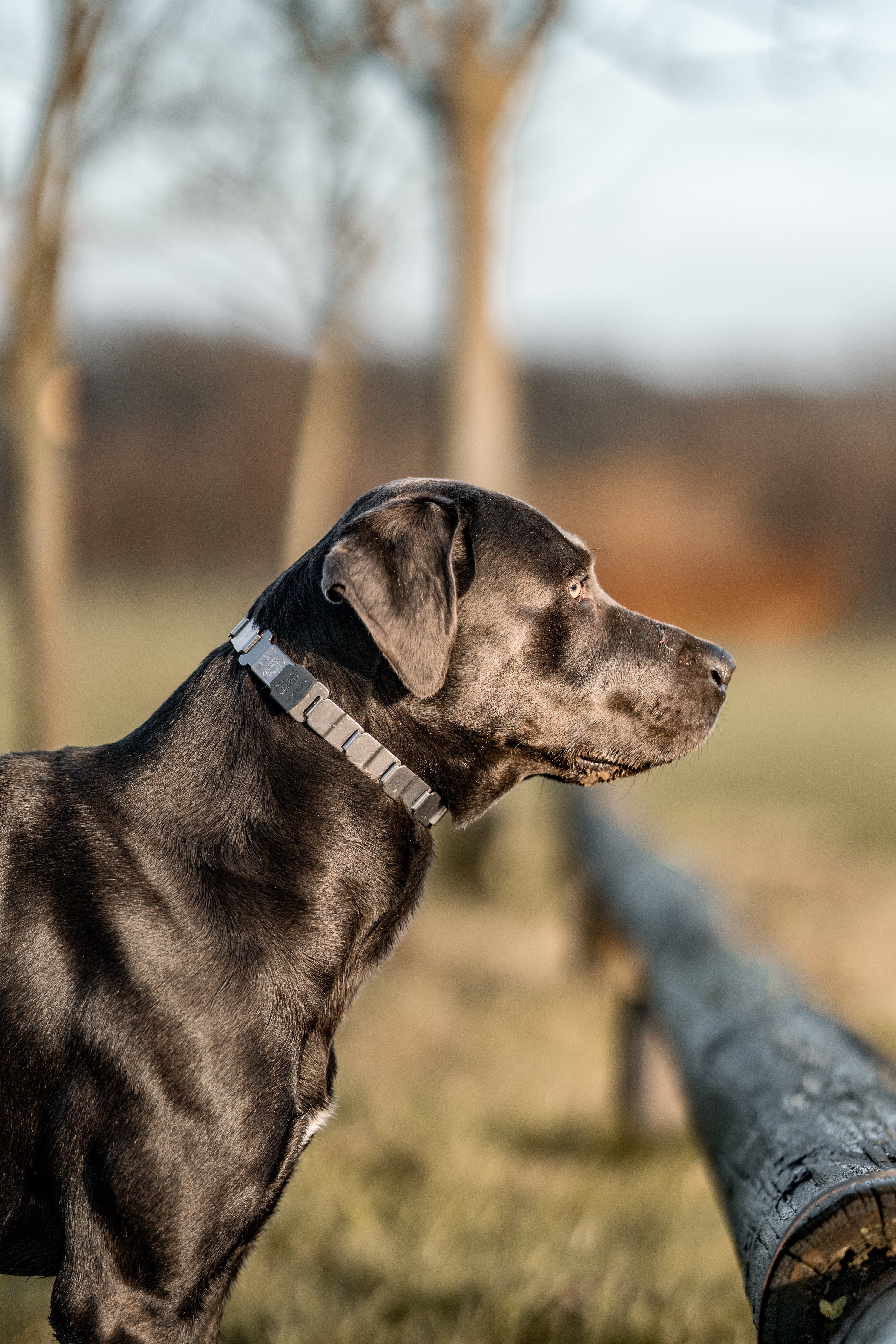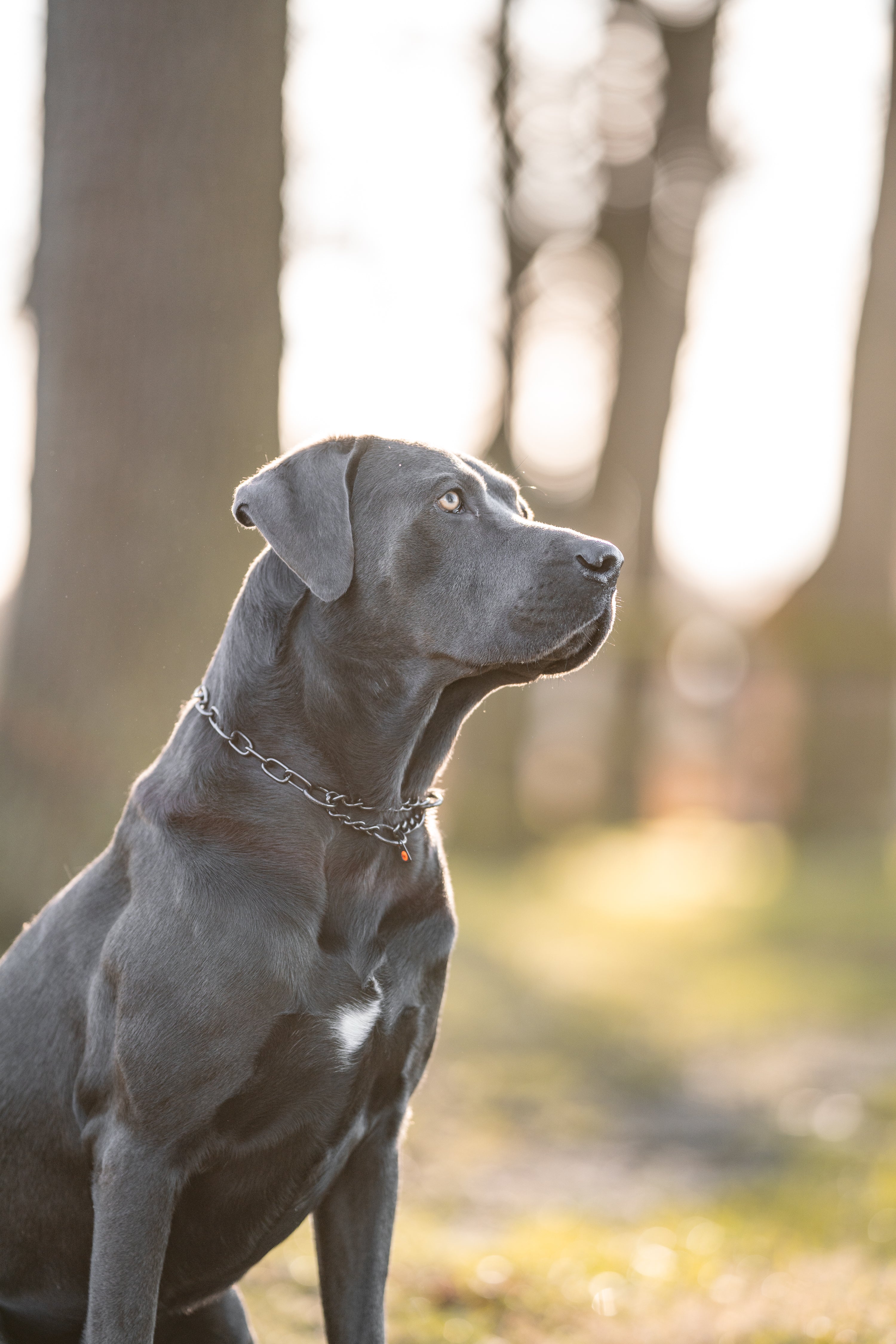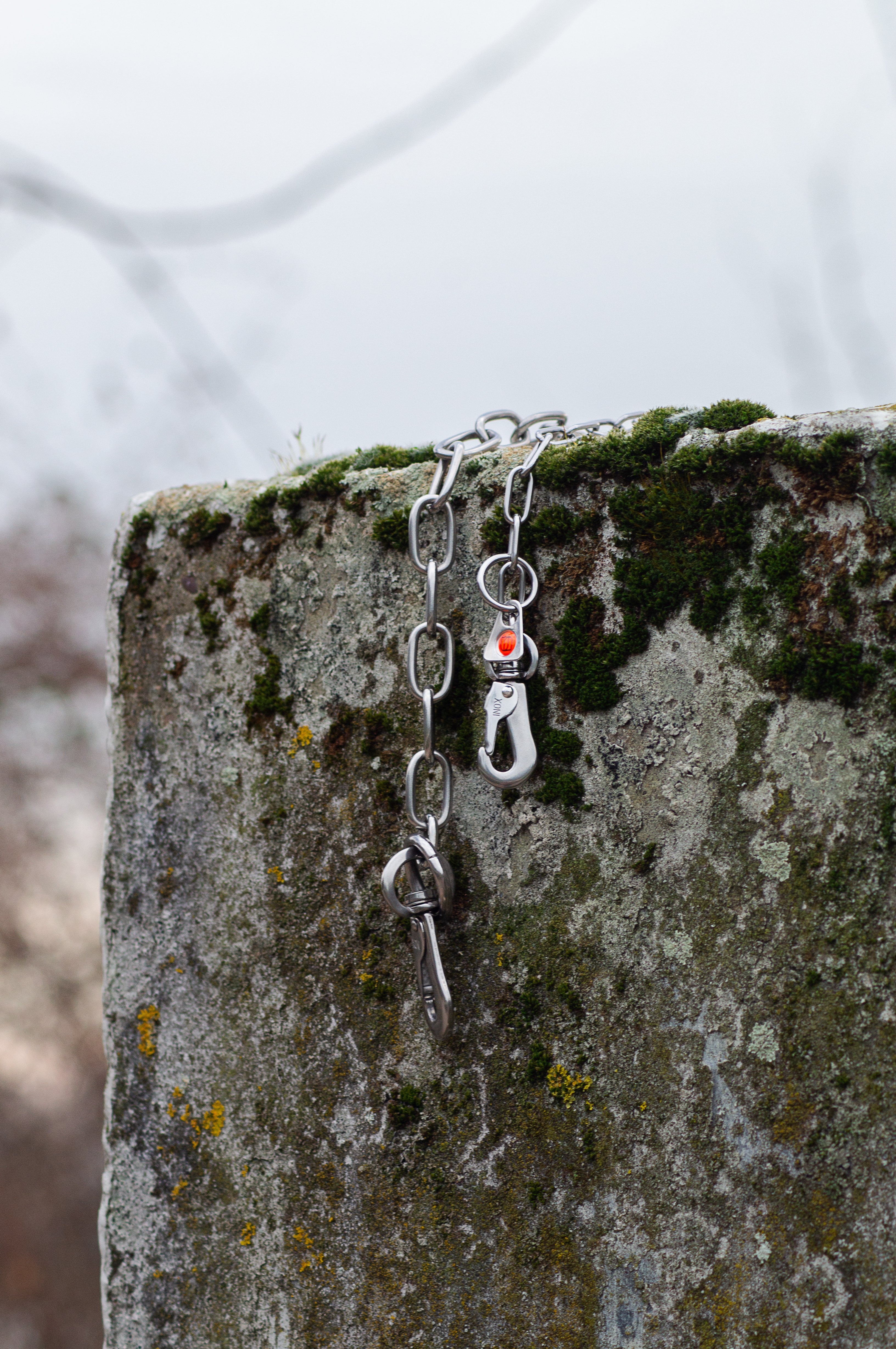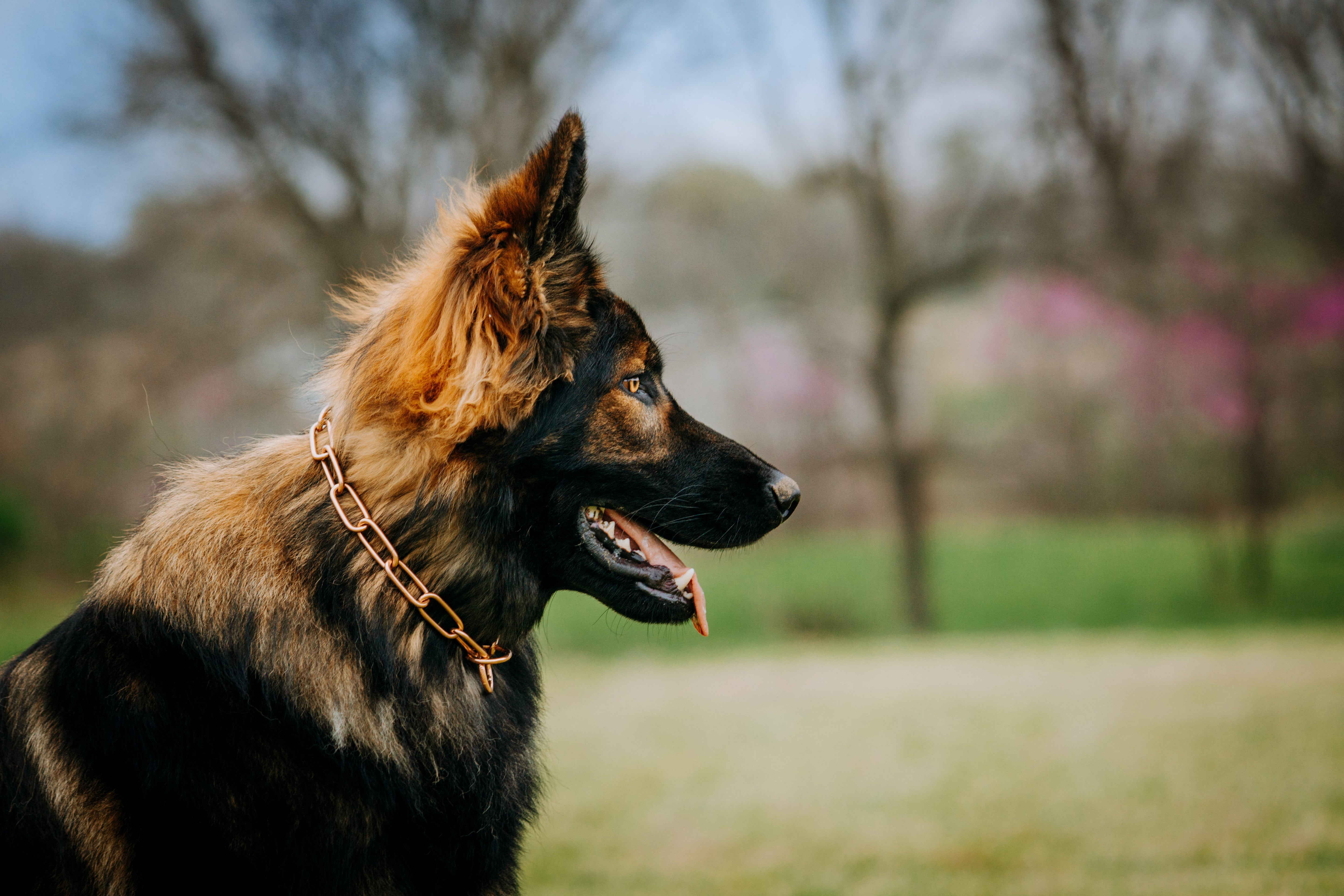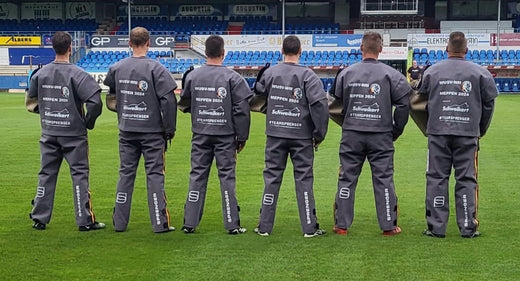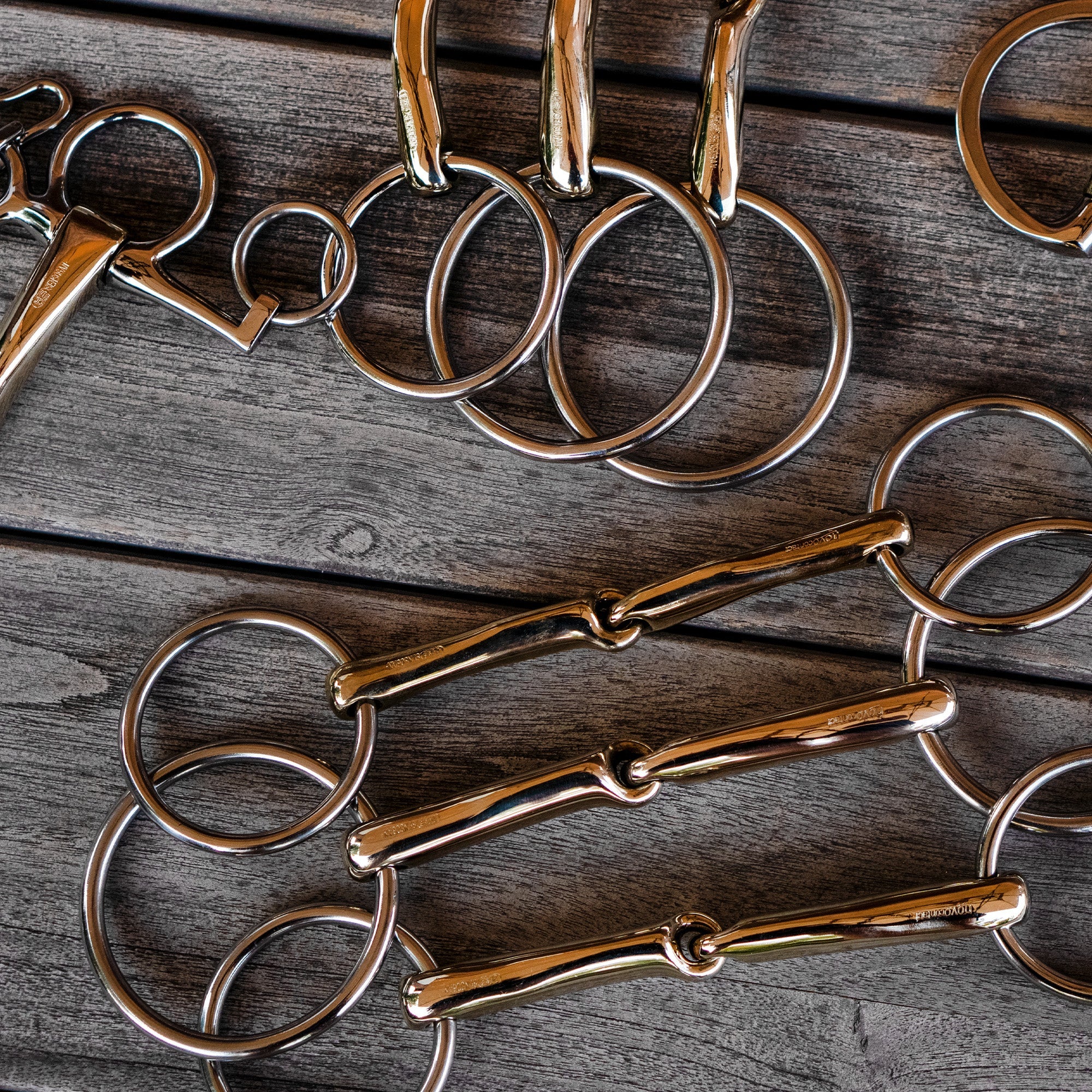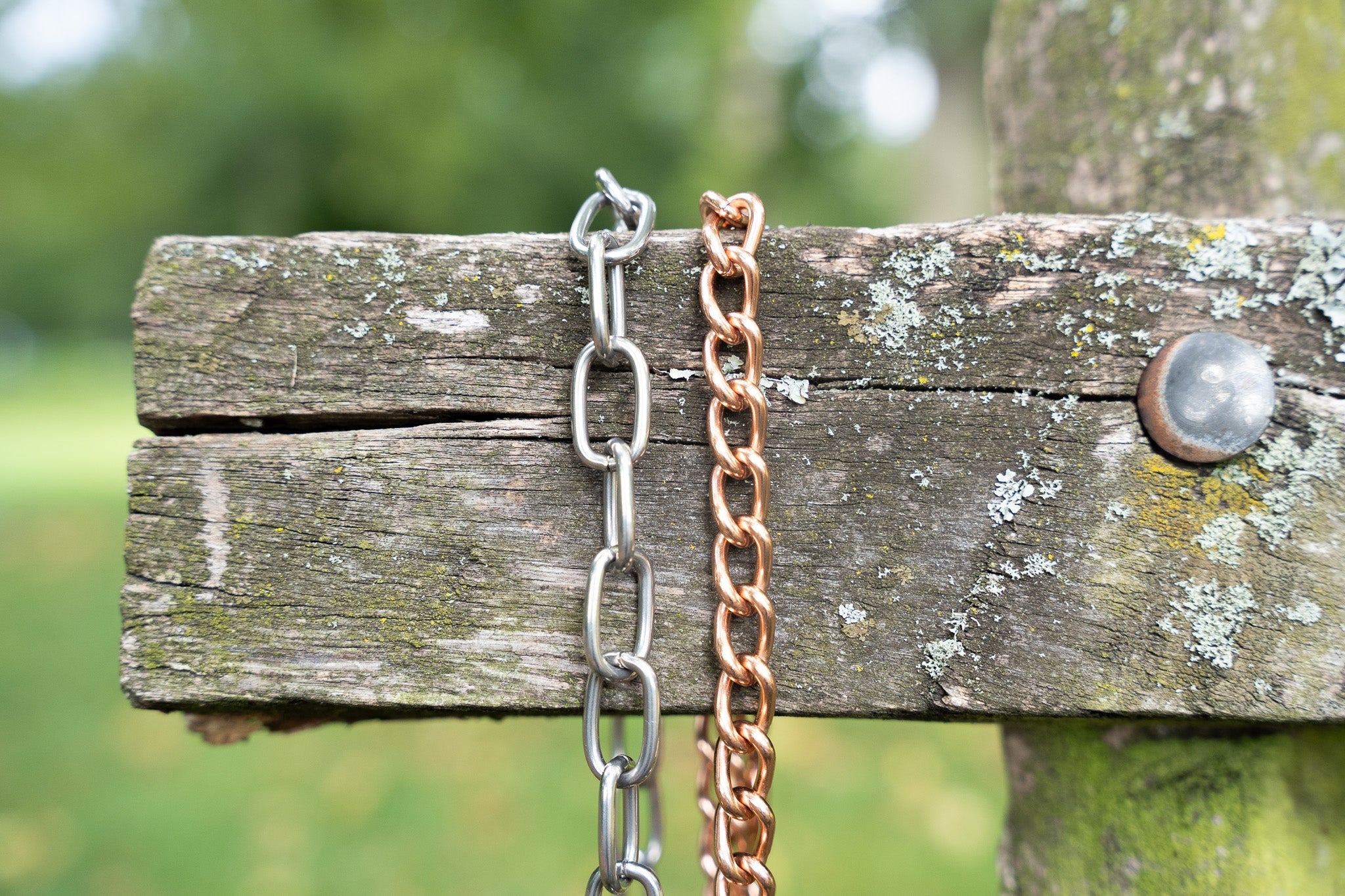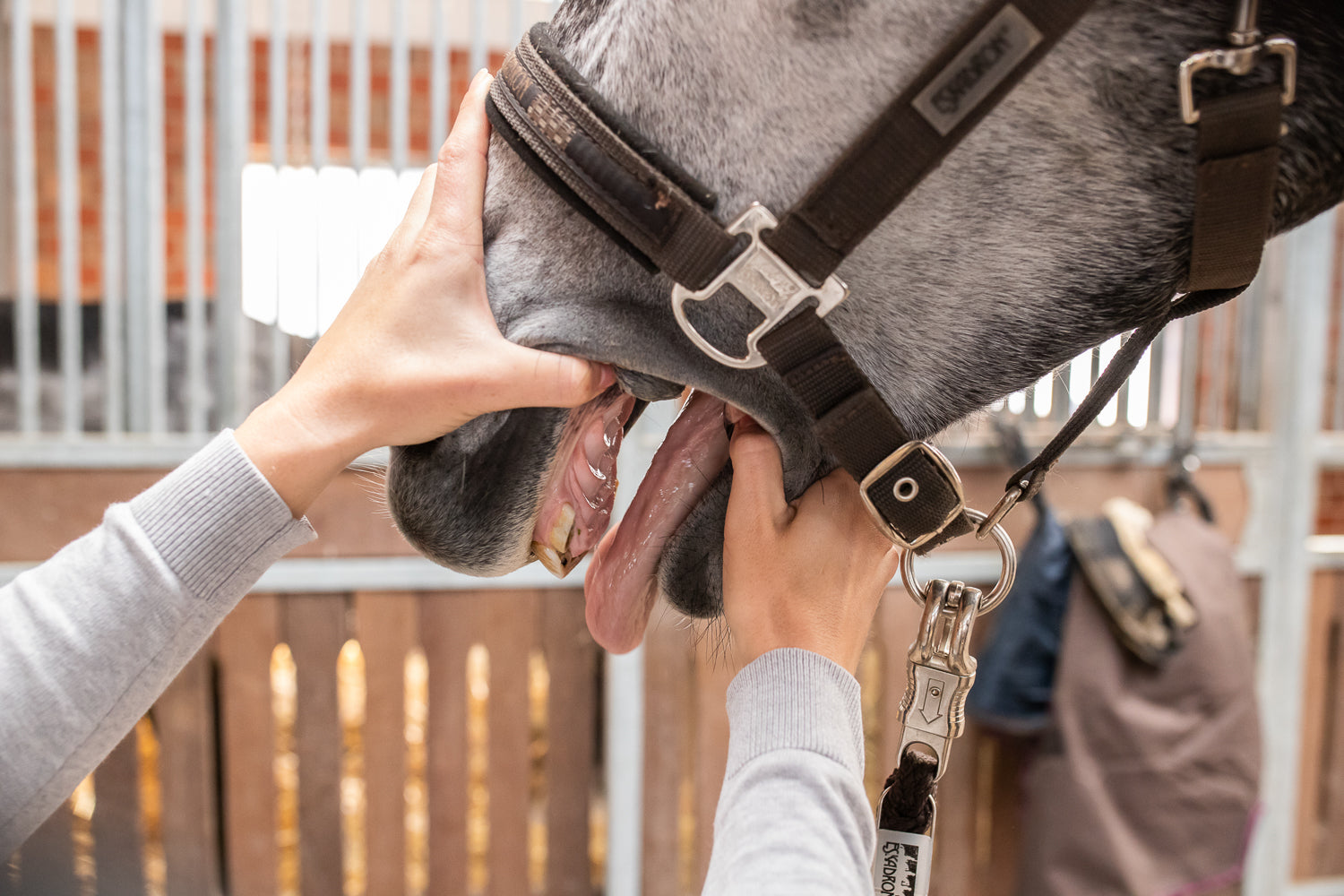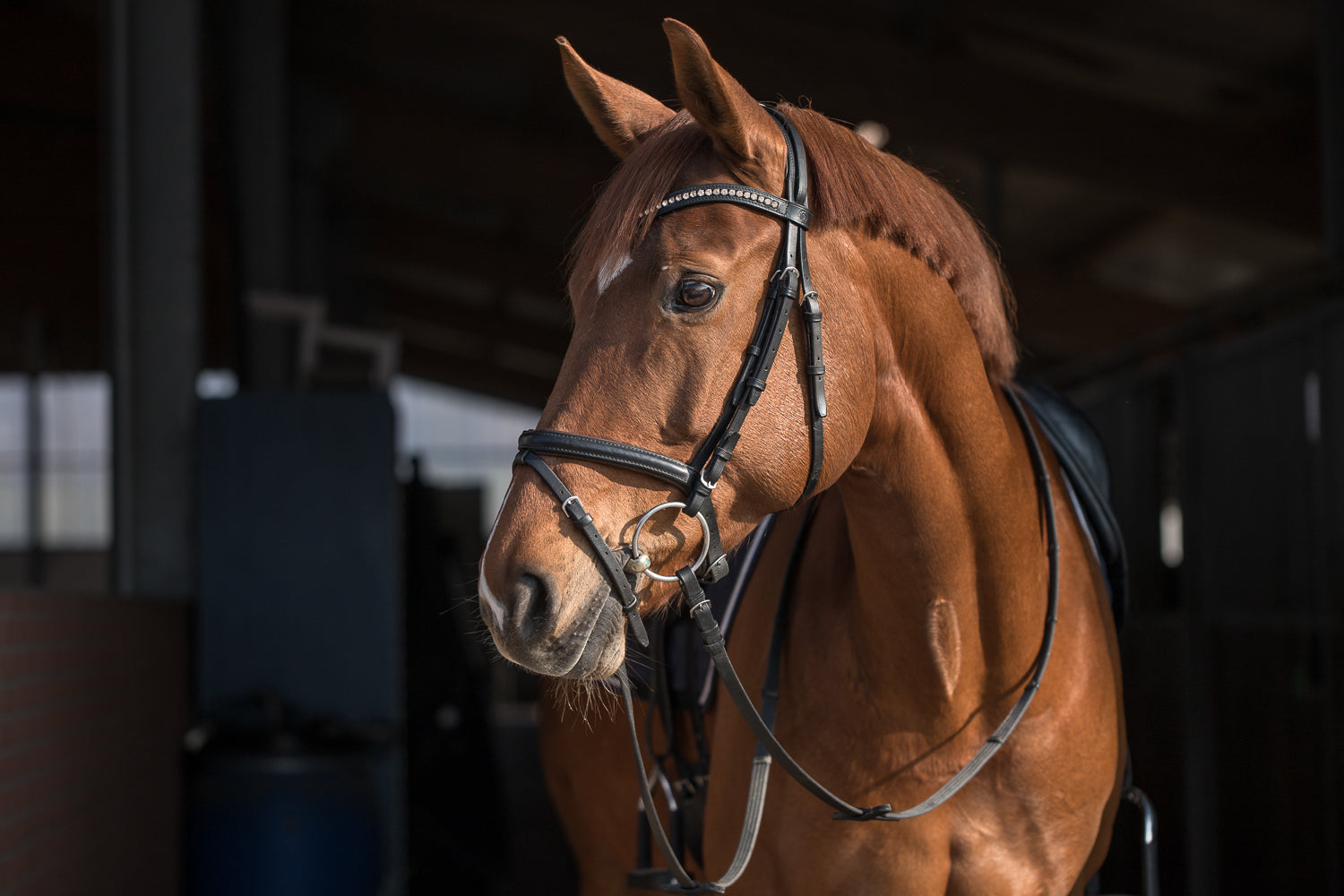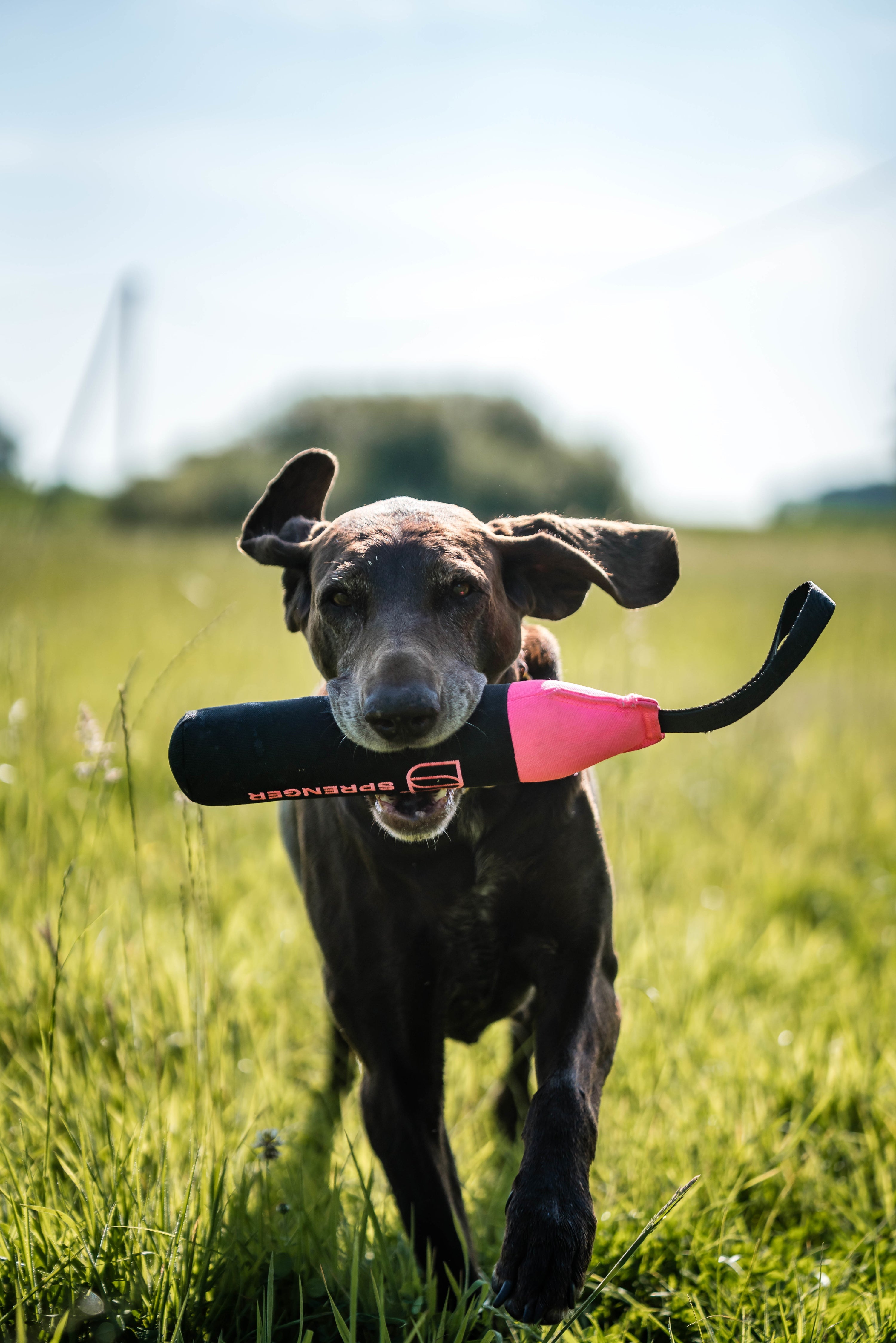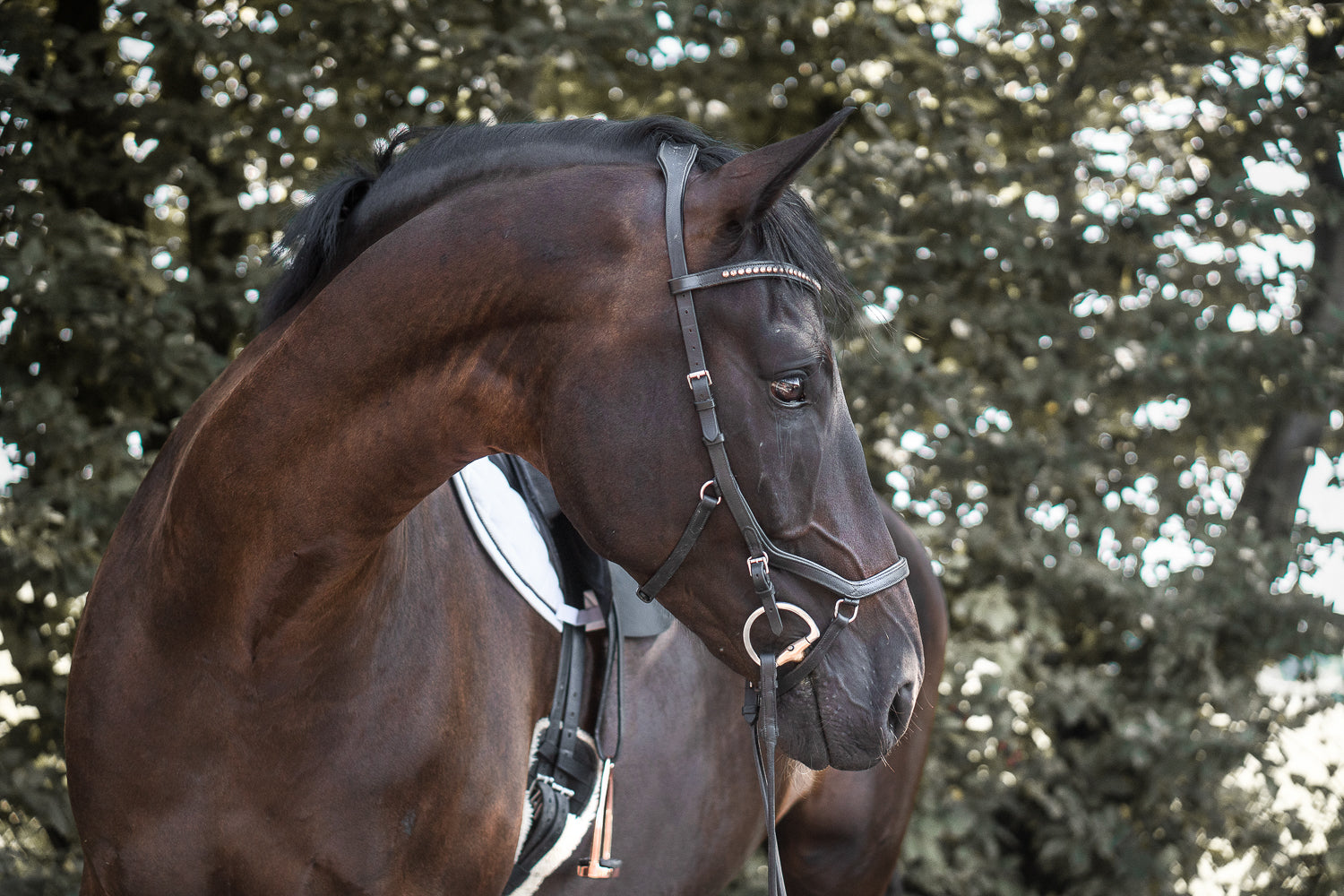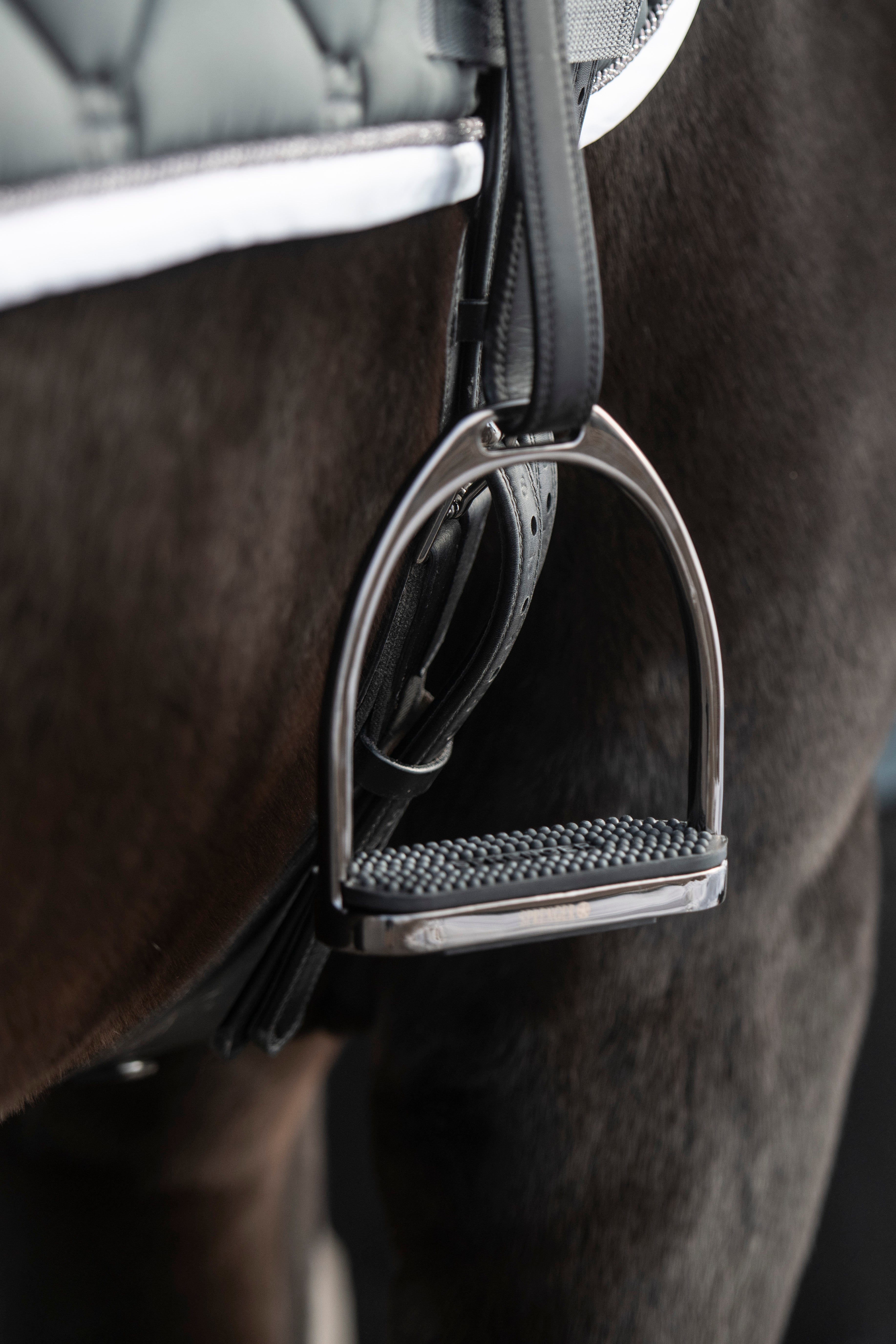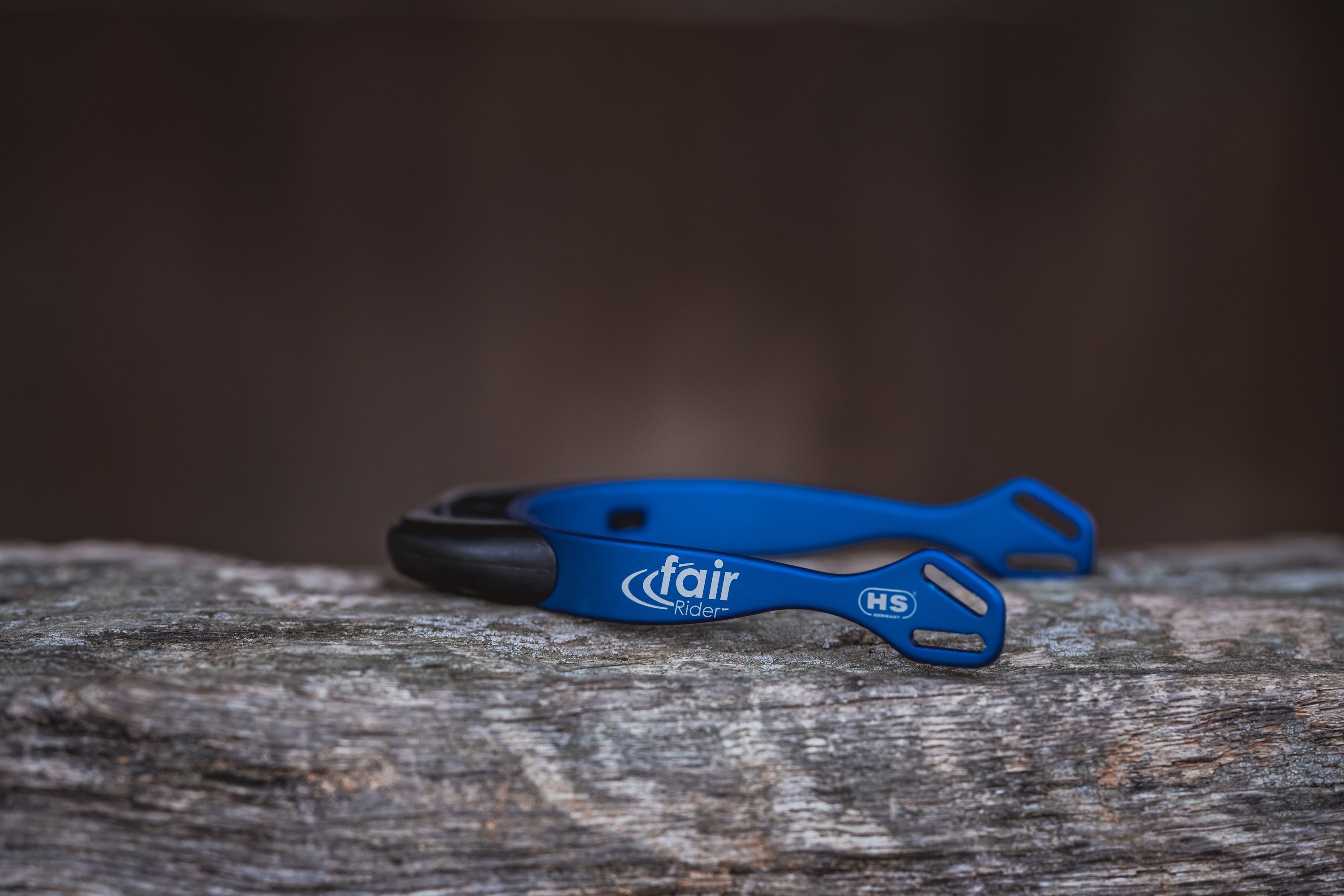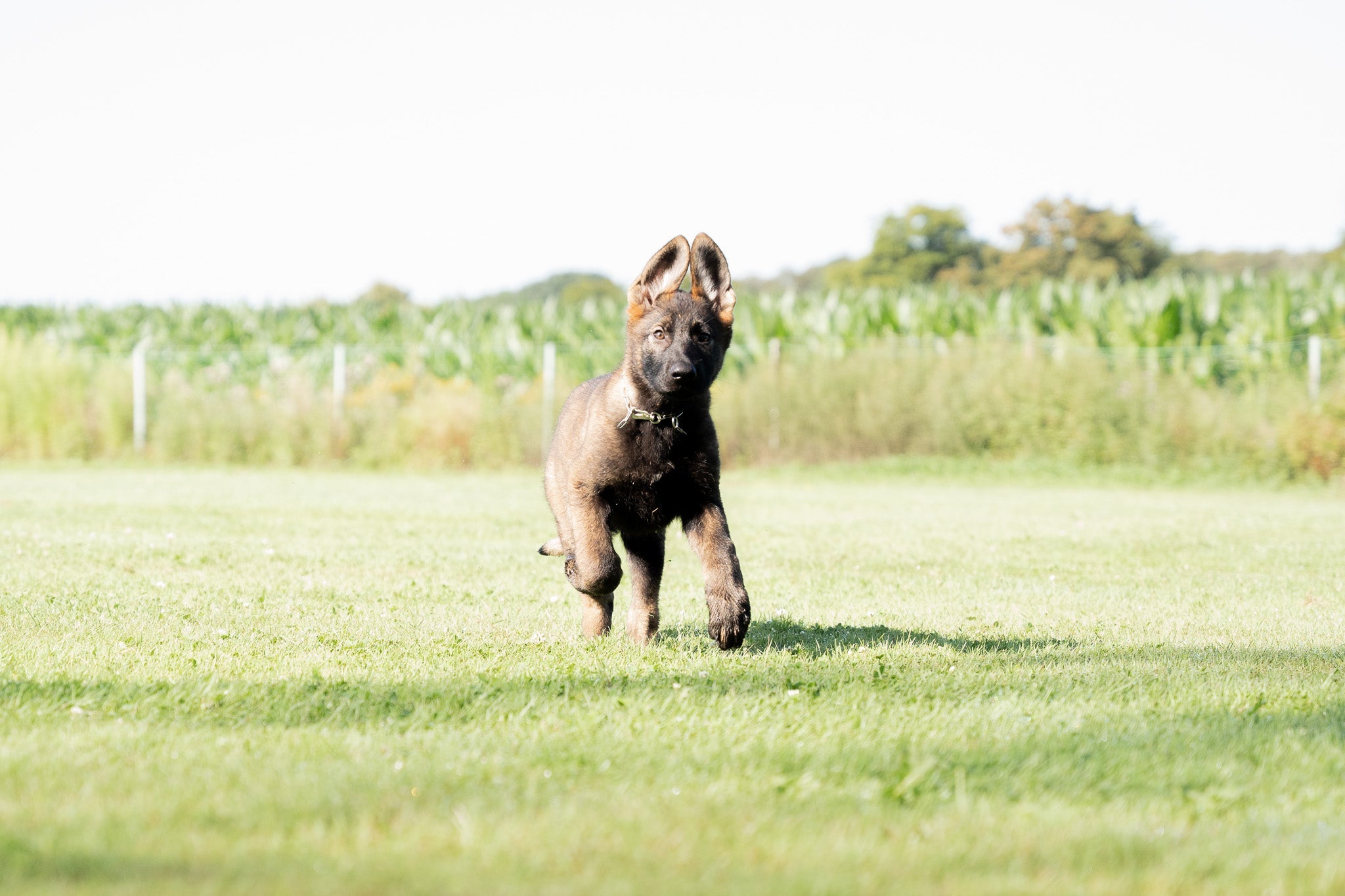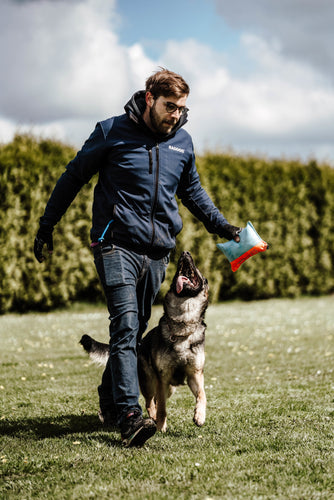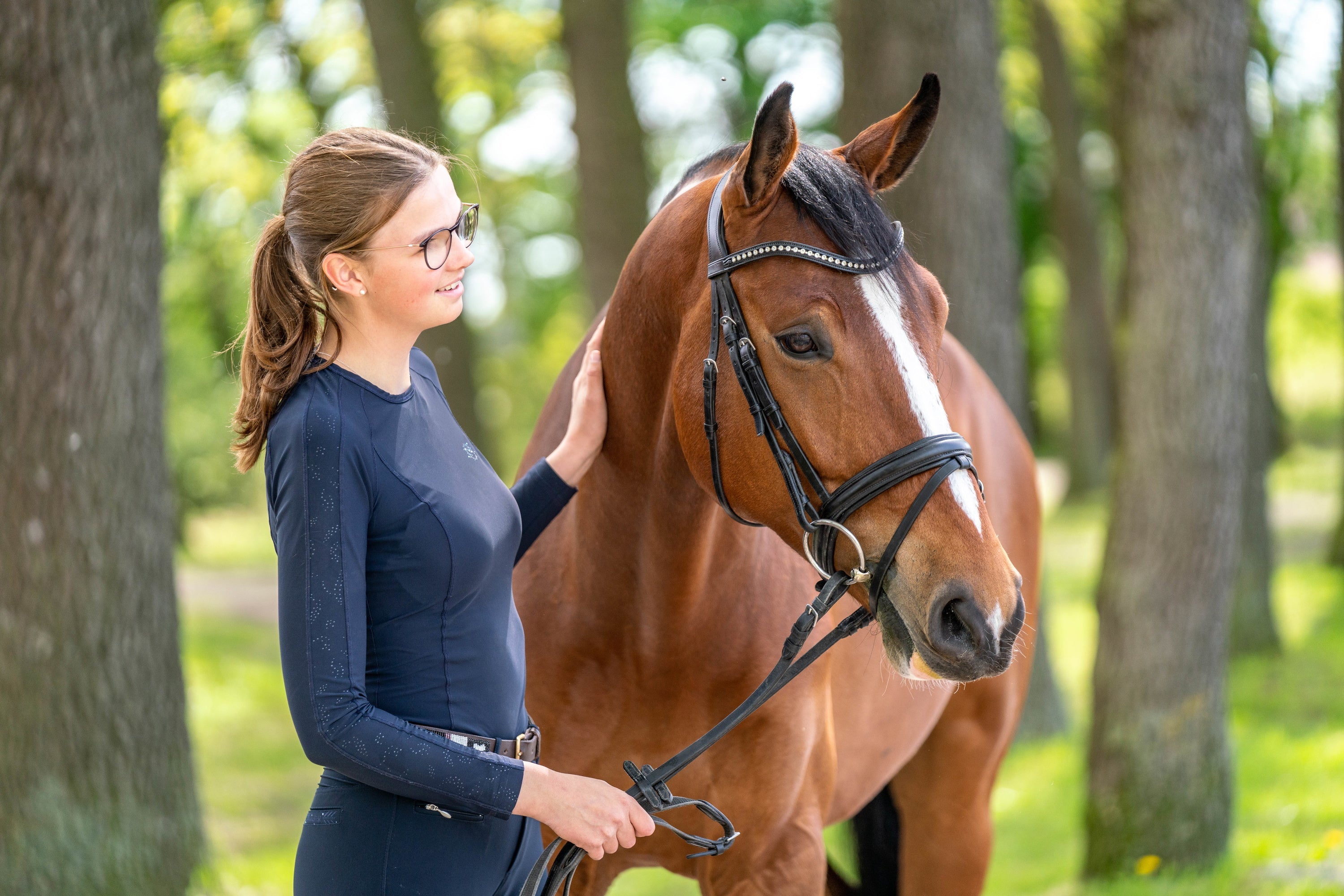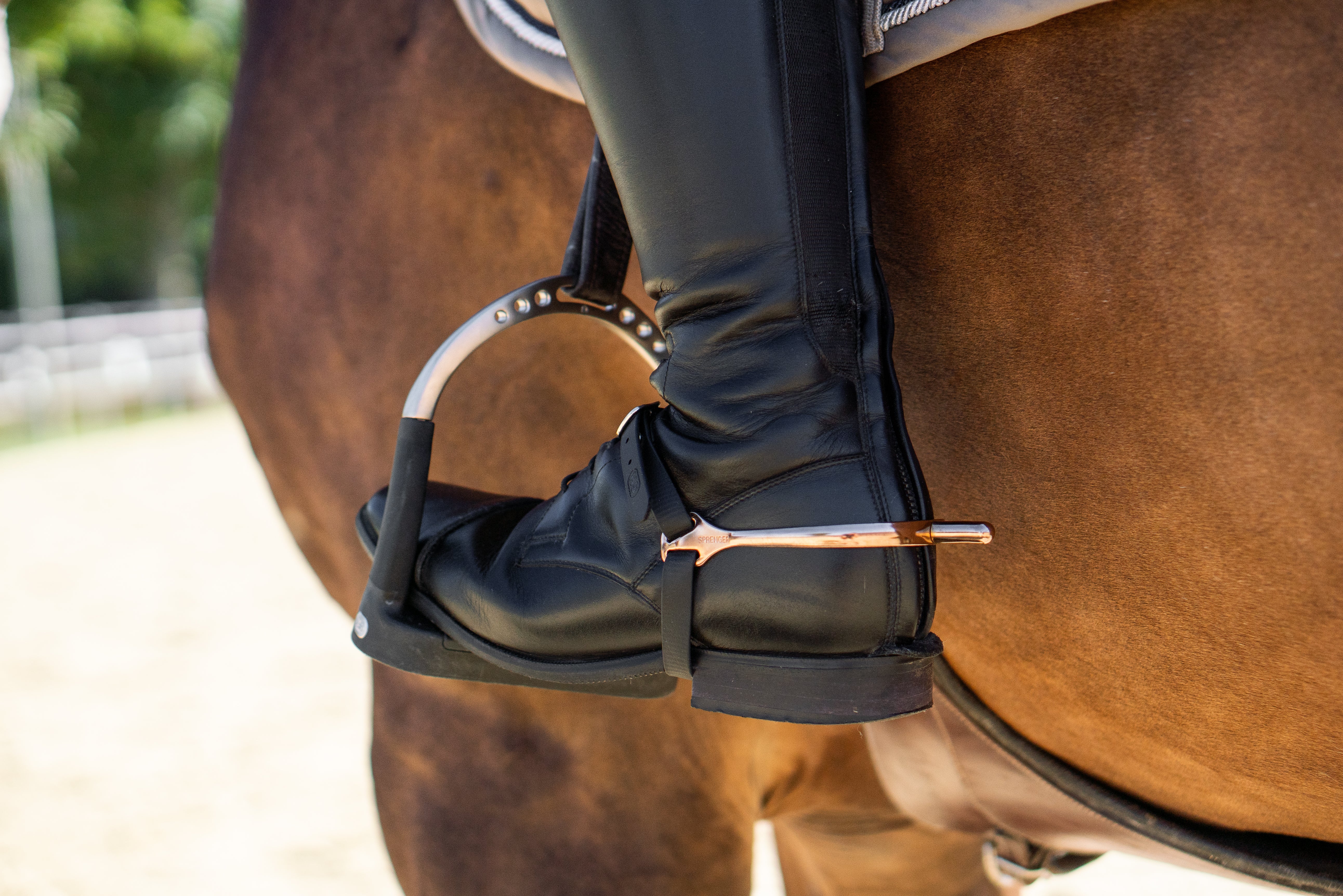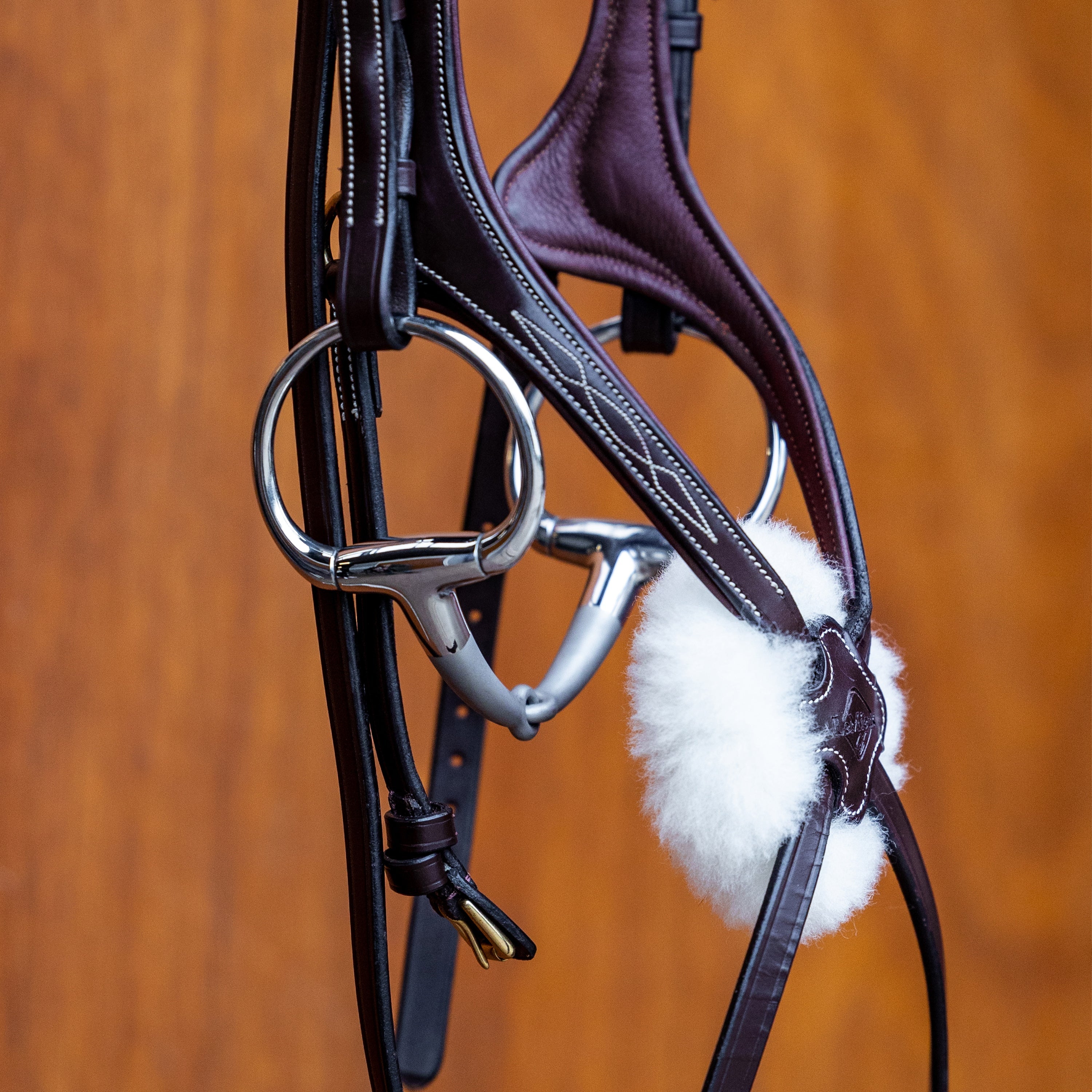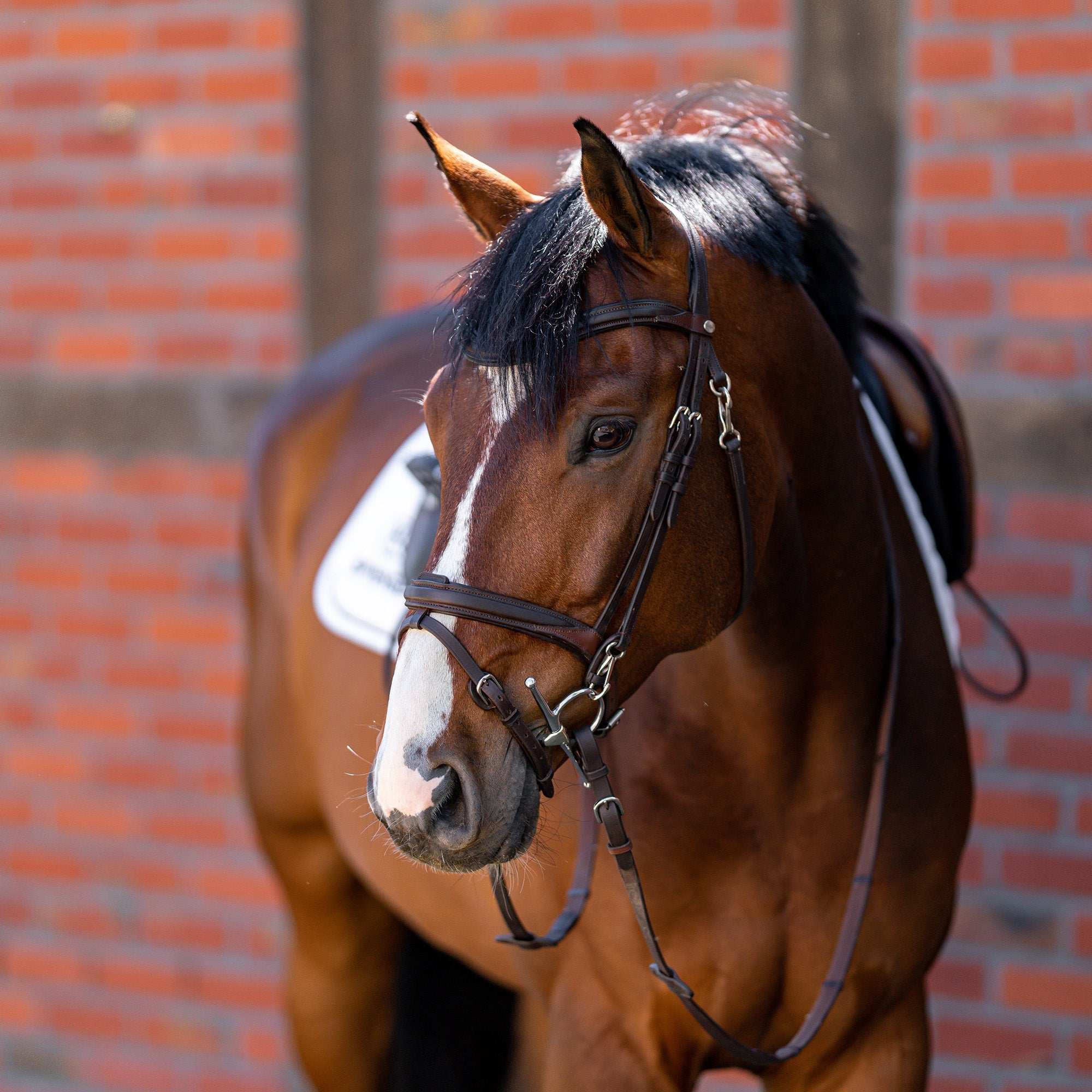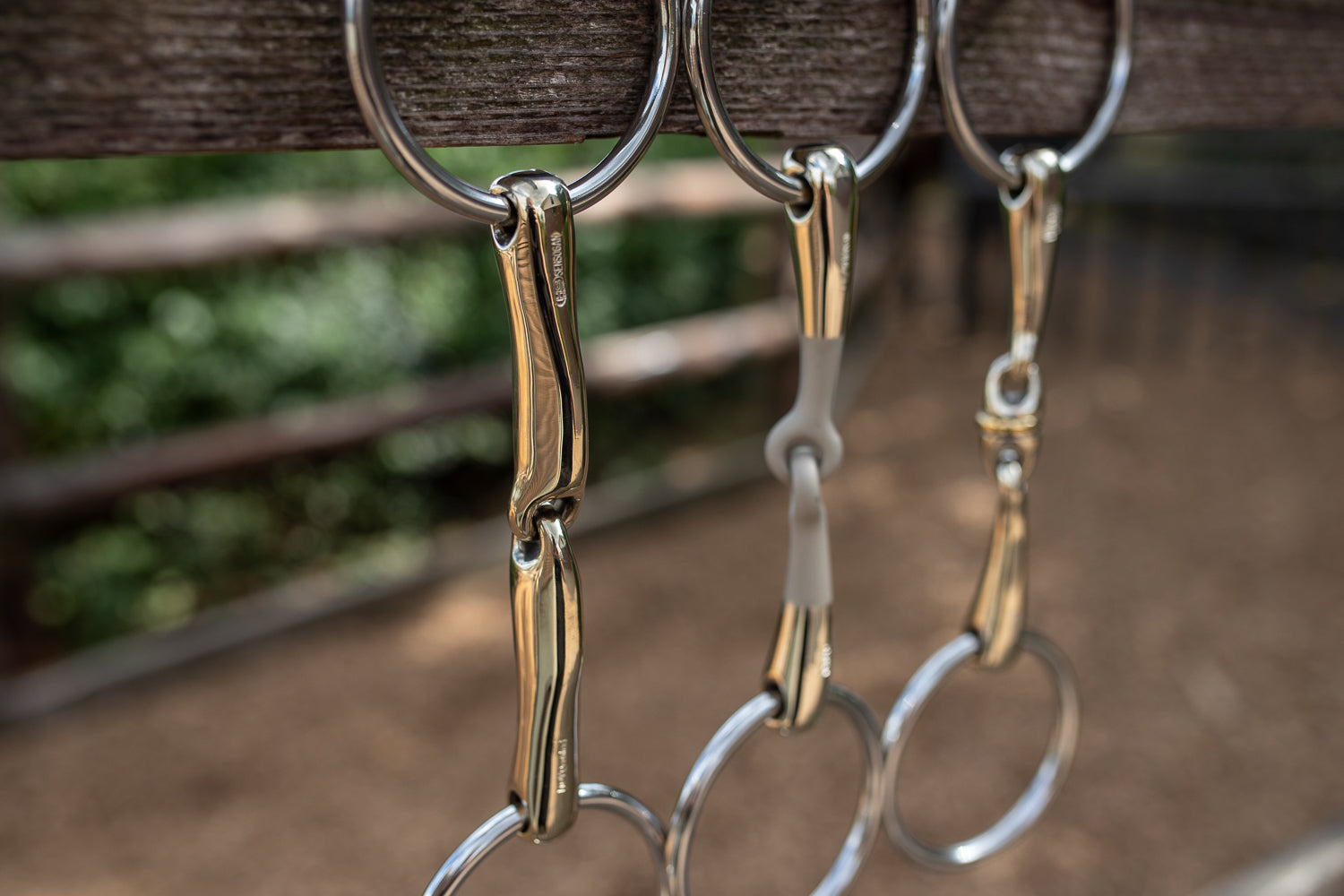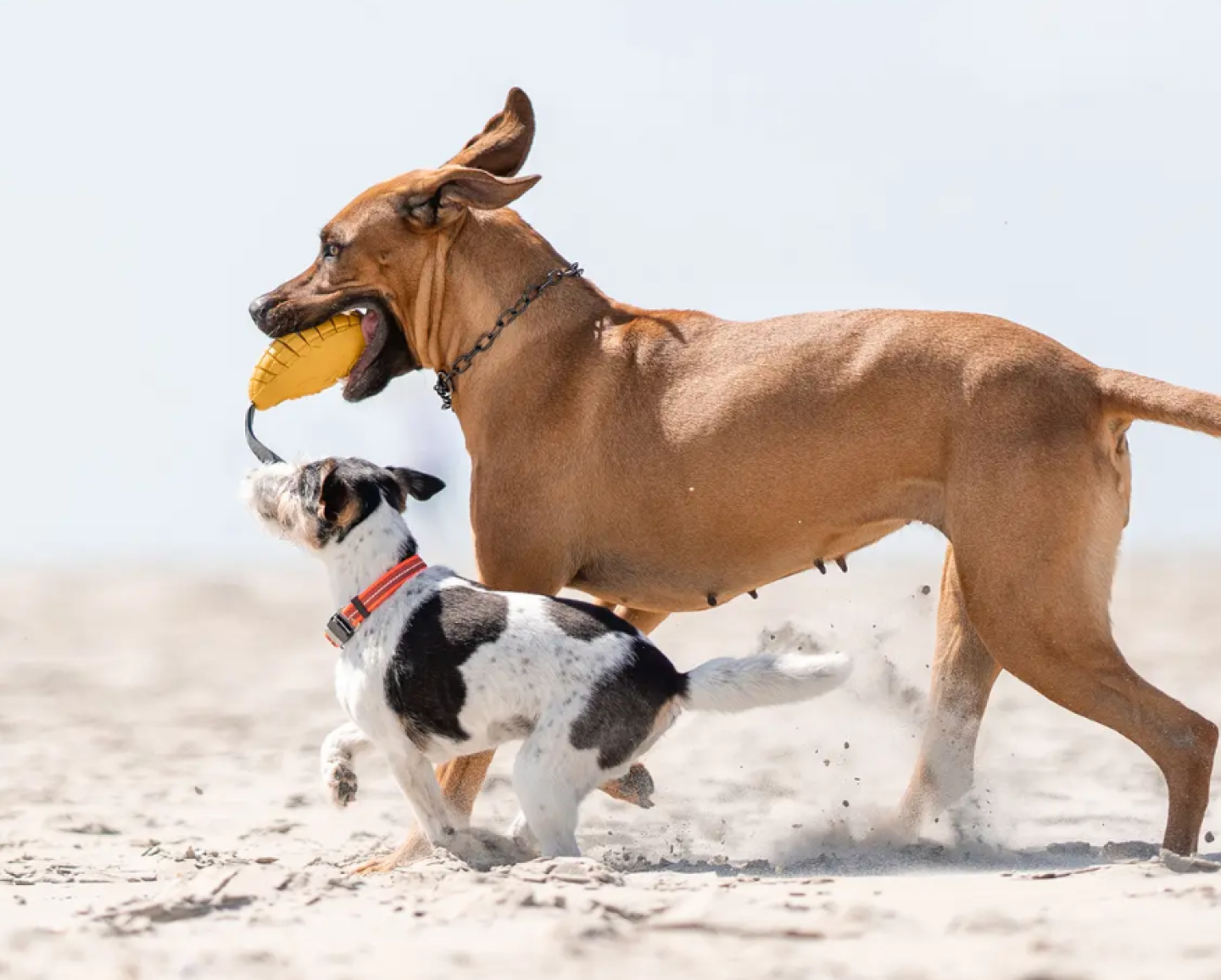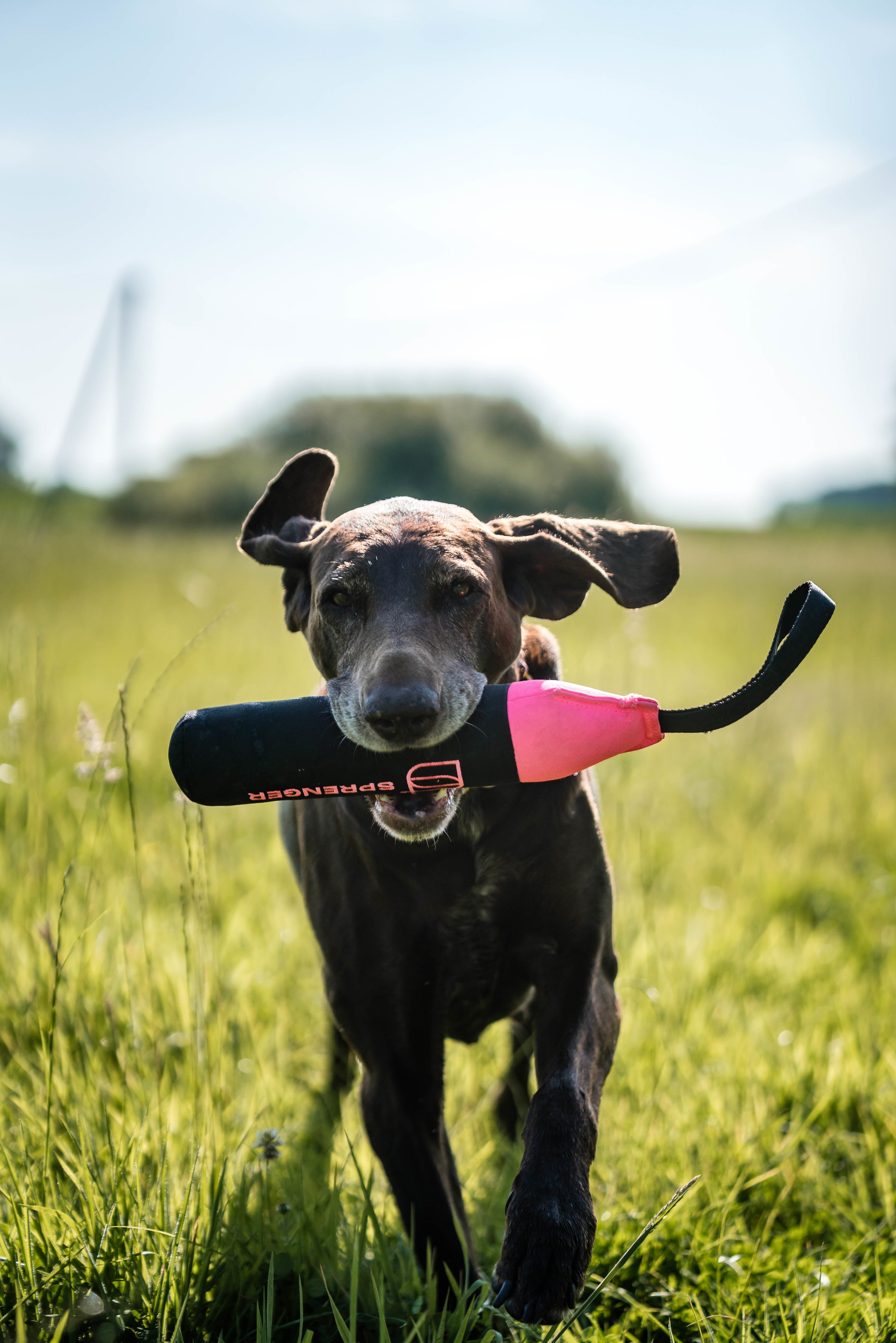
Dummy training originated in hunting and is based on retrieving game that has been shot. Today, however, many owners of companion and family dogs also make use of this type of dog sport and dog activity.
In this blog post, we'll tell you everything you need to know about dog dummy training and how you can get started with your dog!
What are the benefits of dummy training?
Dummy training is a great way to keep your dog busy and work on dog training and the dog-human relationship at the same time.
Basically, dummy training builds on the dog's instincts: play instinct, hunting instinct, the desire to chase after, track down and bring back things. This dog sport is therefore a separate facet of retrieving with dogs.
Dummy training is a good idea for a variety of dogs. Insecure dogs can develop more self-confidence in their abilities and trust in their humans, while dogs with a strong hunting instinct can live it out in this way and at the same time learn to respond to commands - so you can work on controlling your dog's hunting instinct. For dogs without obvious behavioral issues, dummy training can be a great and fun mental and physical exercise.
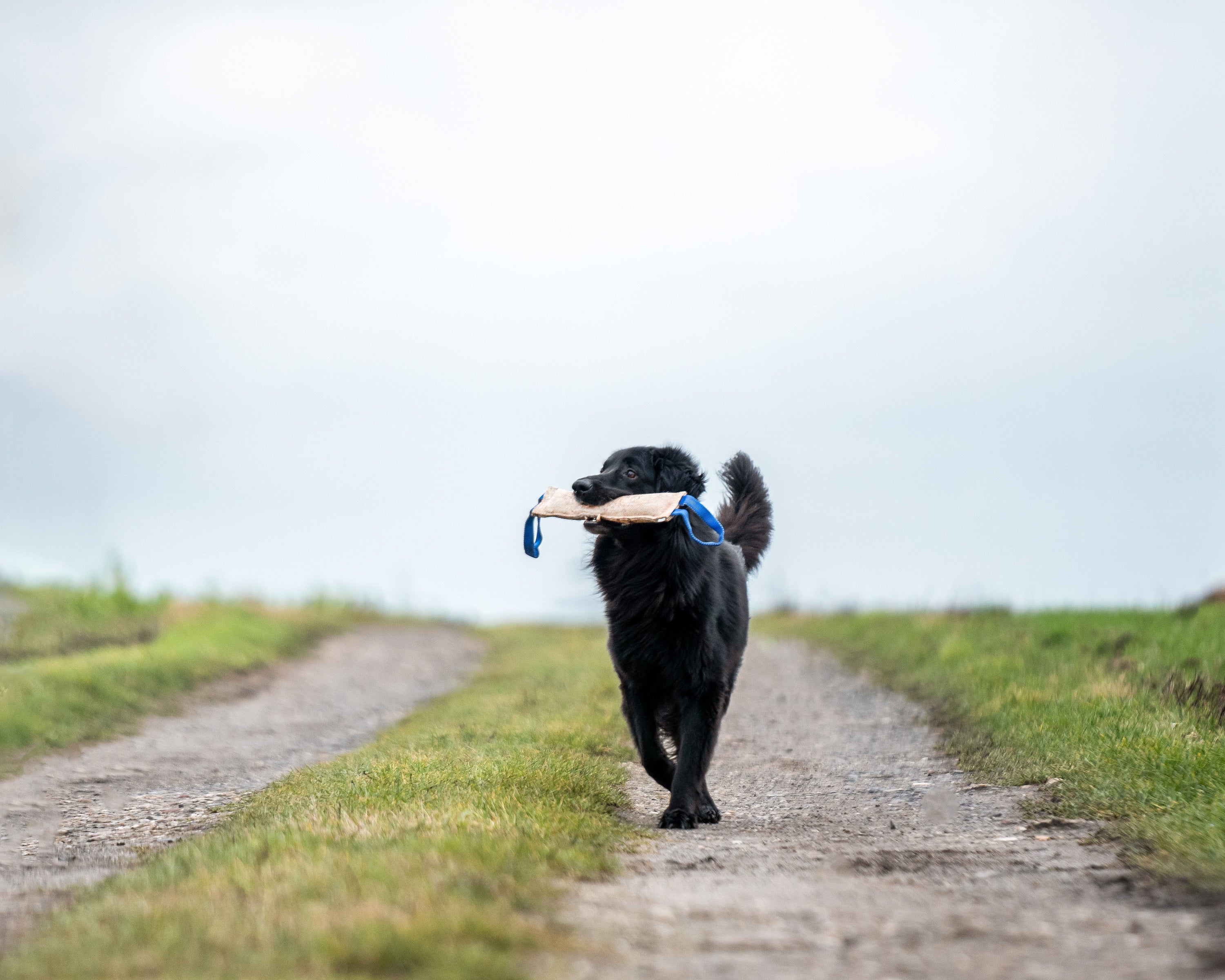
What is a dummy for dogs?
A dummy for dogs is a special type of dog toy that is used as a retrieving object in dog sports or dog training.
There are generally two different types of dummy:
An elongated, sausage-shaped dummy with filling. This type of dummy is available in many different versions. They can have fillings of different hardness, be covered with different materials and differ in design, such as the number of hand loops for easier throwing.
Or the so-called food dummy: This is an elongated bag with a zipper and often an additional Velcro fastener that can be filled with food. Here too, there are different versions with and without a hand loop for throwing.
There are also other more specialized dummies, such as dummies that are modelled after real game and are used specifically for hunting training or dummies that can float for retrieving work/playing fetch in or near water.
Caution: A dummy is not a tug toy, even if the temptation is great, especially with models with two hand straps. Dummies should be searched for and retrieved by the dog.
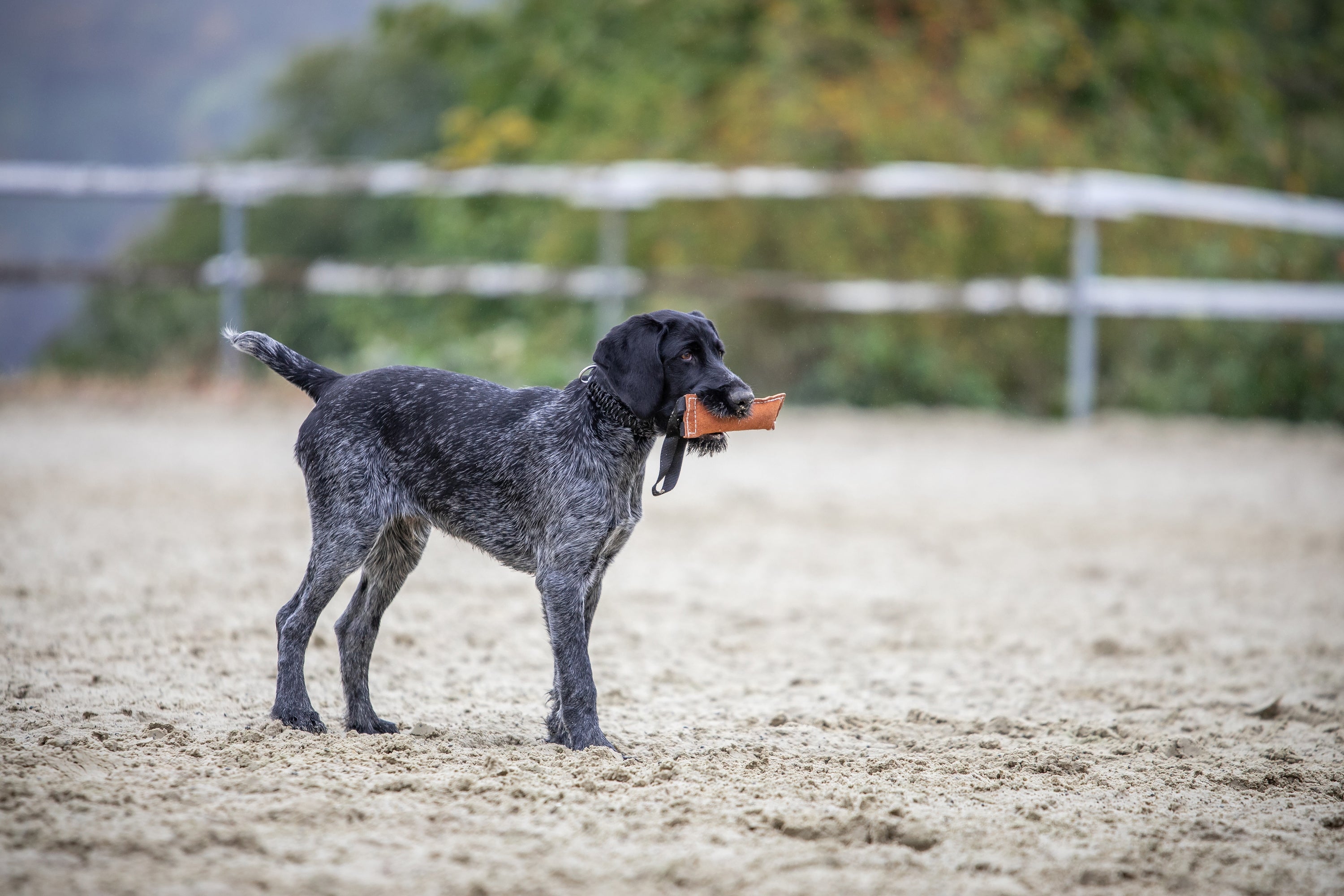
Which dummy for which dog?
To choose the right dummy for your dog, you should think carefully about what you want to do with the dummy and where it will be used. We'll tell you what you should look out for when choosing the right dummy for your dog:
1. Size and weight of the dummy
The most important factors when choosing a dummy are the size and weight of the dummy.
Both should be chosen so that your dog can pick up the dummy comfortably and safely and bring it to you. Small dummies such as our Bite Tug - Cotton, XS should therefore be used, especially for puppies and small dogs. However, such a small dummy can also be useful as an object to indicate for larger dogs and present a challenge, as it is particularly easy to hide.
2. Material of the dummy
You don't mind doing dummy training with your dog in the rain or muddy fall and winter? Then you should definitely choose a dummy made of the right material. While dummies made of jute or cotton soak up water more easily, dummies made of materials such as fire hose or polyester-nylon blends can withstand any bad weather.
Leather dummies are also resistant, but it is important to handle and care for them correctly so that they do not become porous or hard.
3. Buoyancy of the dummy
Do you want your dog to be able to cool off during training, especially in summer? Then make sure that you buy a dummy that is a water dummy or a floatable dummy. Not only is the filling of these dummies buoyant, but the outer material has also been selected to be robust enough to withstand the additional stress of water and moisture.
The color is also relevant here: Floatable dummies such as our Dog Toy Dummy are easy to see in the water thanks to their bright pink color, while dummies such as our Dog Toy Soft Bite Tug M in green-yellow can be more of a challenge, especially in muddy lakes and rivers.
4. Color of the dummy
As already mentioned, the color of a dummy can also be a deciding factor. While colorful dummies are easier for you and your dog to see, dummies that are deliberately chosen in earth tones can take your dummy work to the next level and encourage your dog to use his nose more.
Once you and your dog have tasted blood and enjoyed dummy training, sooner or later many different dummies will move in anyway, so that the training always remains interesting through variety in the type and number of dummies.
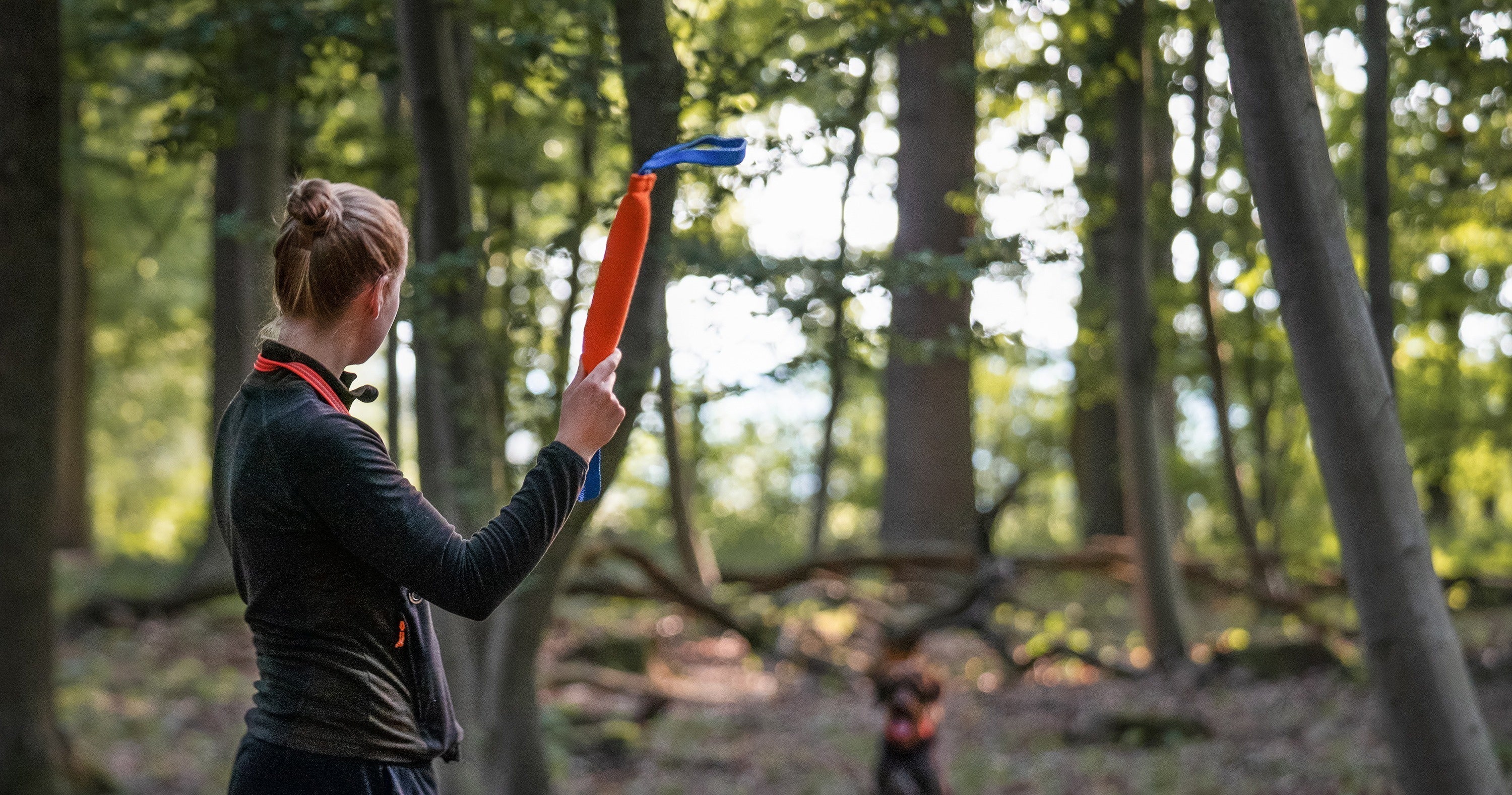
Dummy training step by step
If your dog is generally interested in toys and already brings back other toys, you can actually start dummy training as soon as your new dummy arrives. If you want to build up the dummy work consciously and methodically, we will tell you the most important steps here:
Basically, you build up the dummy work in three steps: Marking, searching, training.
1. Marking
Marking is the process of focusing your dog's attention on the dummy.
For controlled retrieving work, it is important to build up this exercise in a controlled manner. So put your dog down, secure him with a drag line if necessary, arouse his interest in the dummy and then throw it into the search area in a high, clearly visible arc when he looks. Then let him run off on a command of your choice, search for the dummy and bring it back.
2. Search
If the search area is particularly obscure (in this case, be sure to check it beforehand for any risk of injury!), your dog may not be able to follow and find the dummy directly, but may have to search deliberately. Many dogs particularly enjoy this searching and rummaging and you can encourage this by using better camouflaged dummies. Additional support and motivation of the dog with search commands and encouragement can be useful here and promote your teamwork and bond.
3. Directing
If your dog has problems finding the dummy despite a motivated search, it can be useful to actively support the dog with cues and direct him to the target. Using hand signals or other directional signals, you can gradually guide your dog onto the right track and thus ensure that you have a shared sense of achievement.
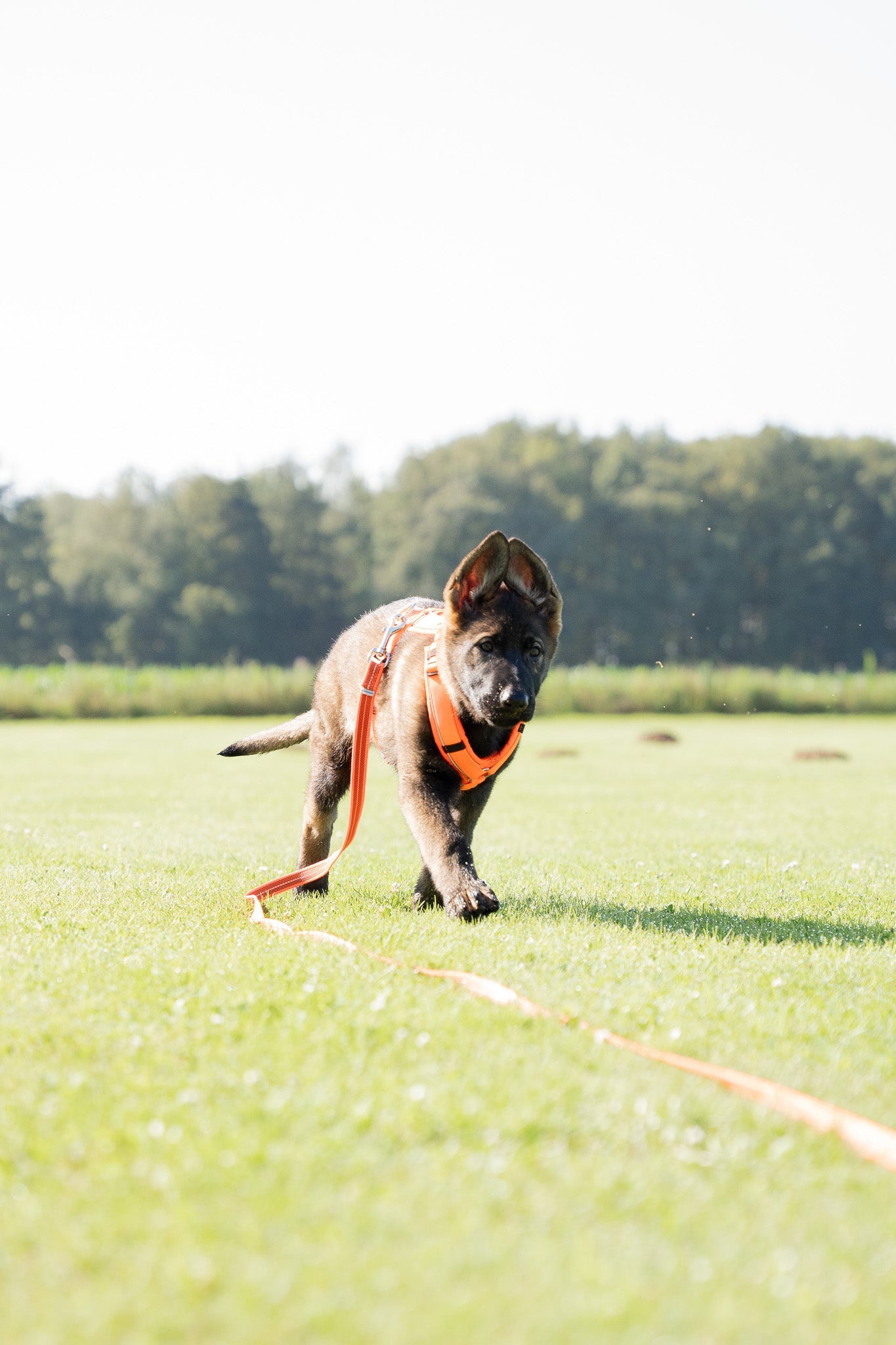
How does the dog bring the dummy back?
Many dogs like to bring objects back. If your dog already offers the desired behavior voluntarily, it makes sense to reward and reinforce this right from the start, for example with treats.
If your dog finds it difficult to bring a dummy or other toy back to you, it can be helpful to use a tracking leash. You can use this to bring your dog directly to you so that he does not drop the dummy beforehand. When he arrives with the dummy, you should reward him generously. You can then gradually reduce the influence of the drag line.
If your dog shows no intention of returning a dummy, but prefers to run off with its prey, you can try working with a food dummy. First show your dog away from dummy work that the bag is filled with treats and that he can only get them with your help. It can be helpful here to let the dog eat the reward directly from the bag to strengthen the connection.
Important: If you then let your dog retrieve the food dummy, you must make absolutely sure that he does not break it and thus gets the food and rewards himself if he runs off with the dummy and does not bring it back. You can also “secure” the food dummy with a tracking leash at the beginning to ensure that the reward is only given to you!
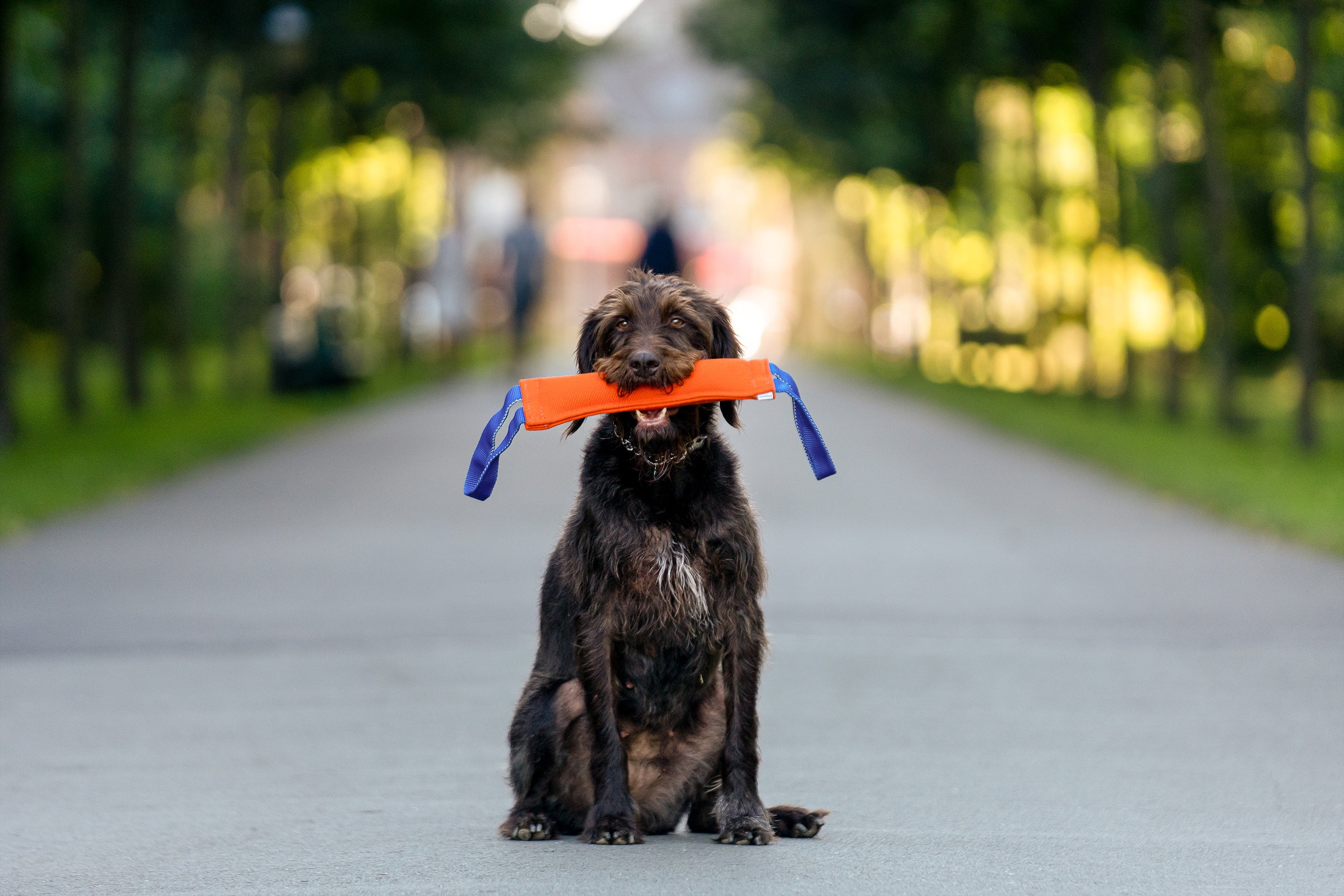
Which commands for dummy training?
If you are simply using dummy training as a fun exercise for your dog, it doesn't really matter exactly which commands you use. What is important, as with any exercise, is that you remain consistent in your commands once you have introduced them and that they are not already used for other tricks and exercises or are very similar to other commands. Popular commands for retrieving during dummy training include “Apport!”, “Bring” or “Fetch”.
Practicing directional commands such as right, left, back, stop or ahead/forward can be particularly useful as part of training. This can be done either during the dummy search or in separate, pre-training sessions.
PART OF YOUR PASSION.

